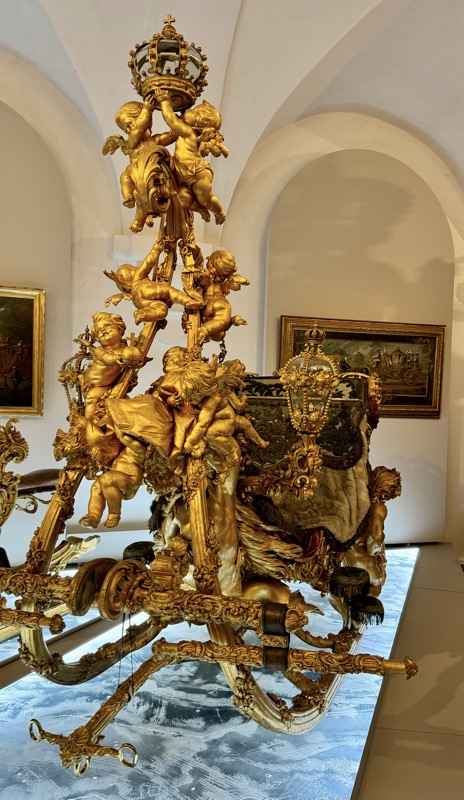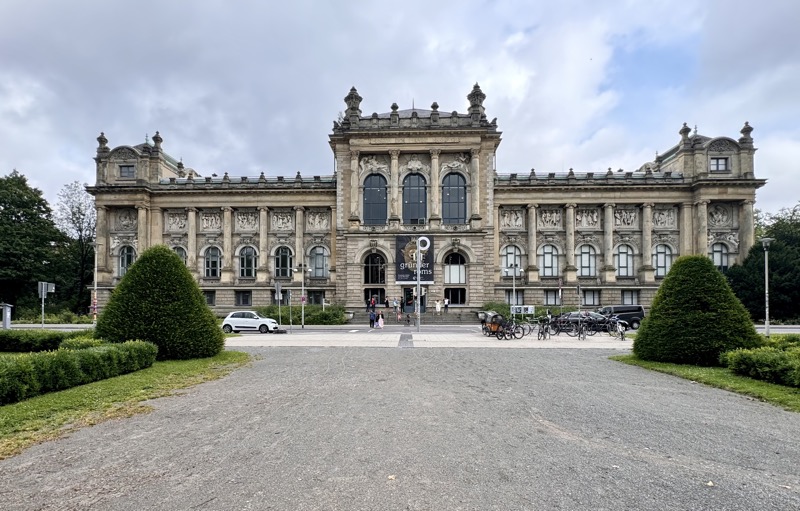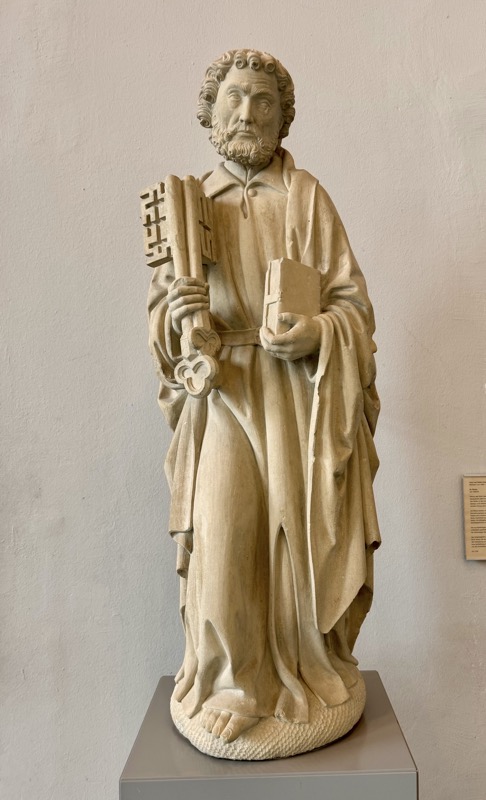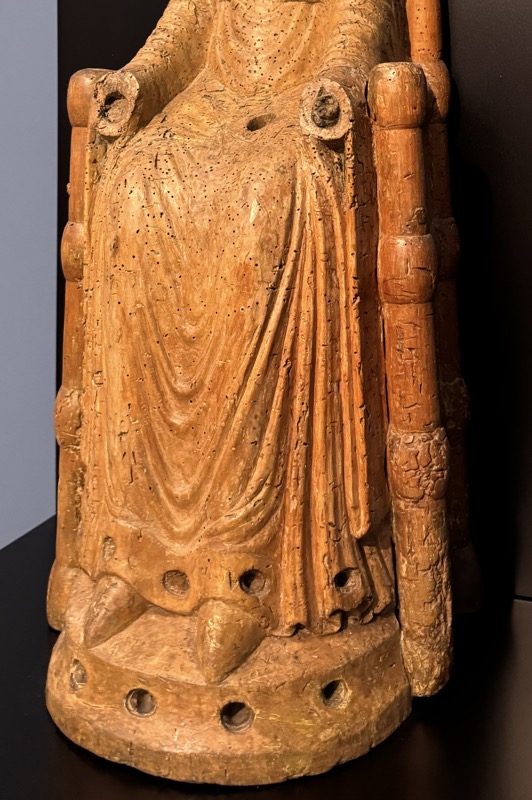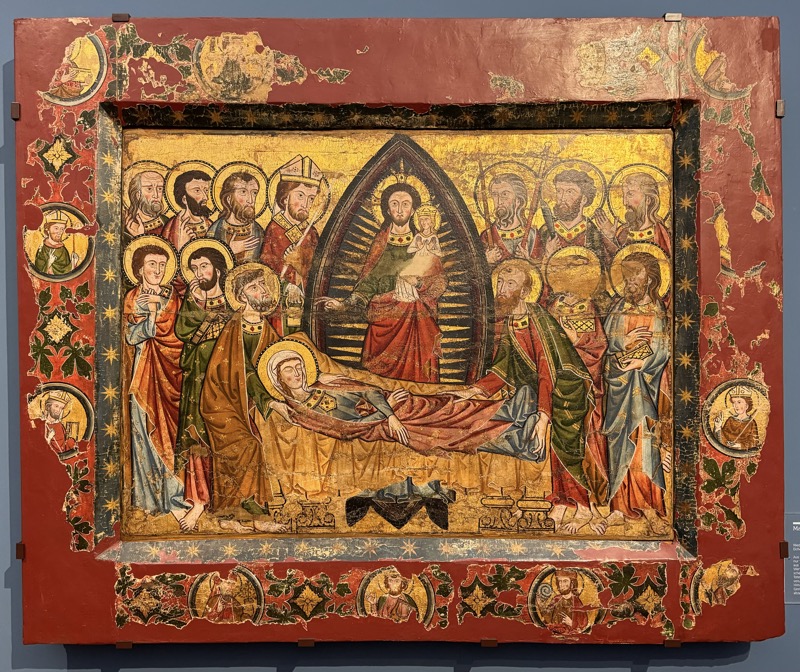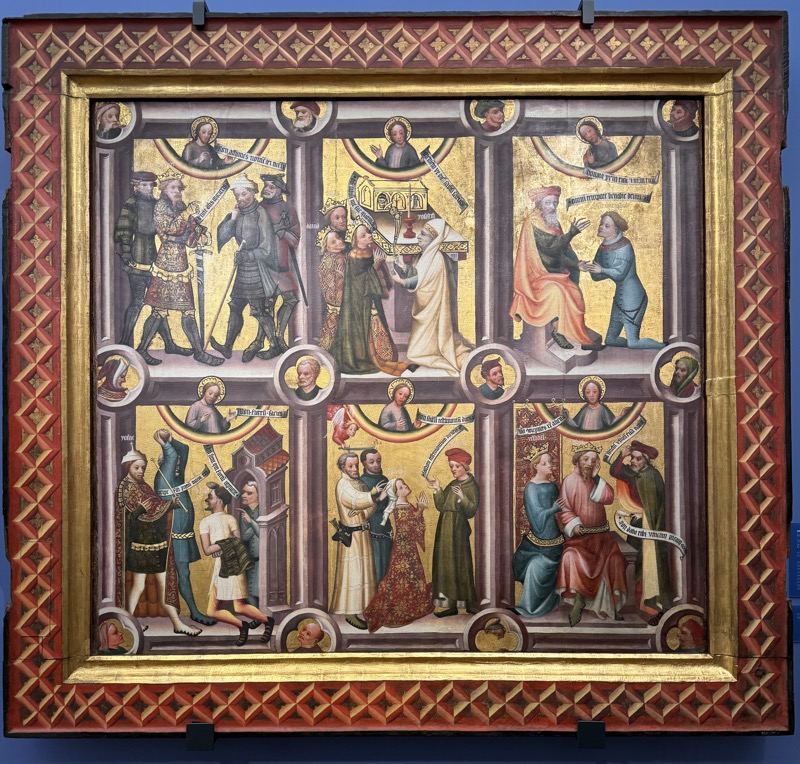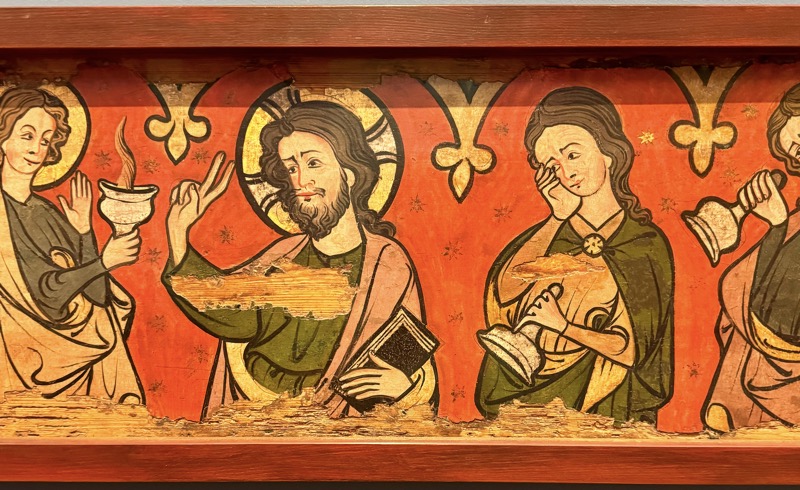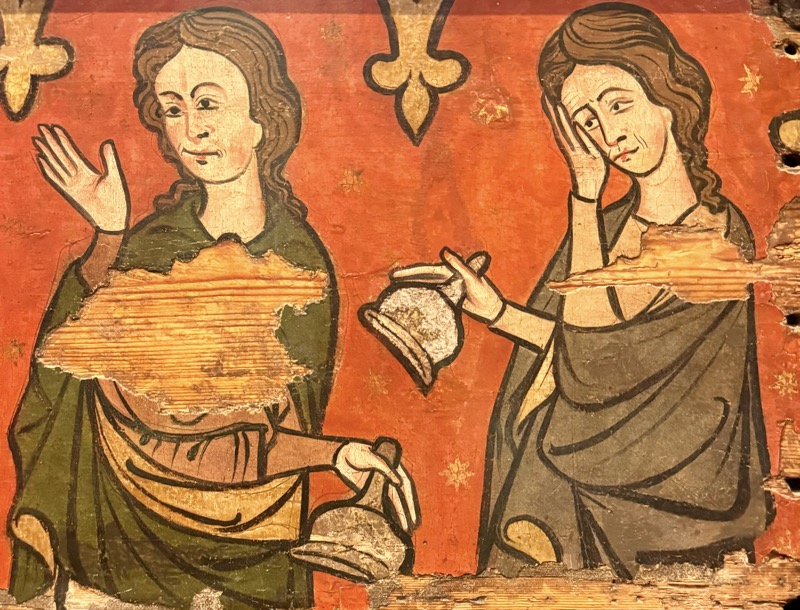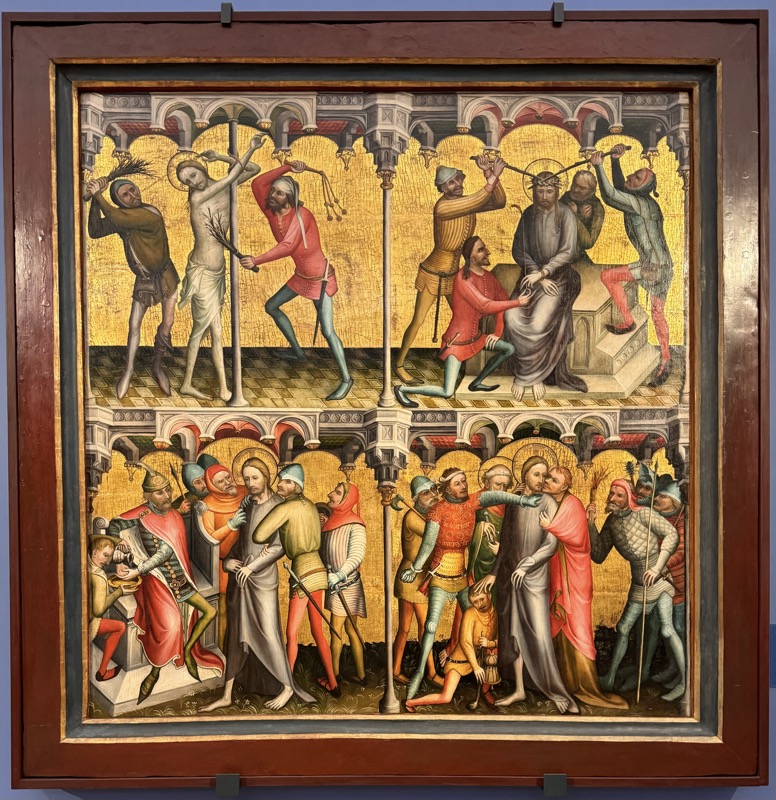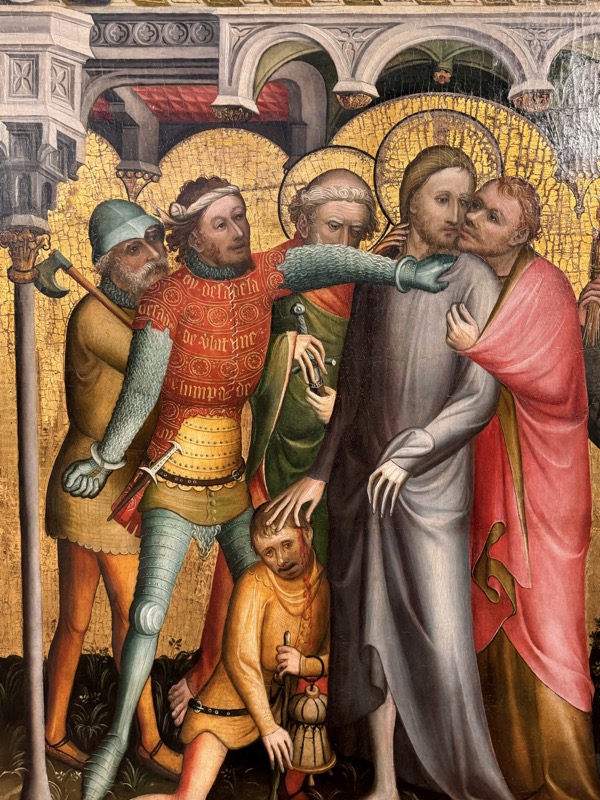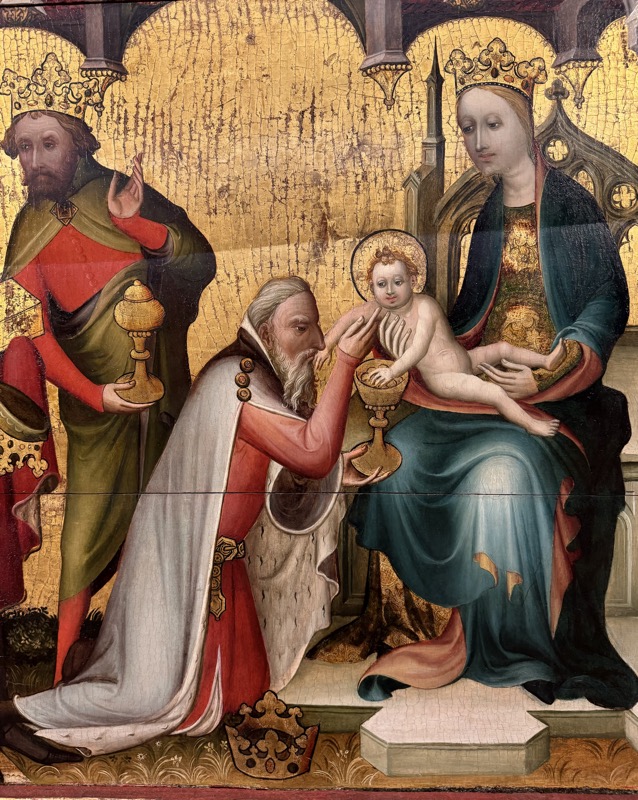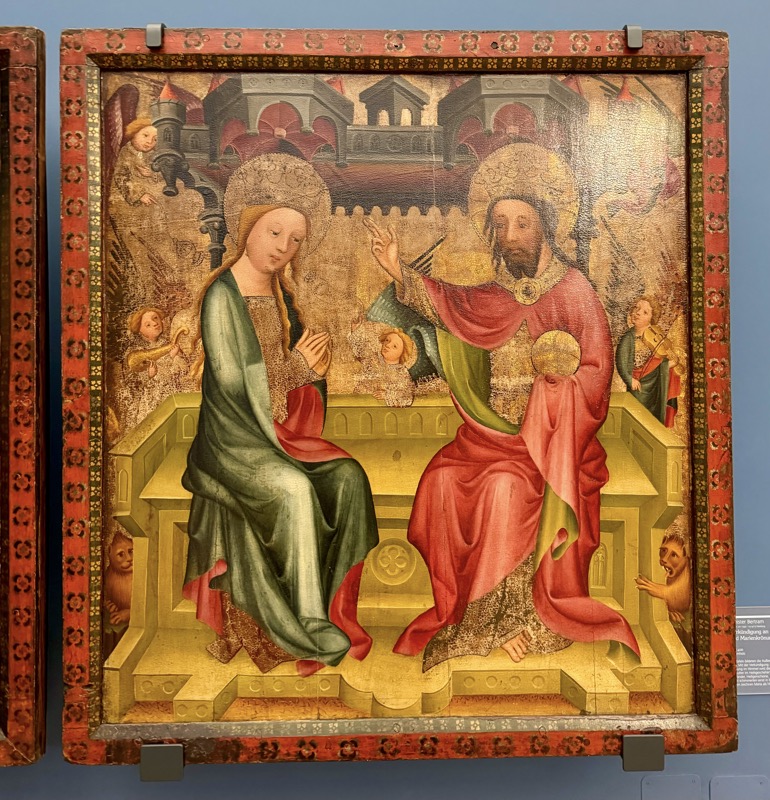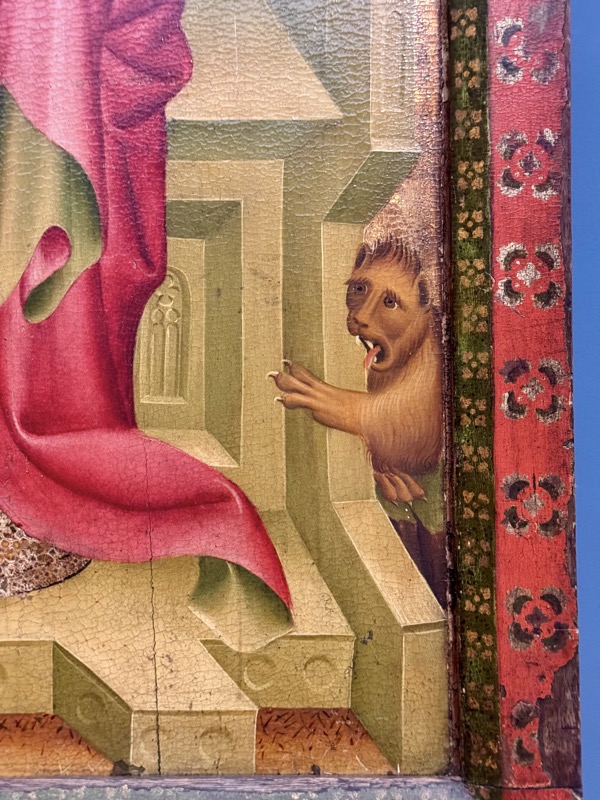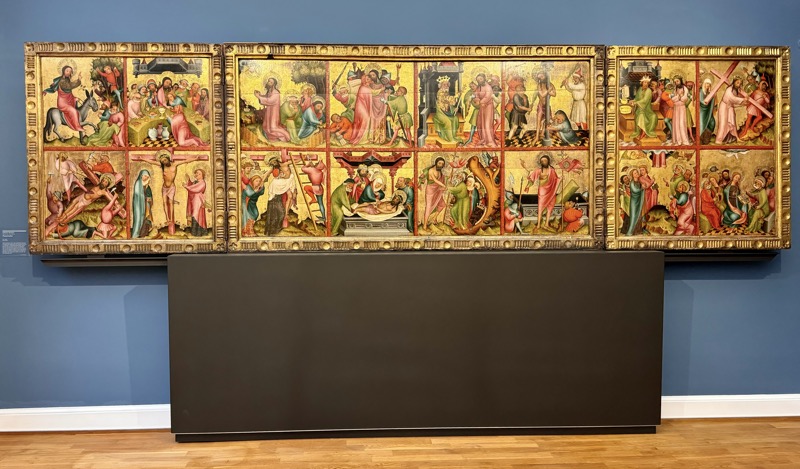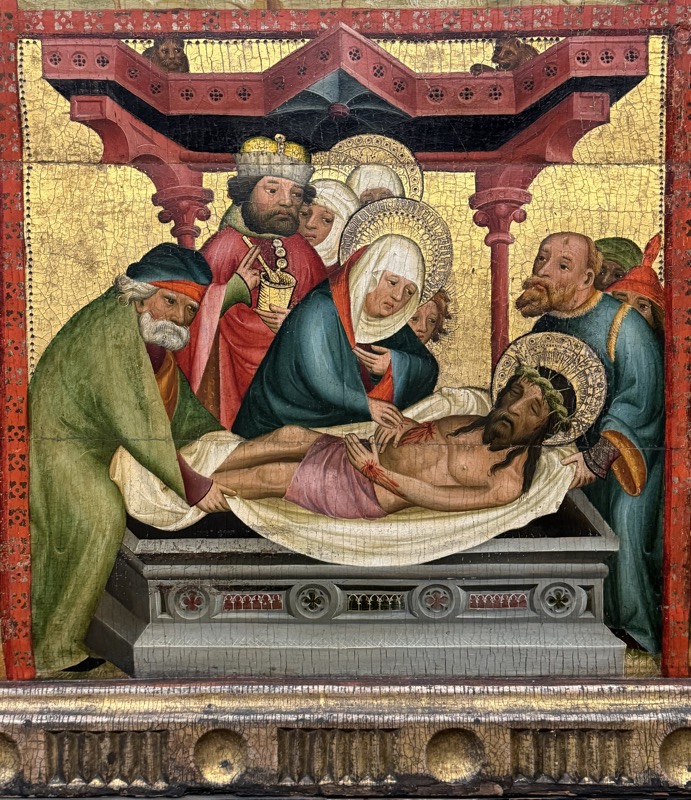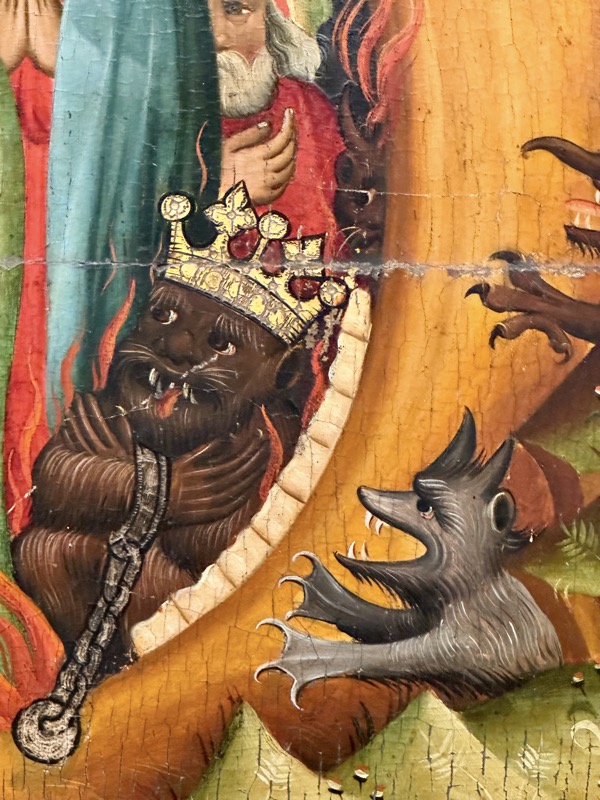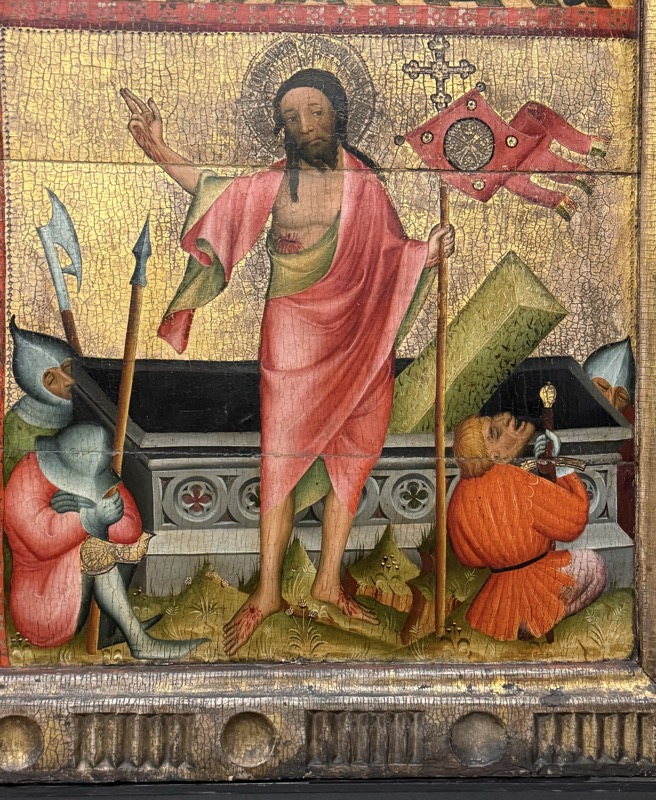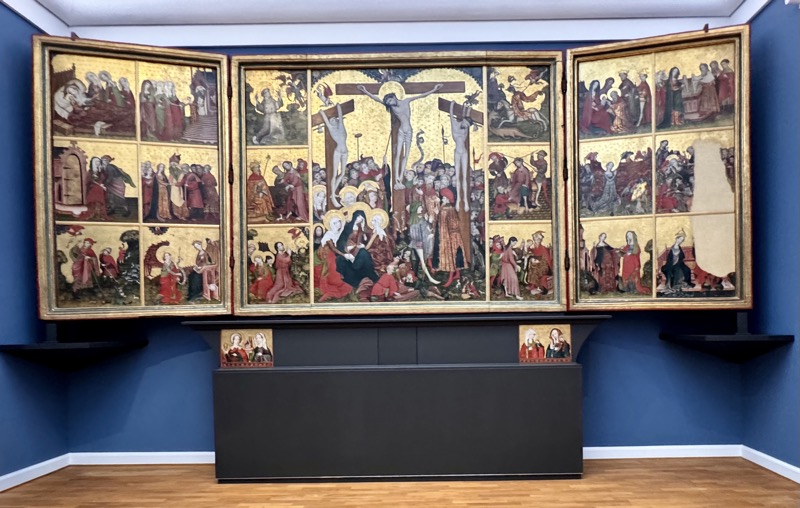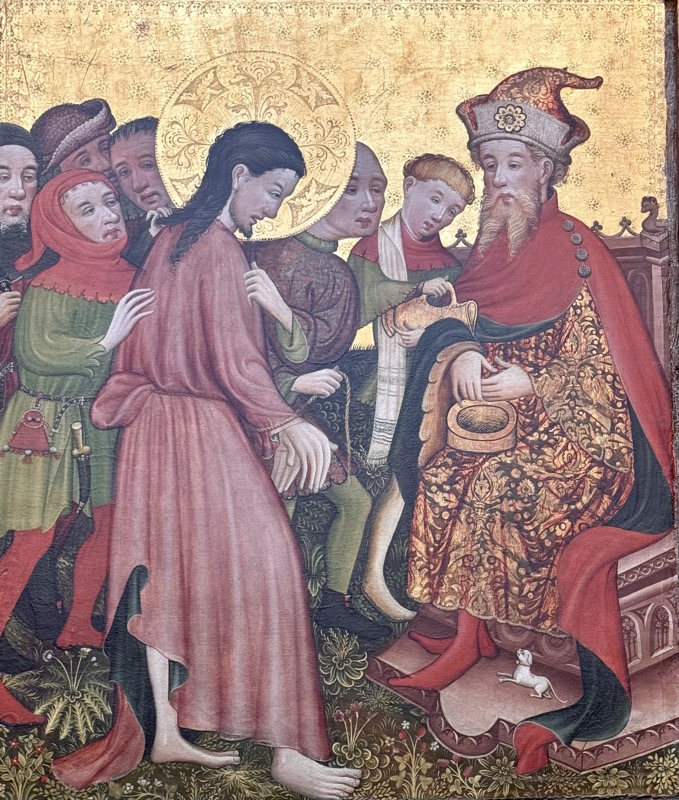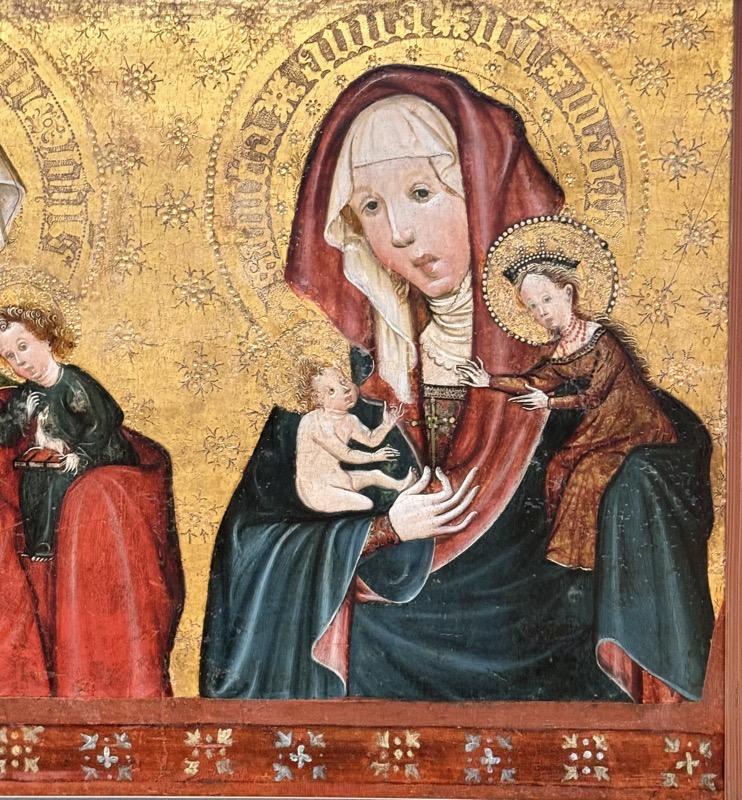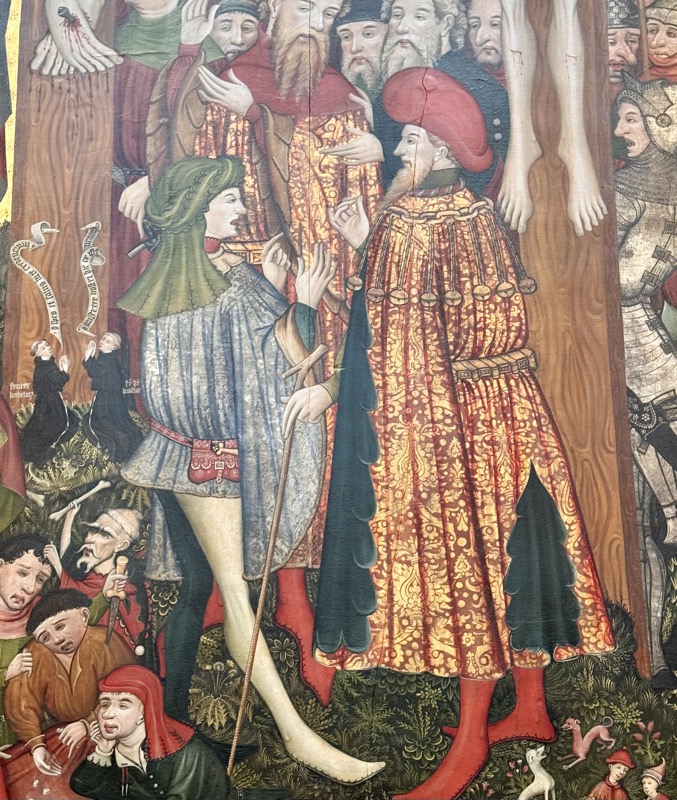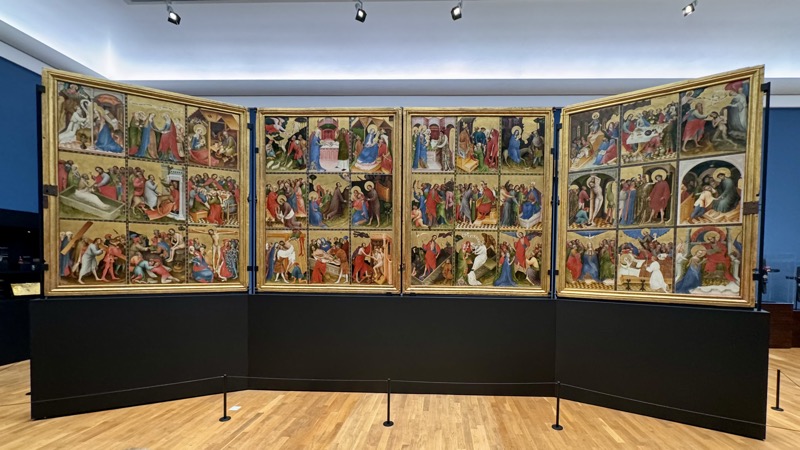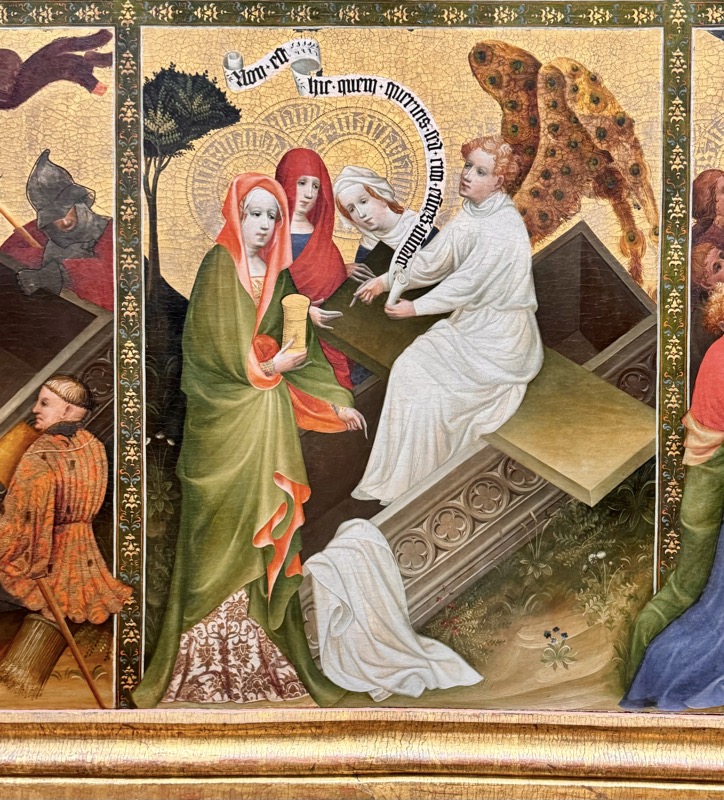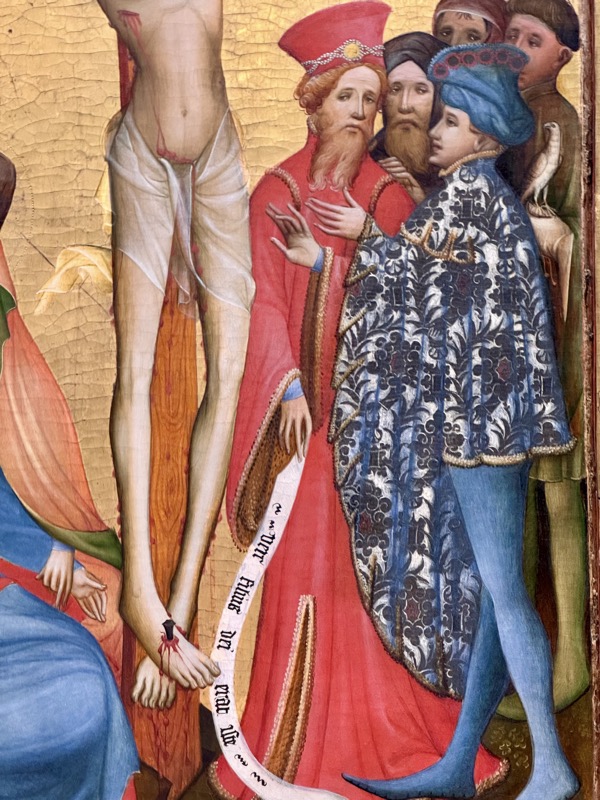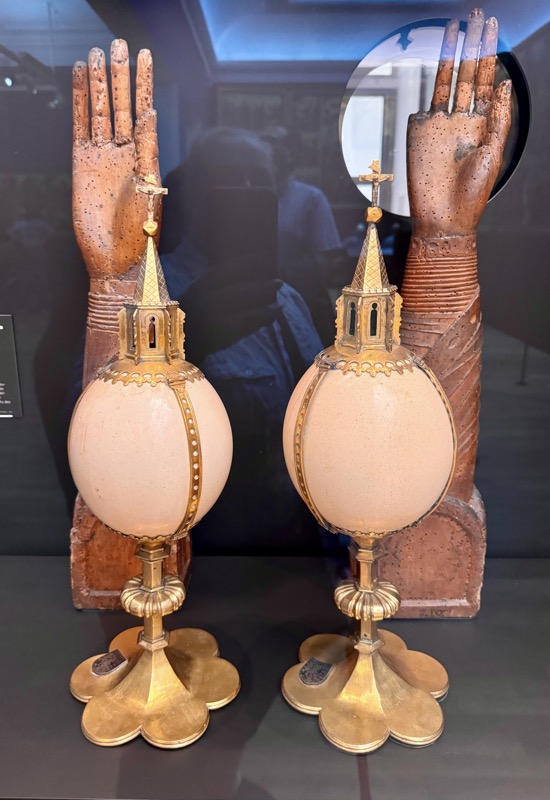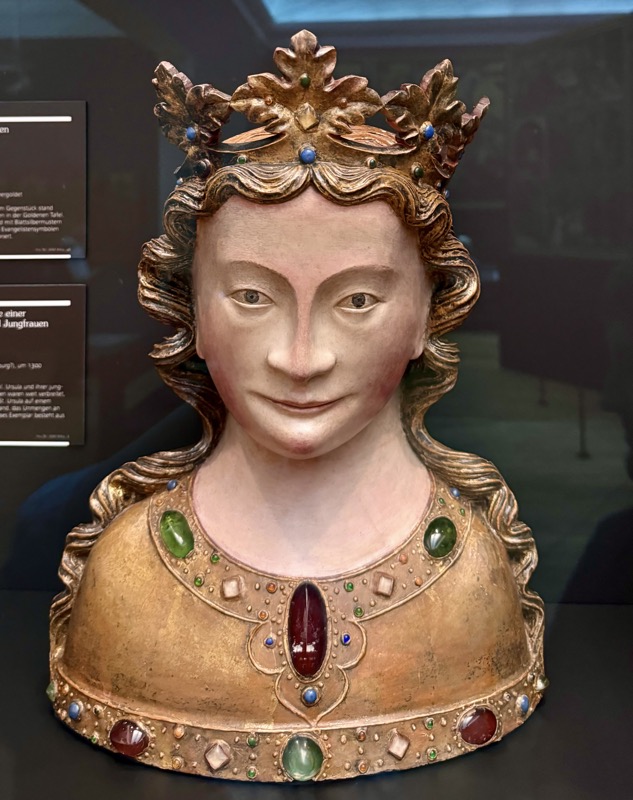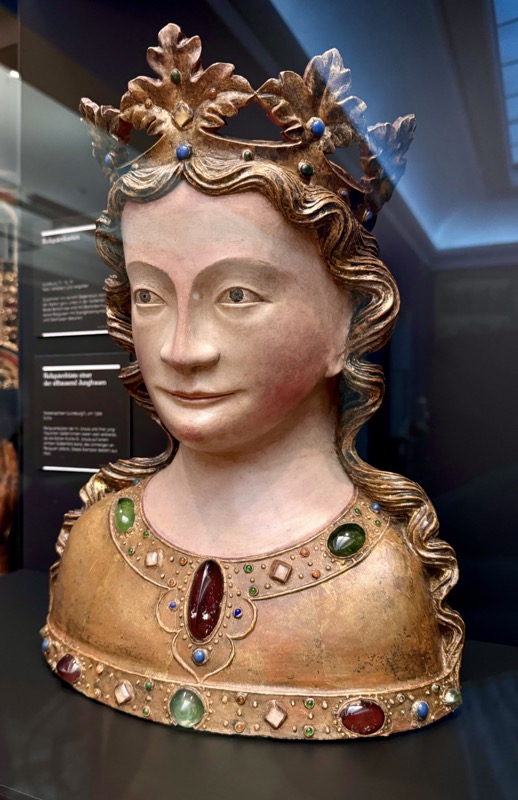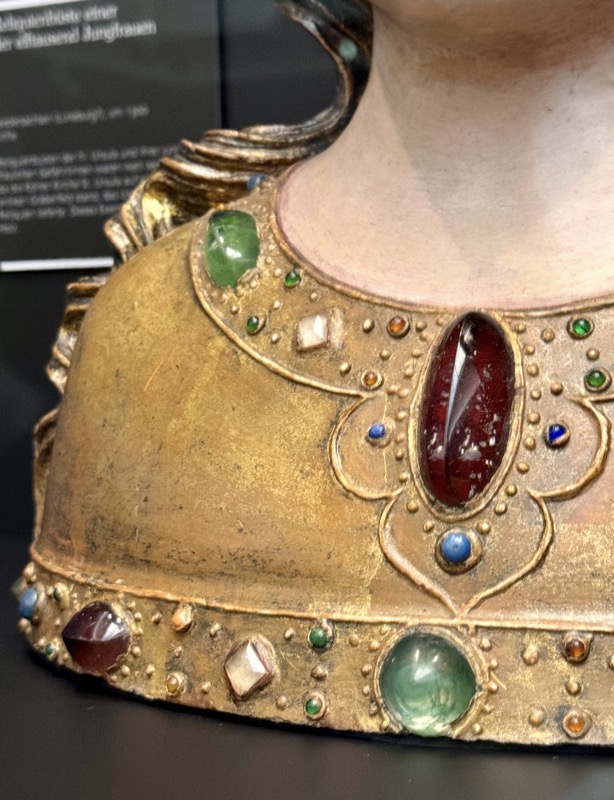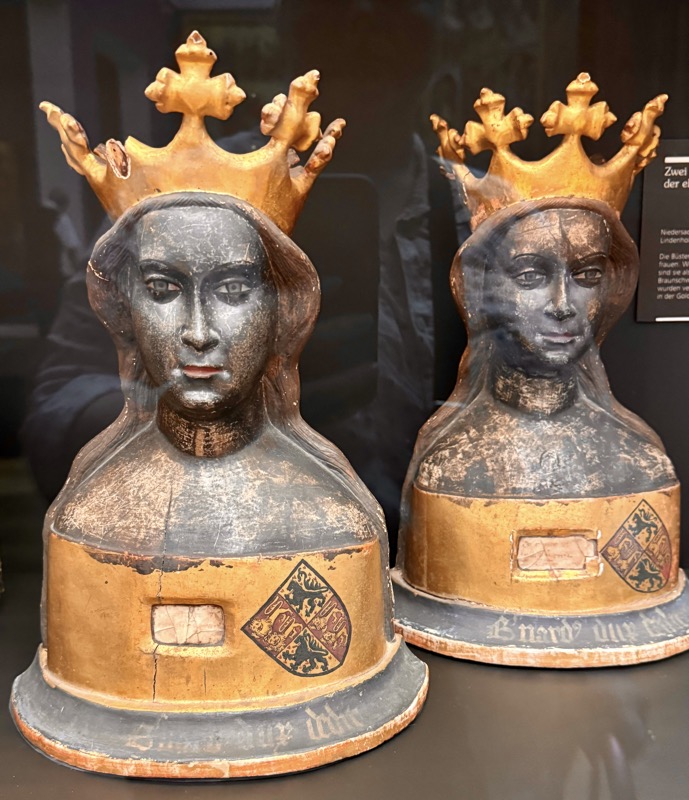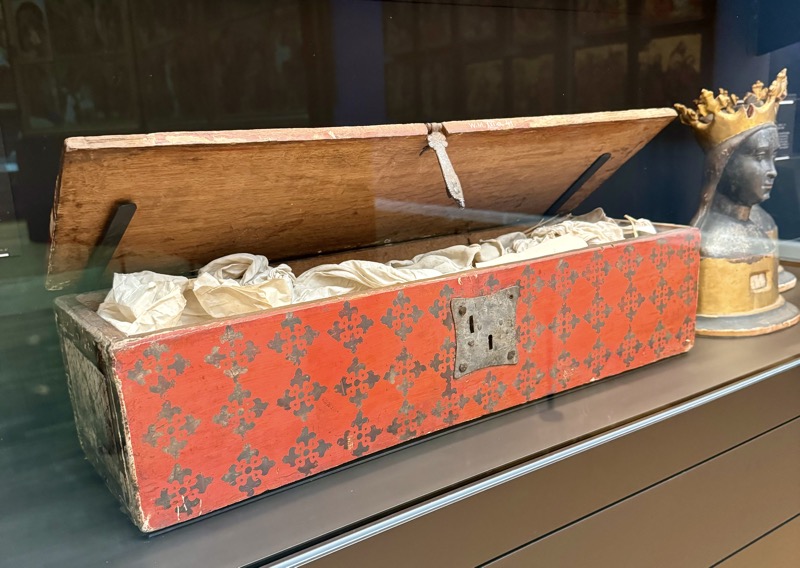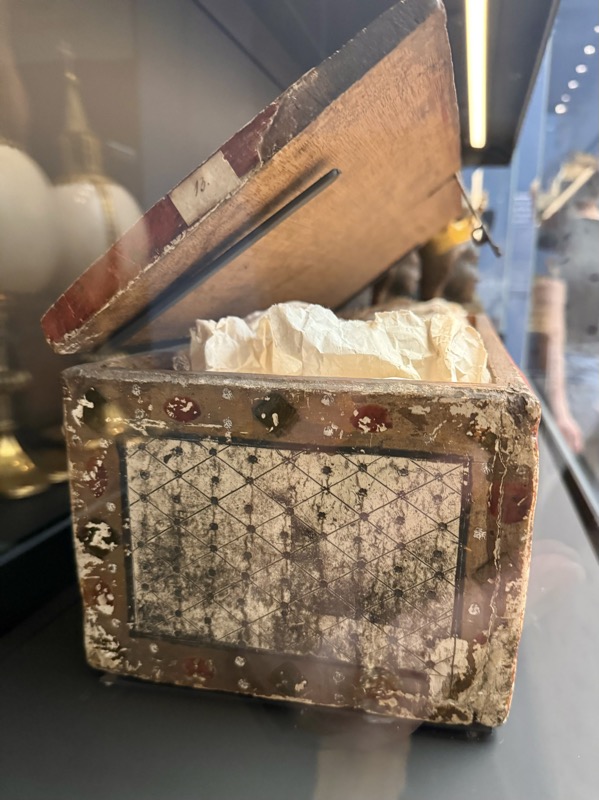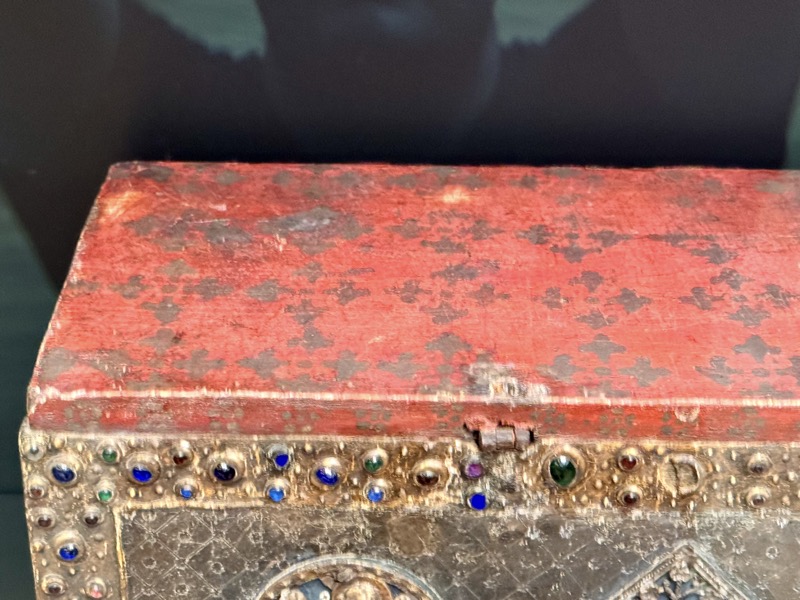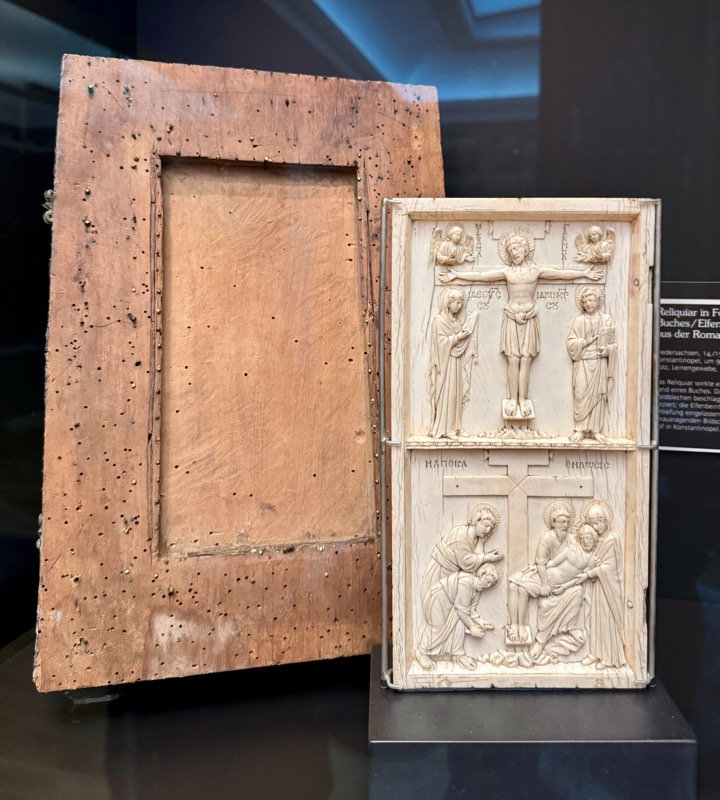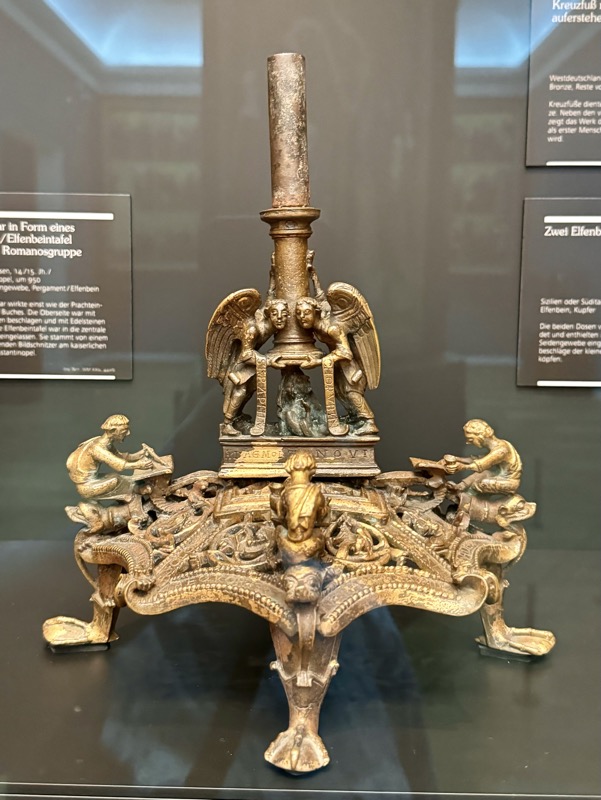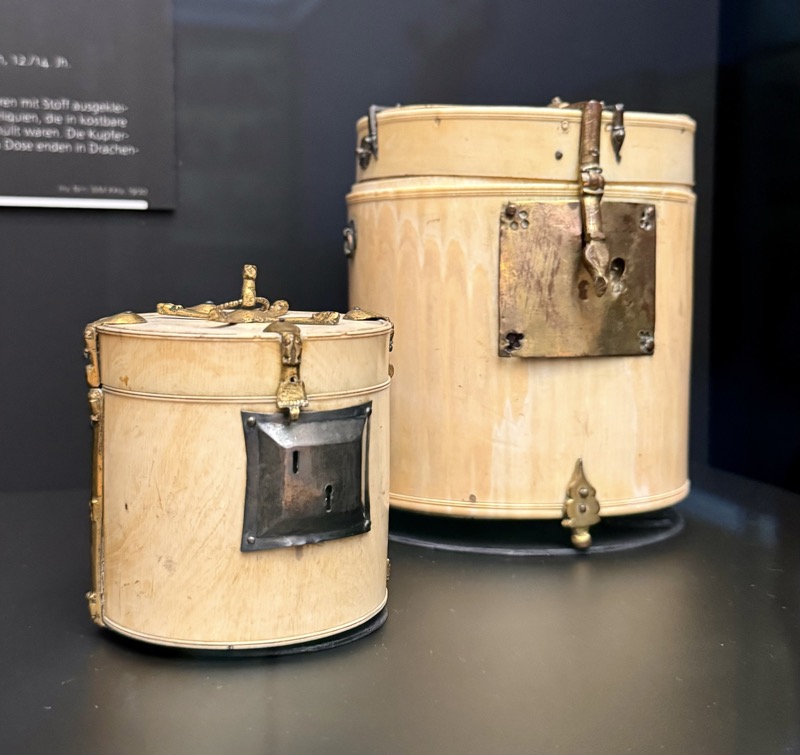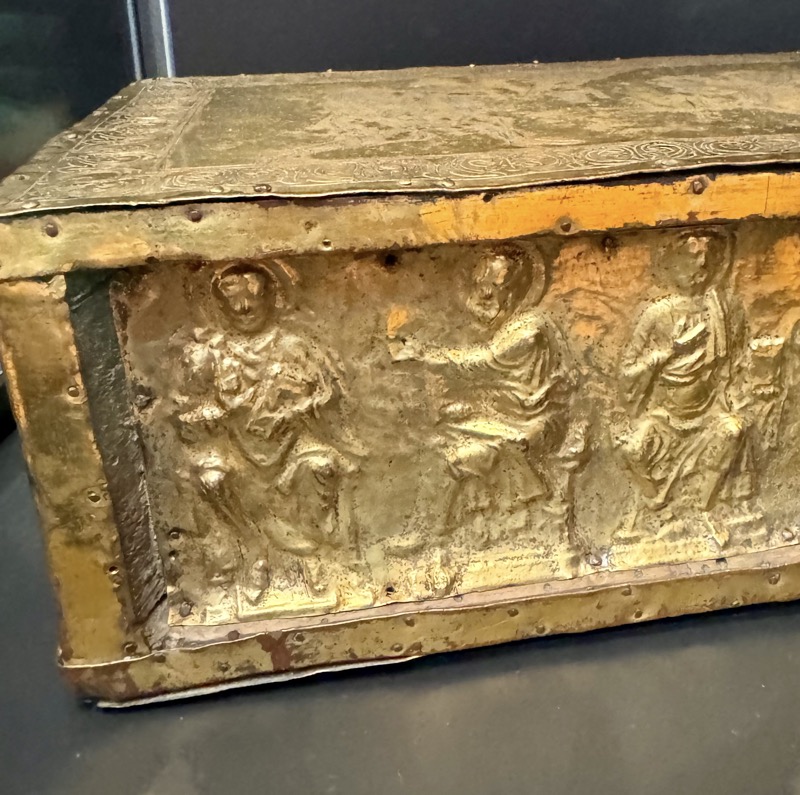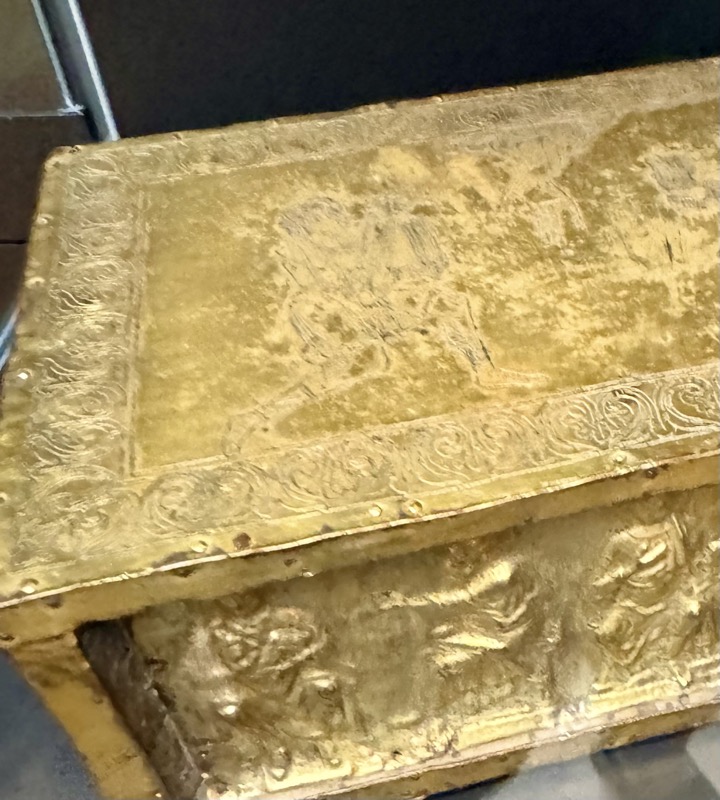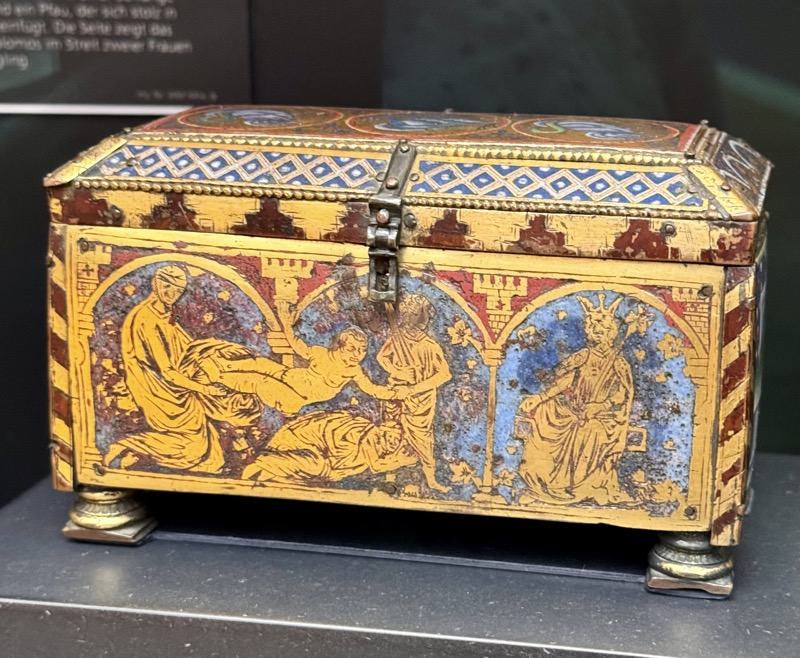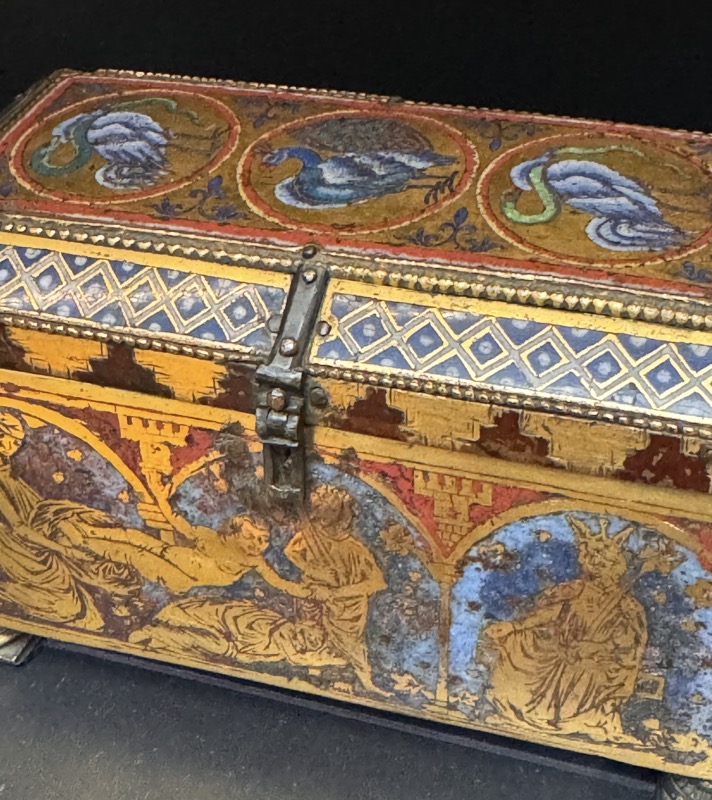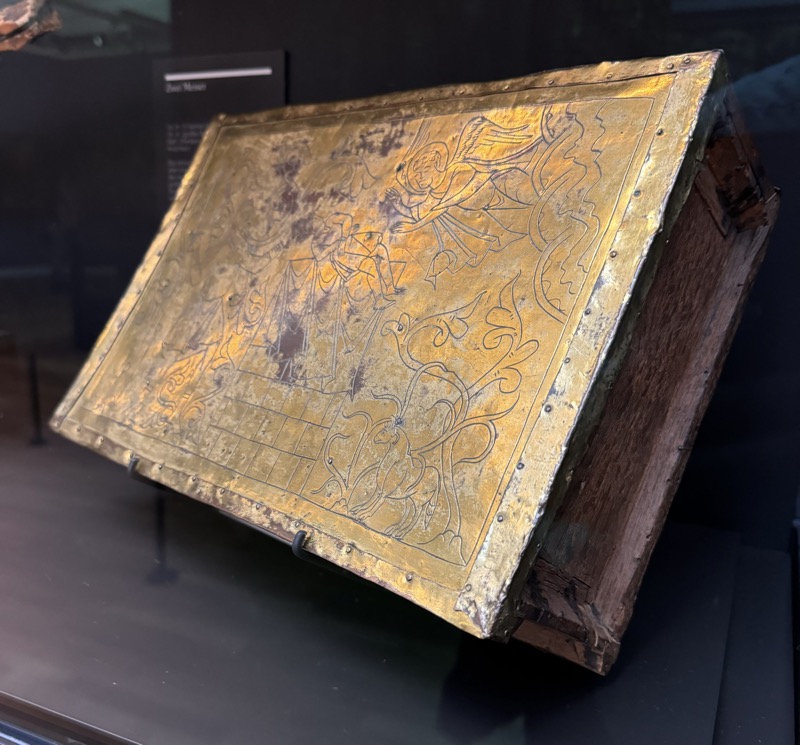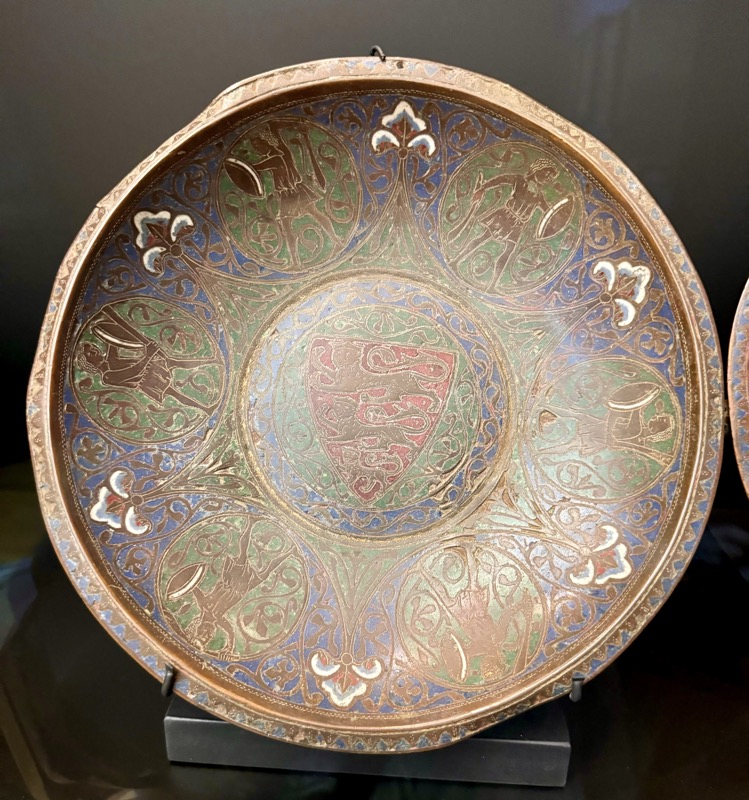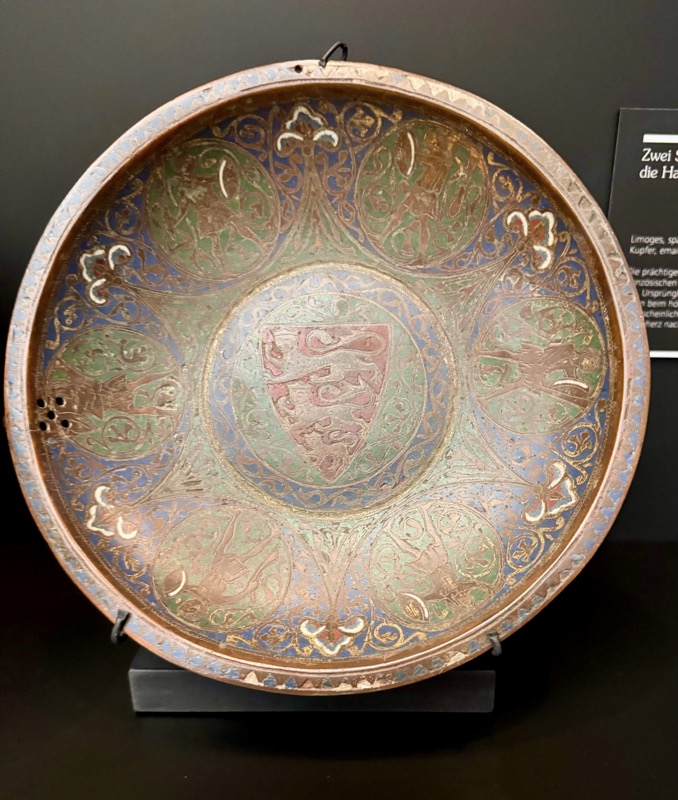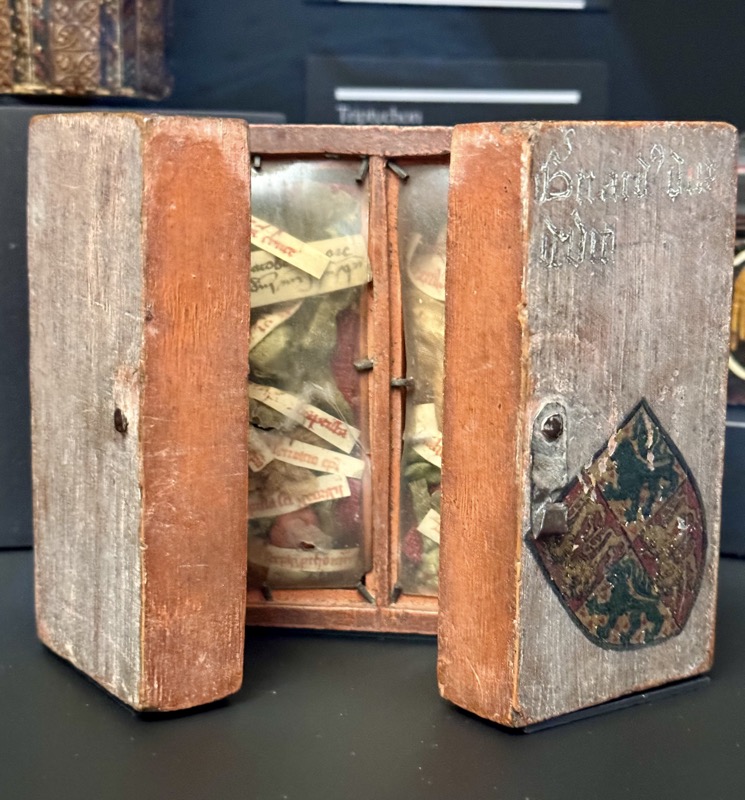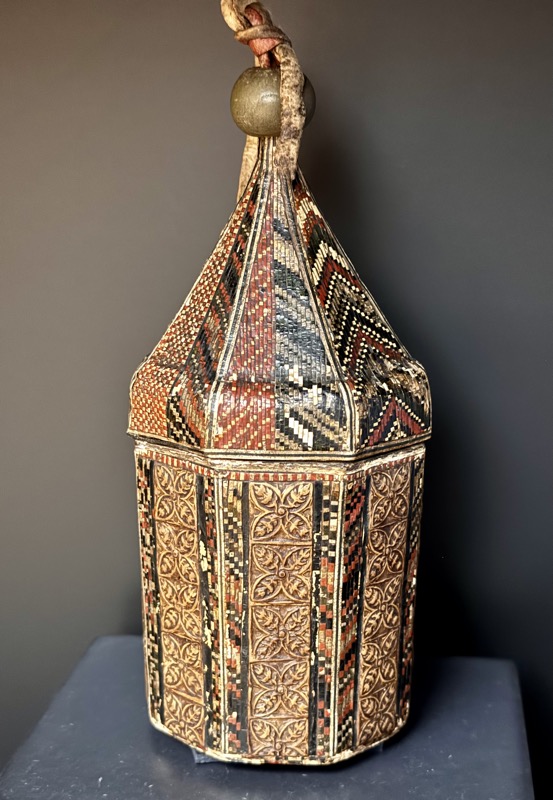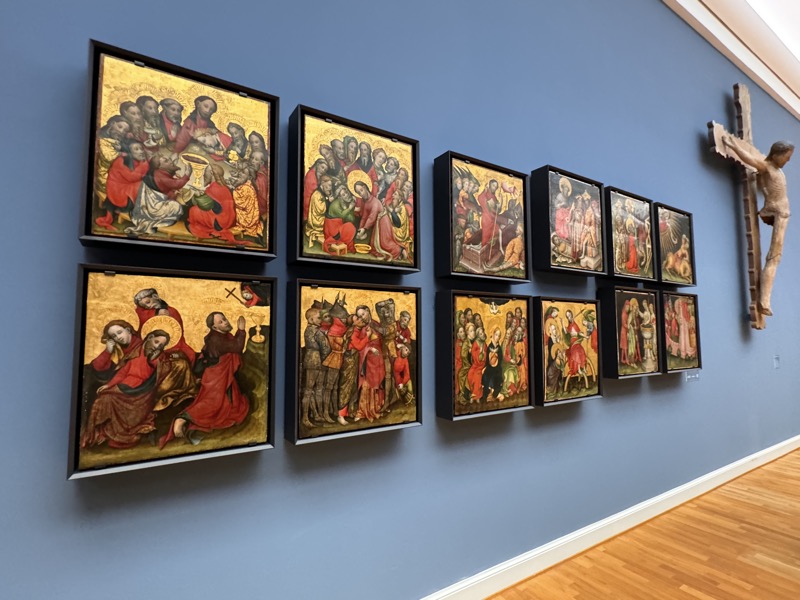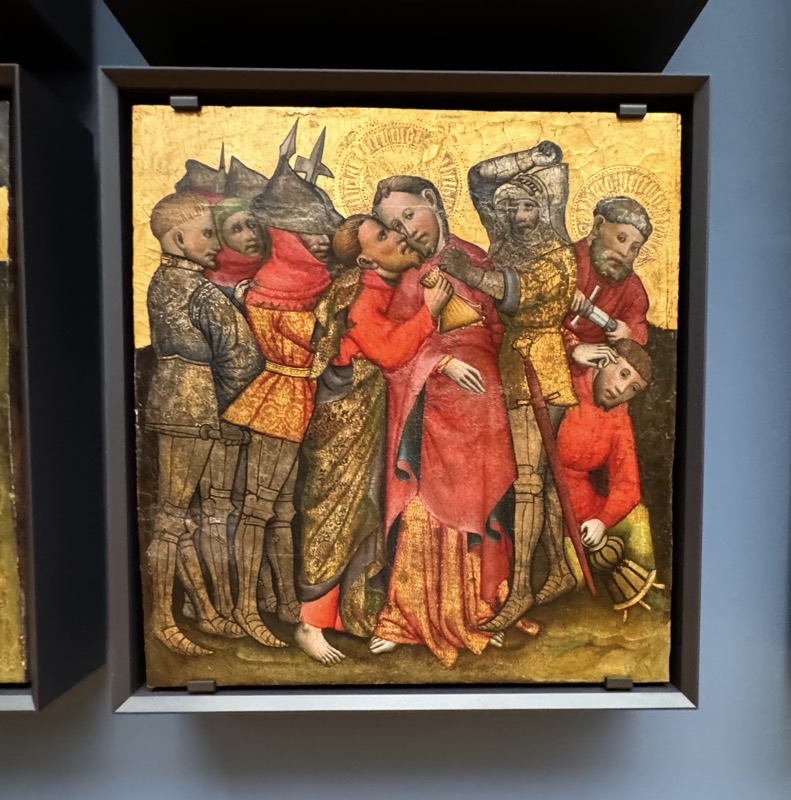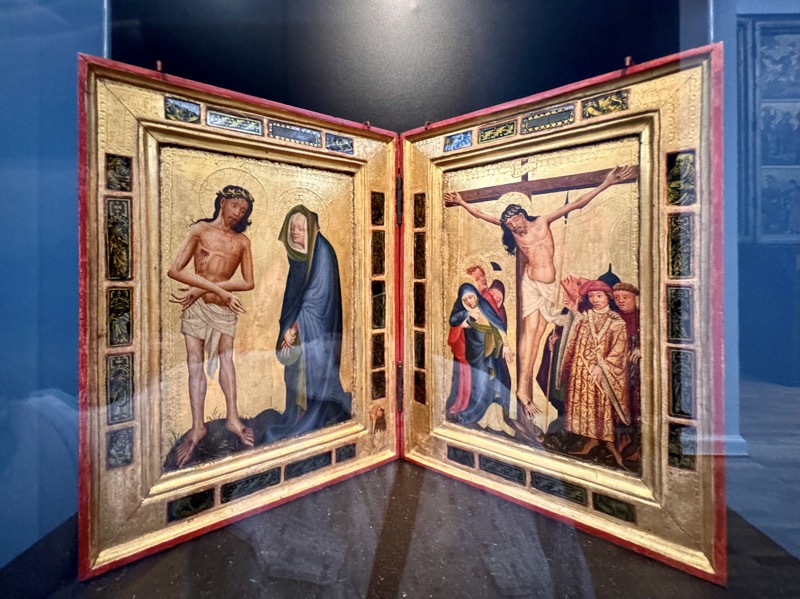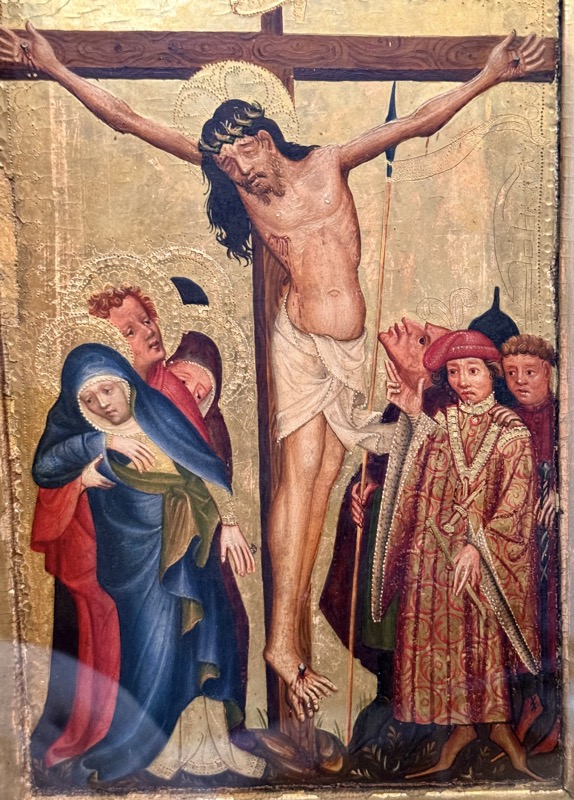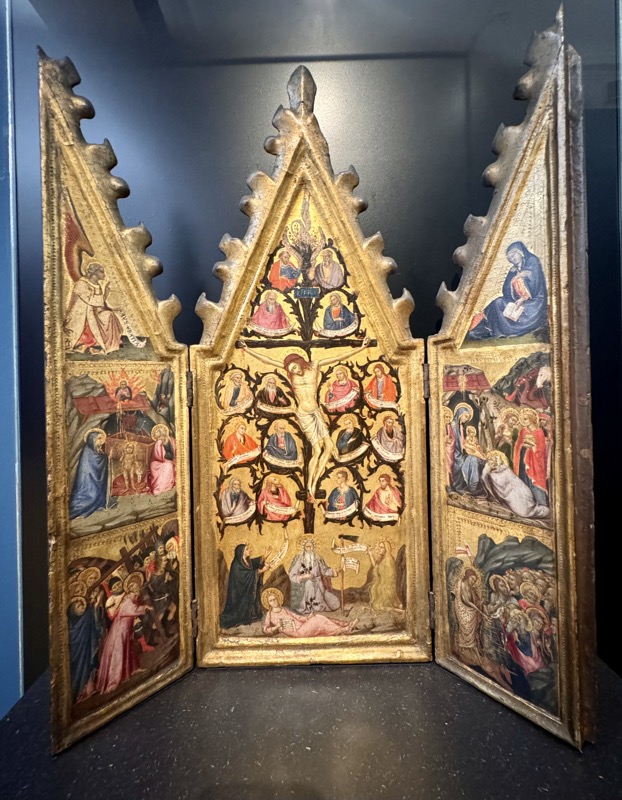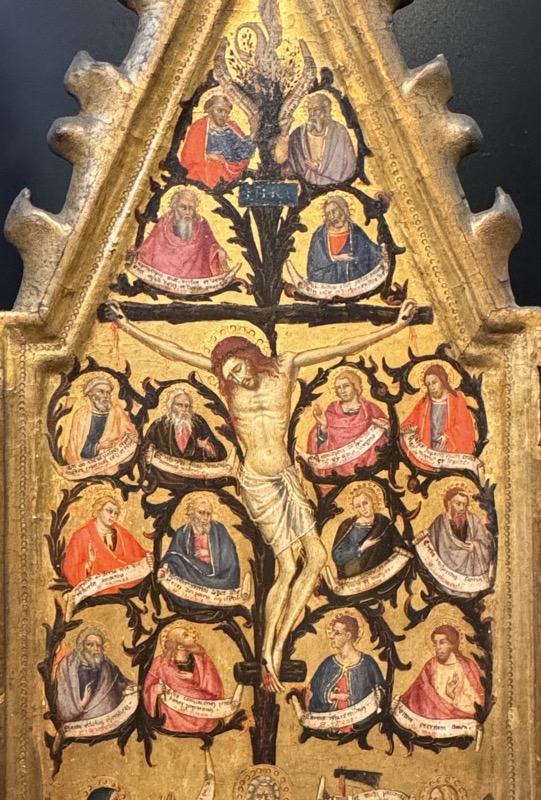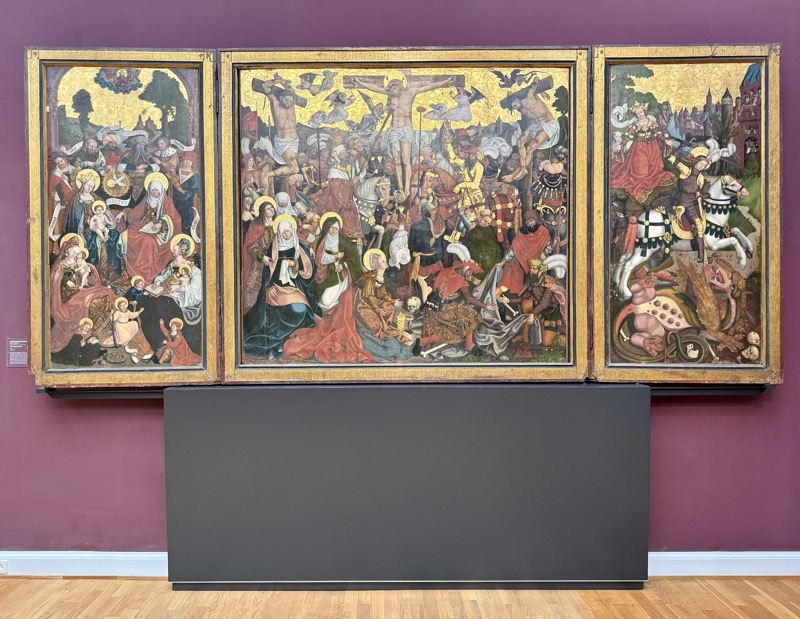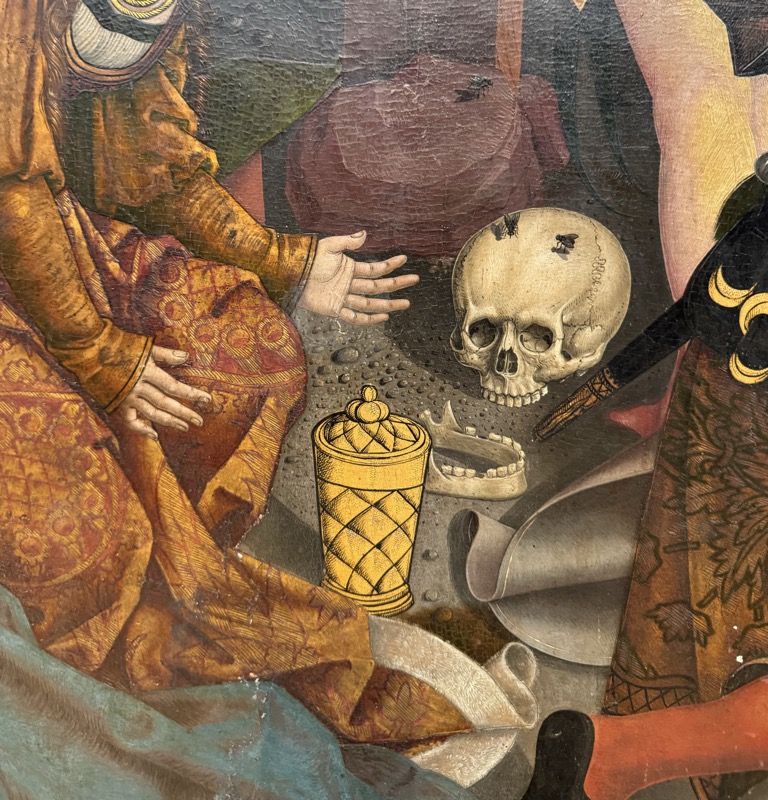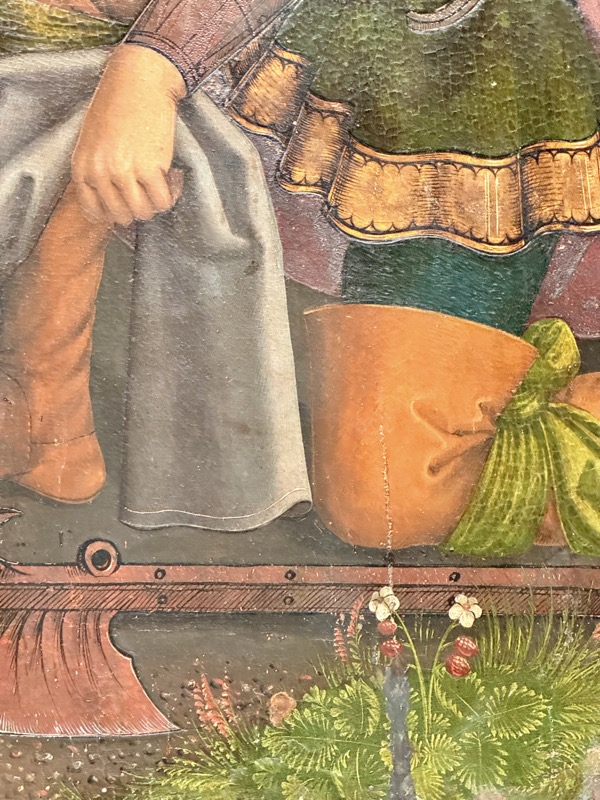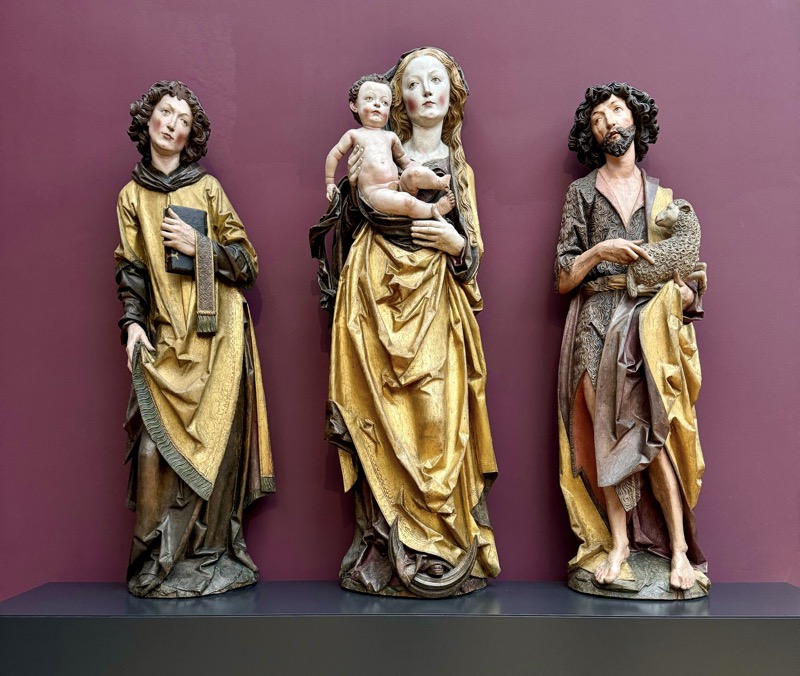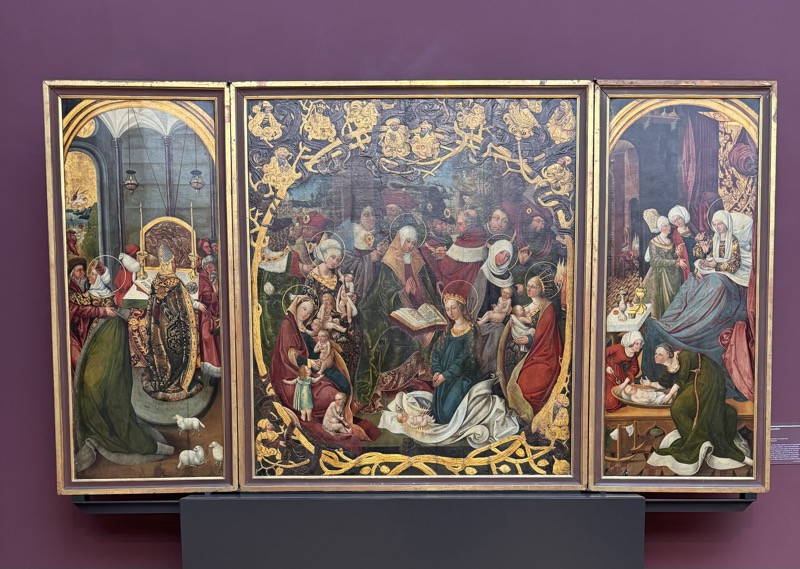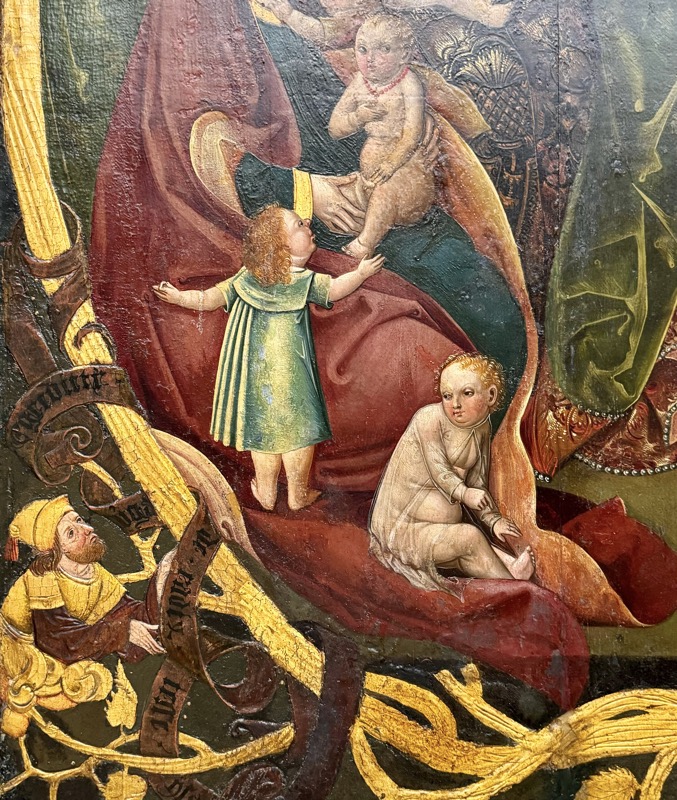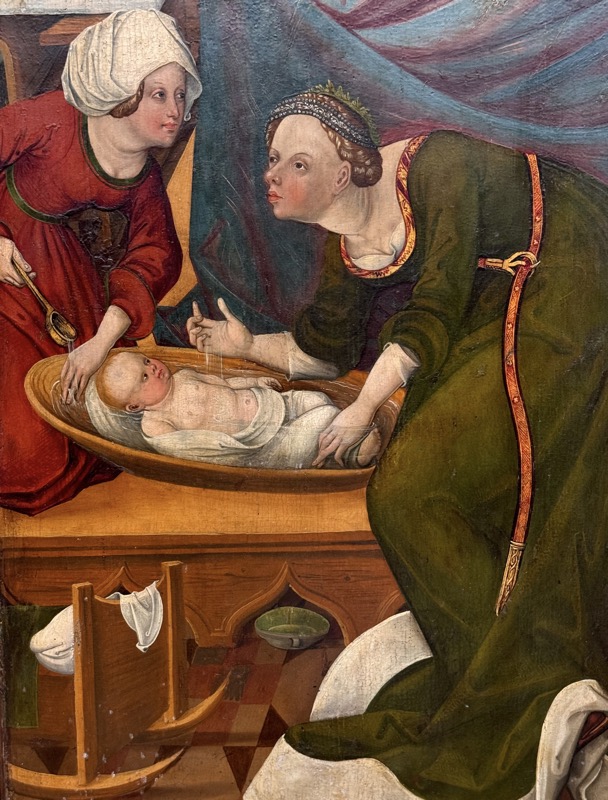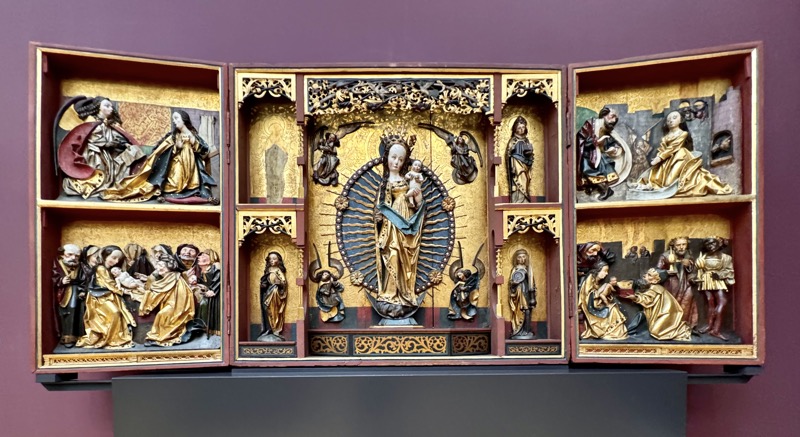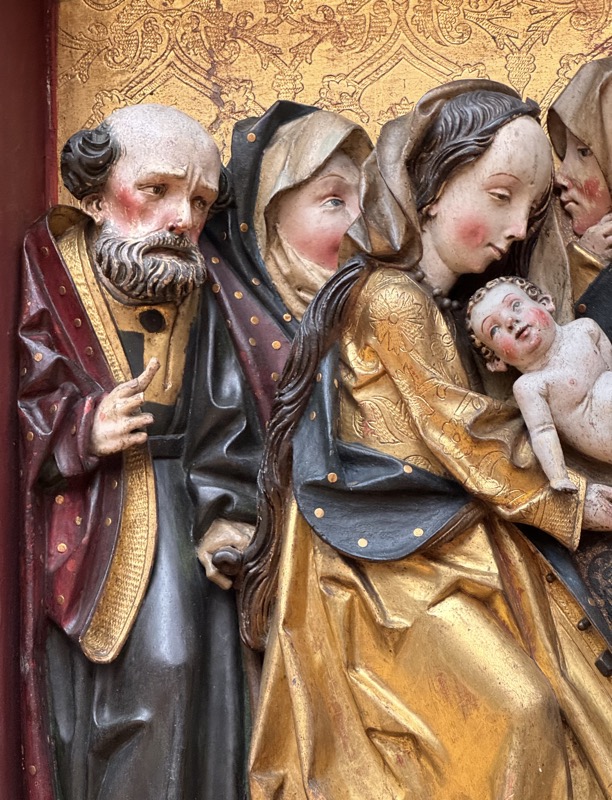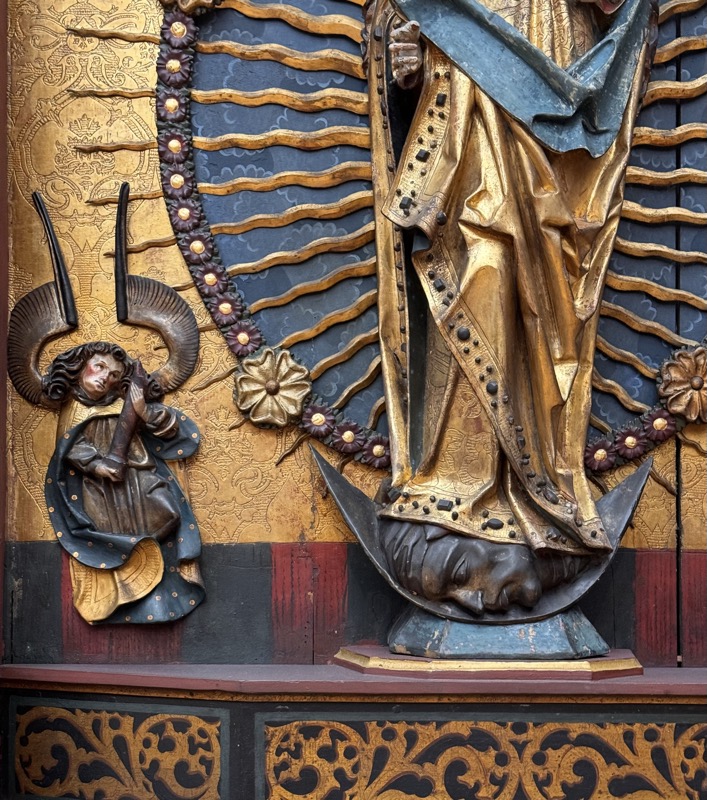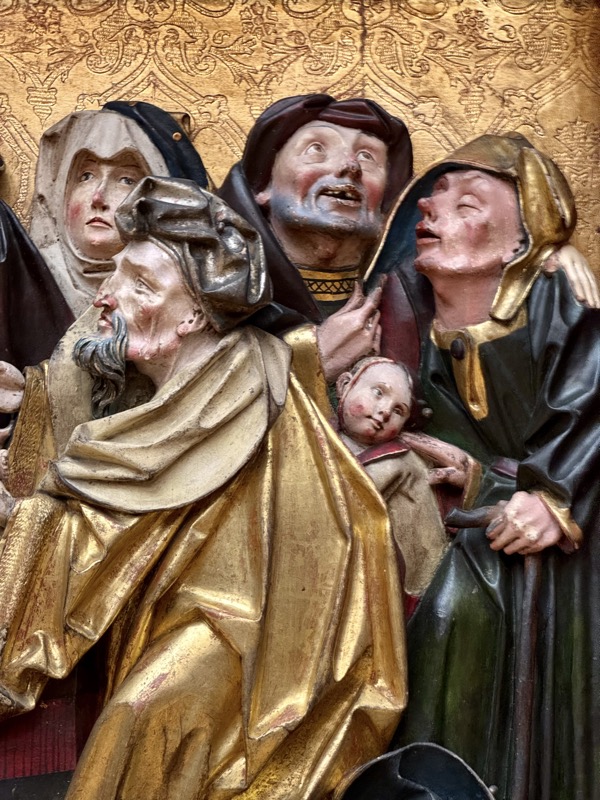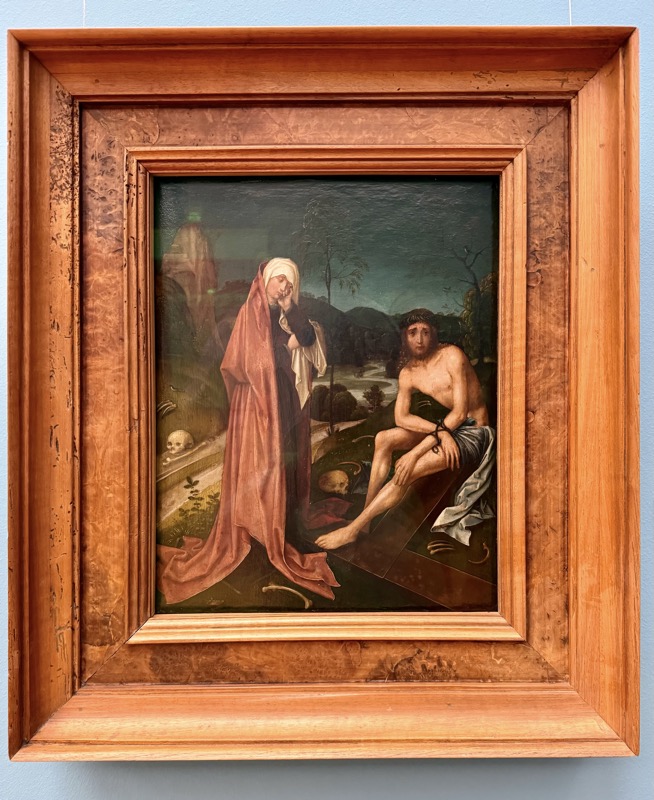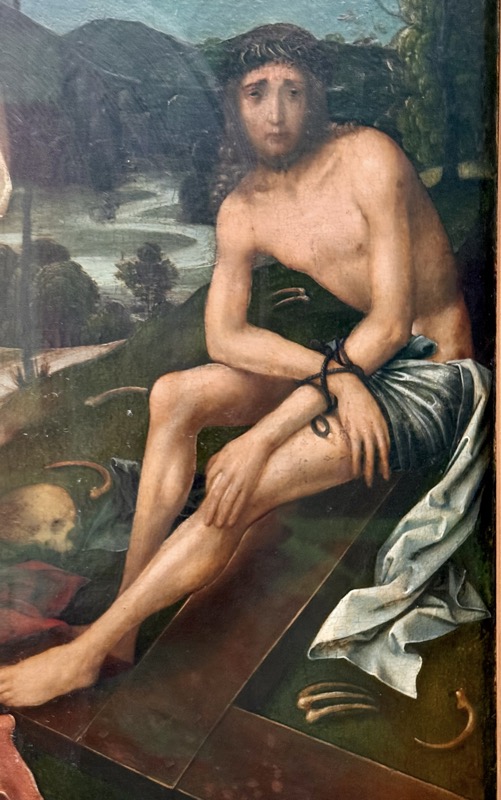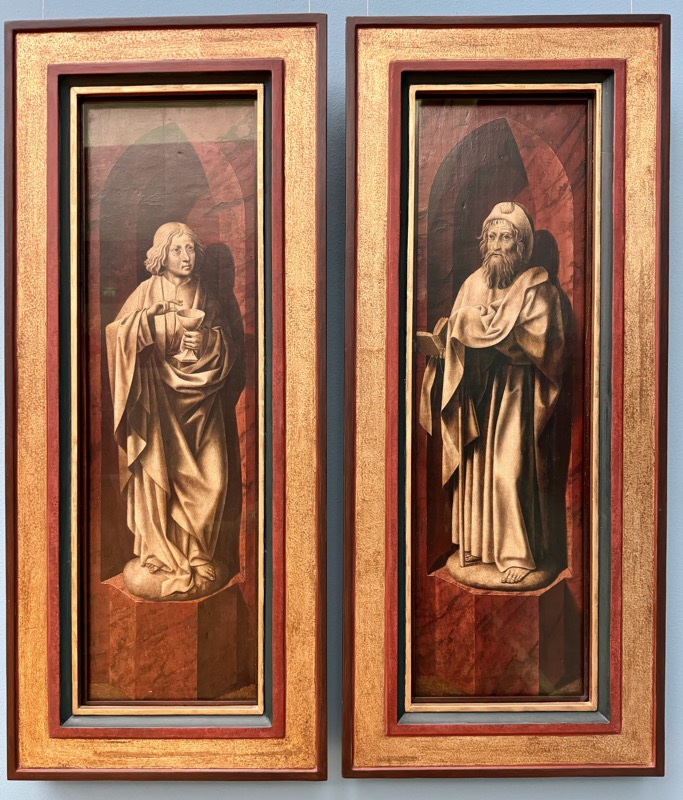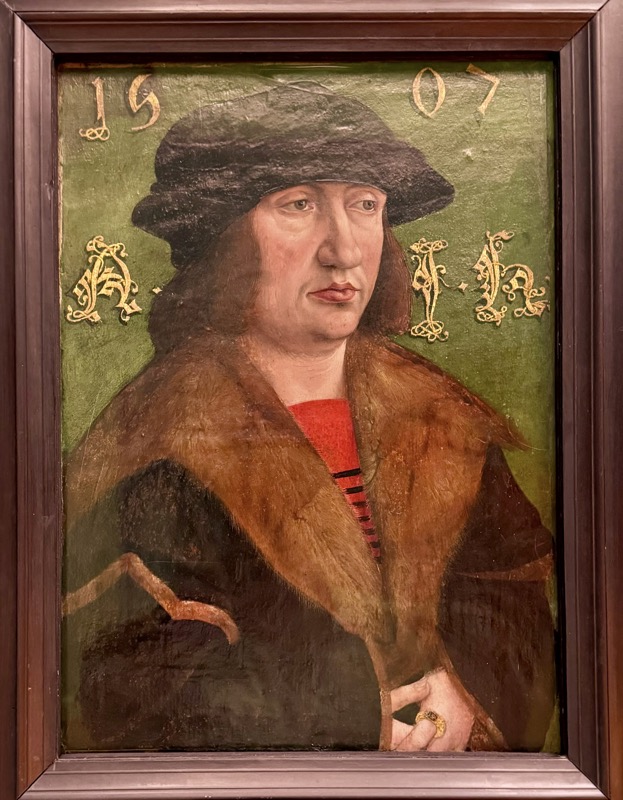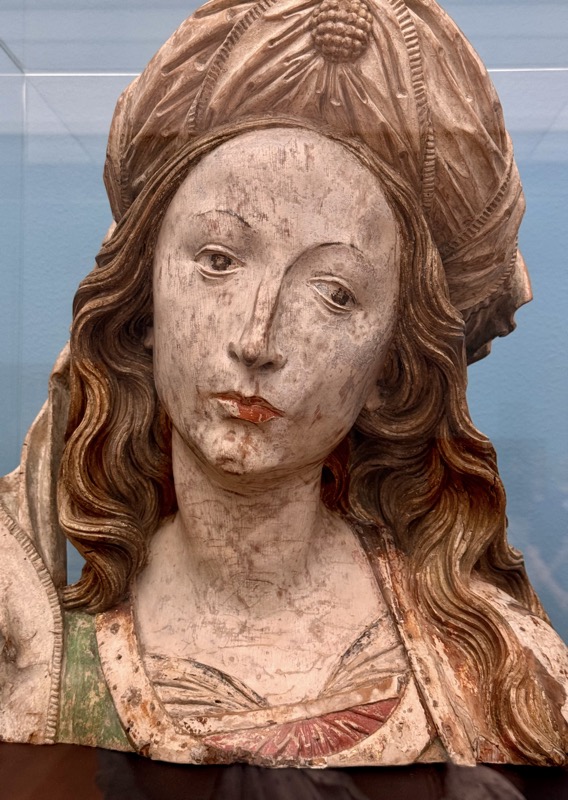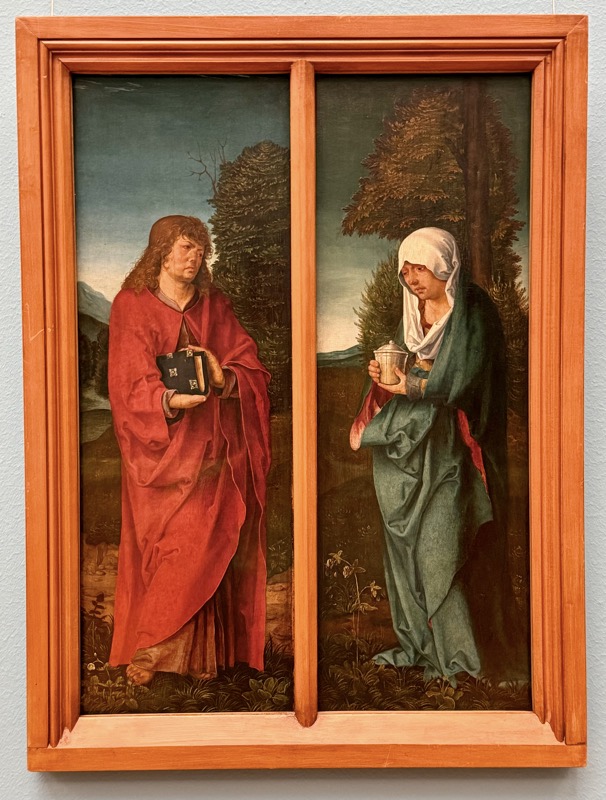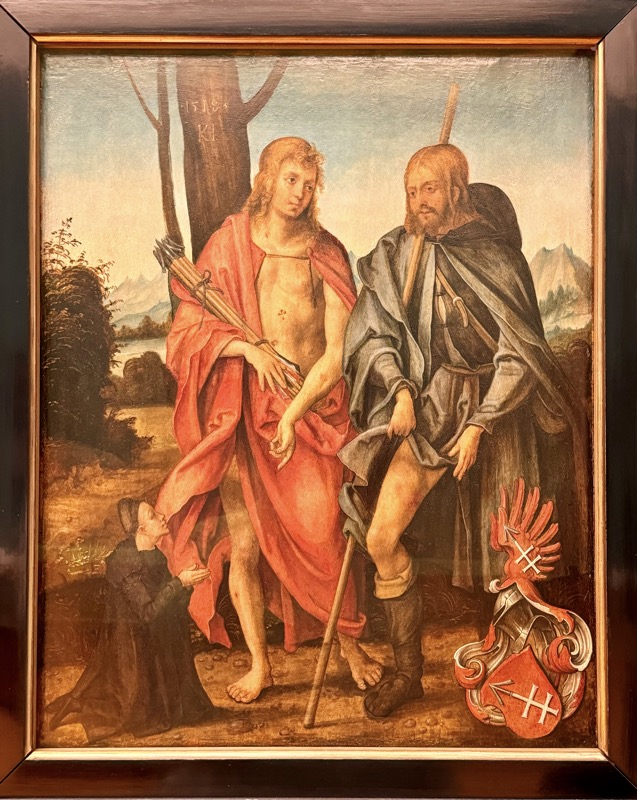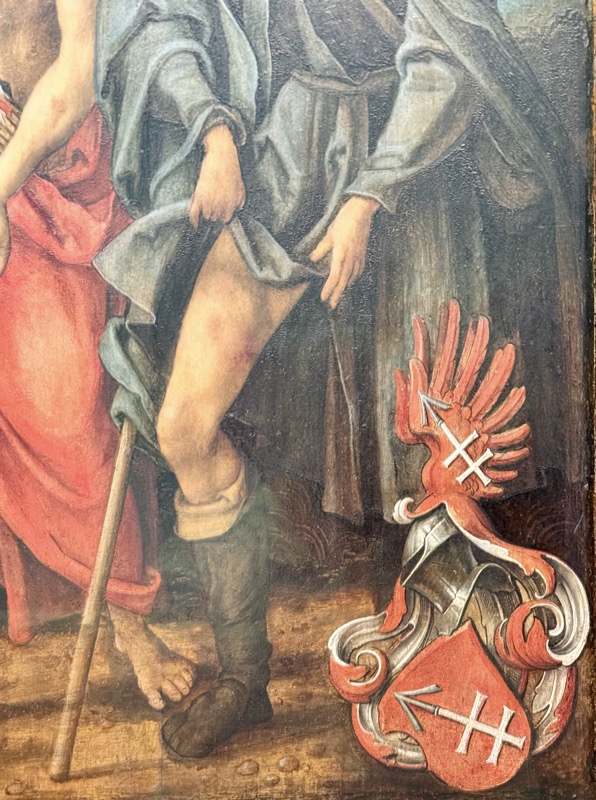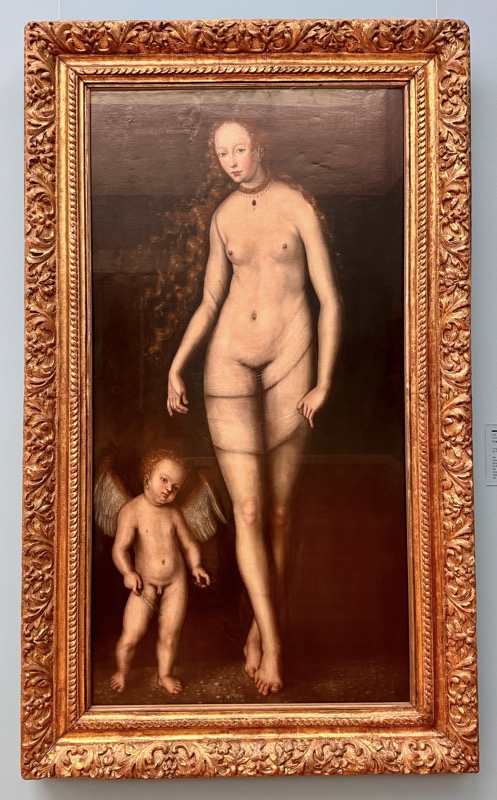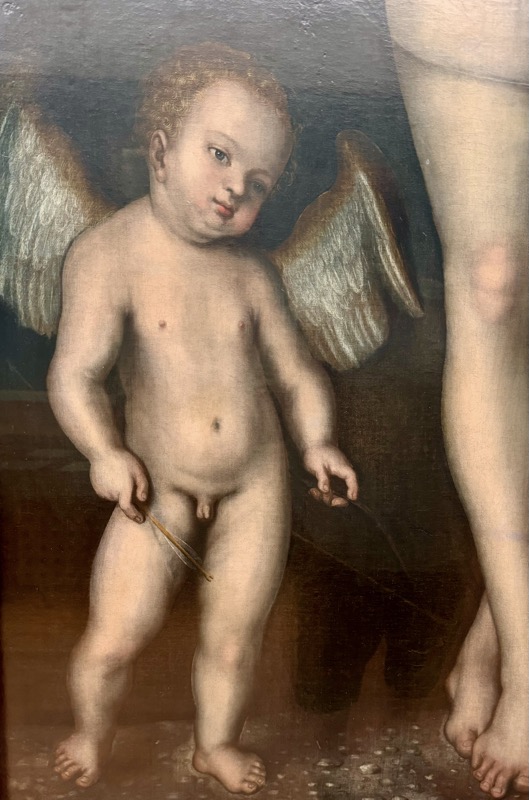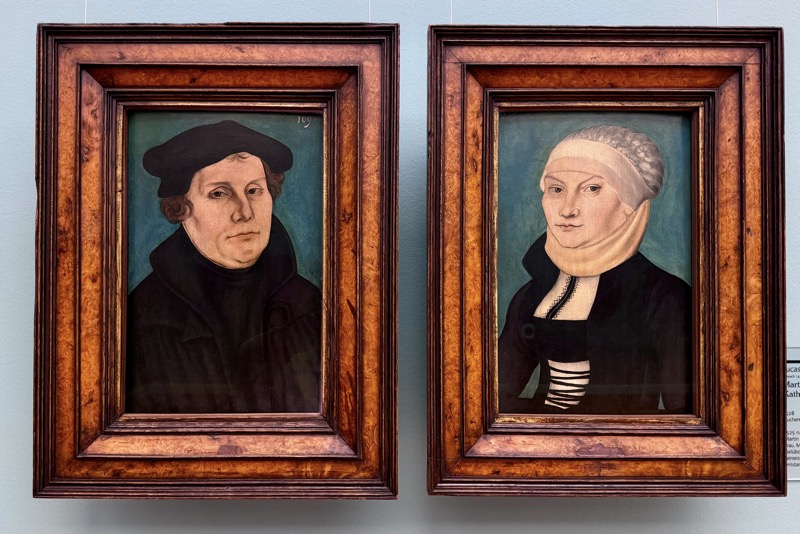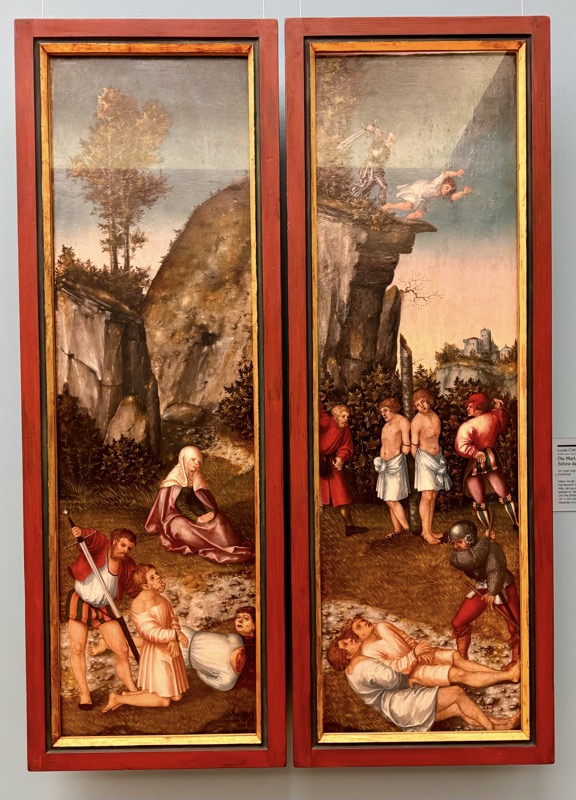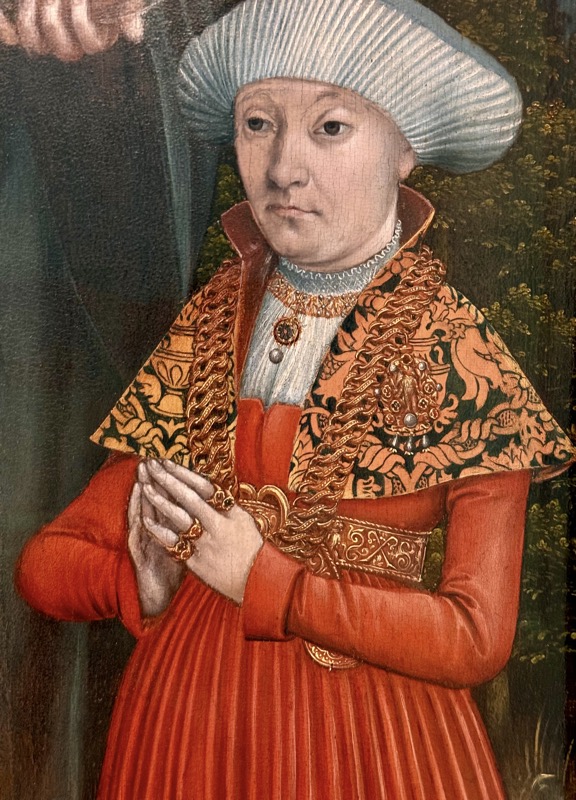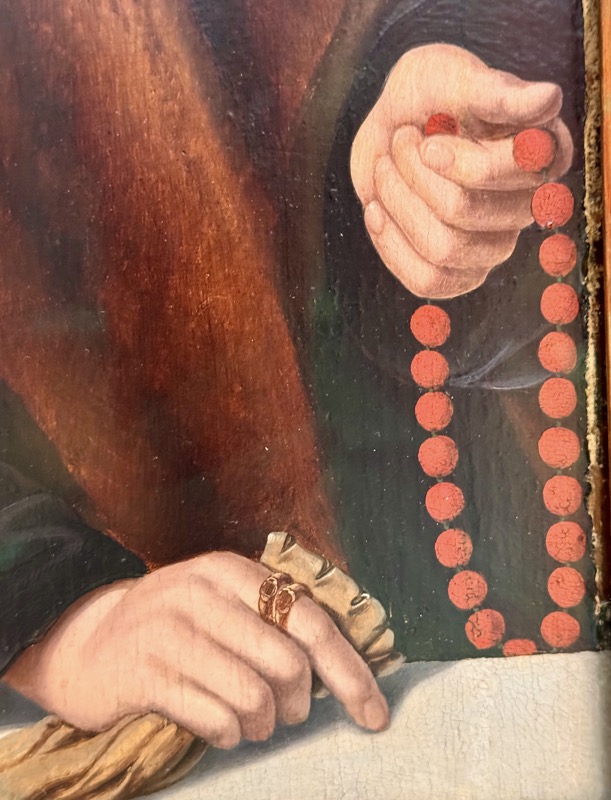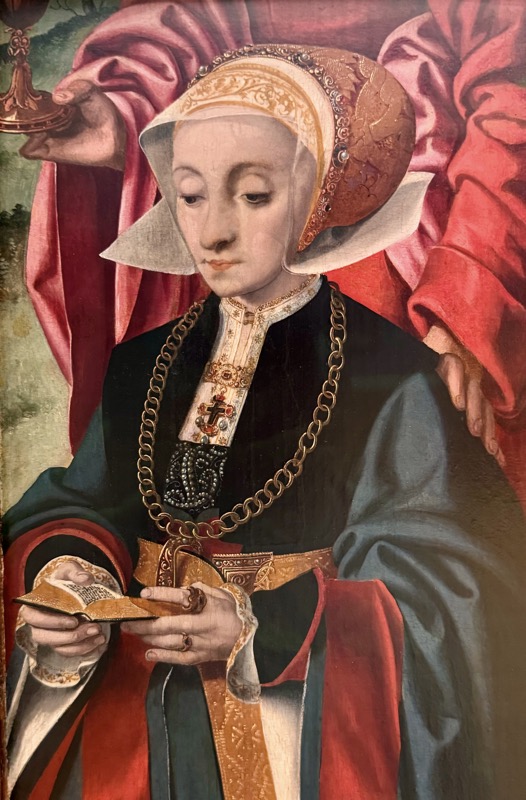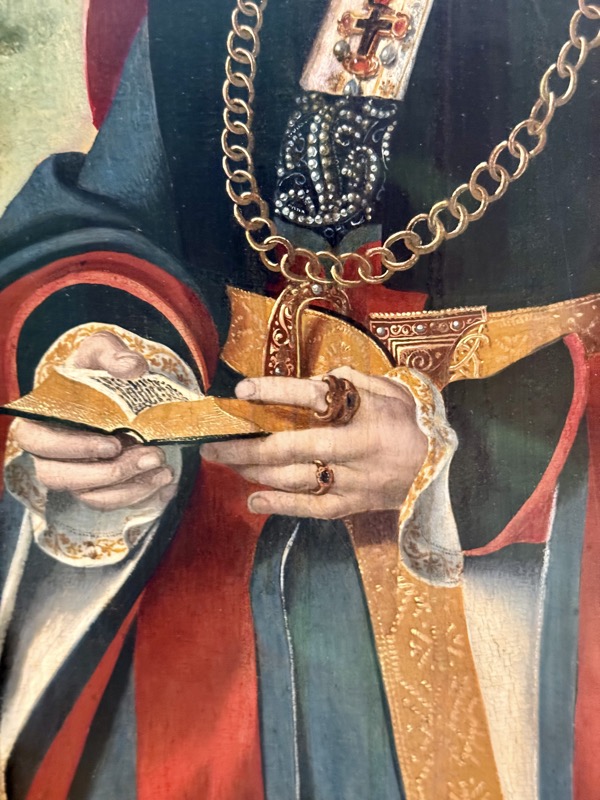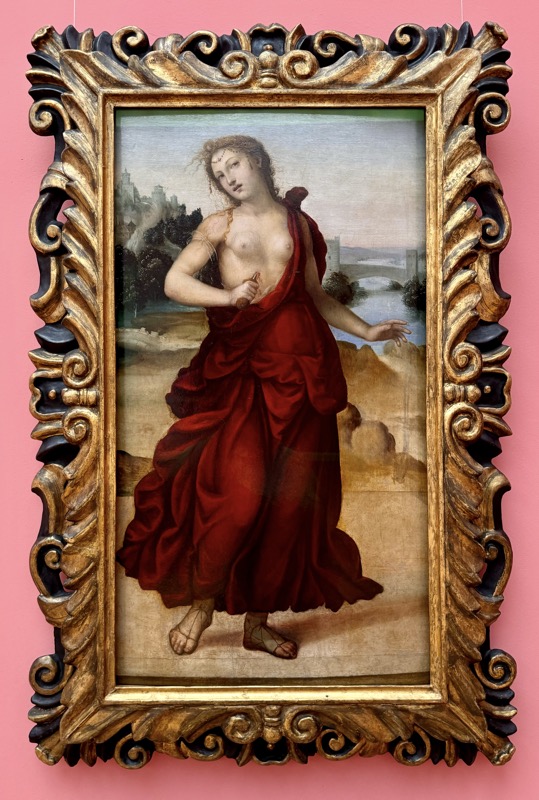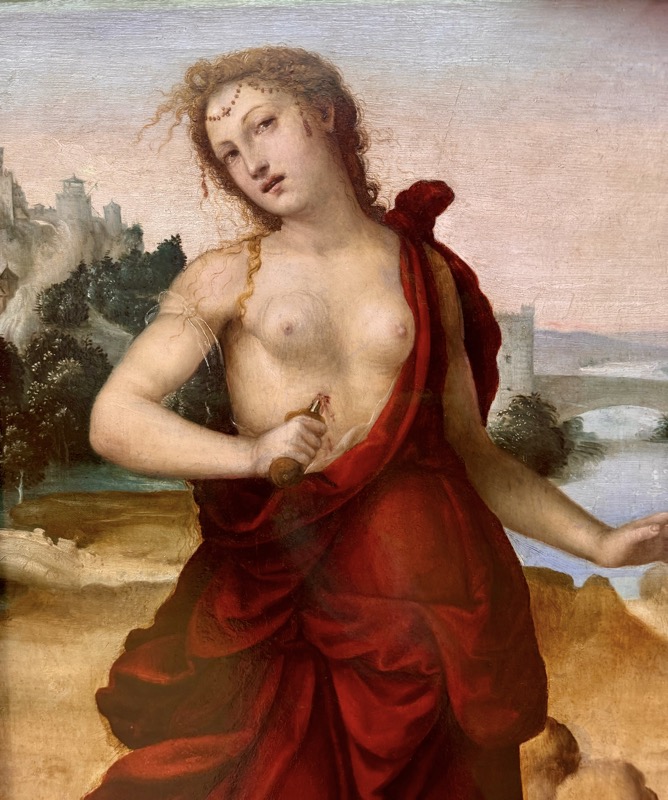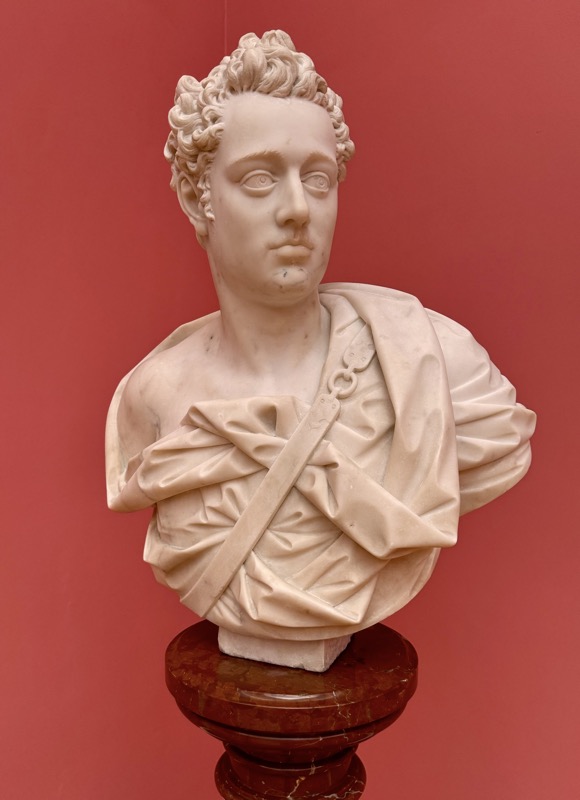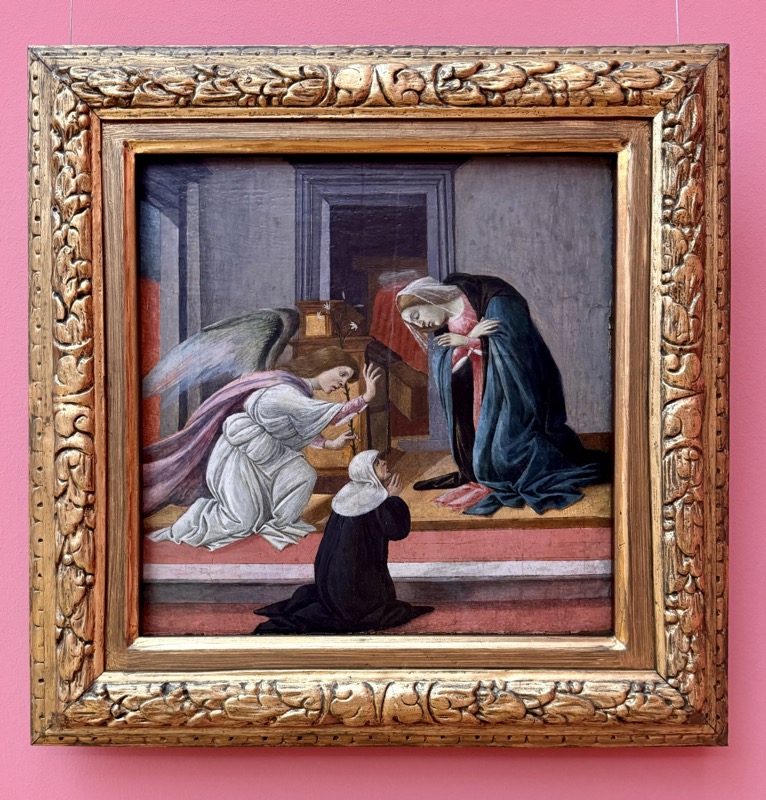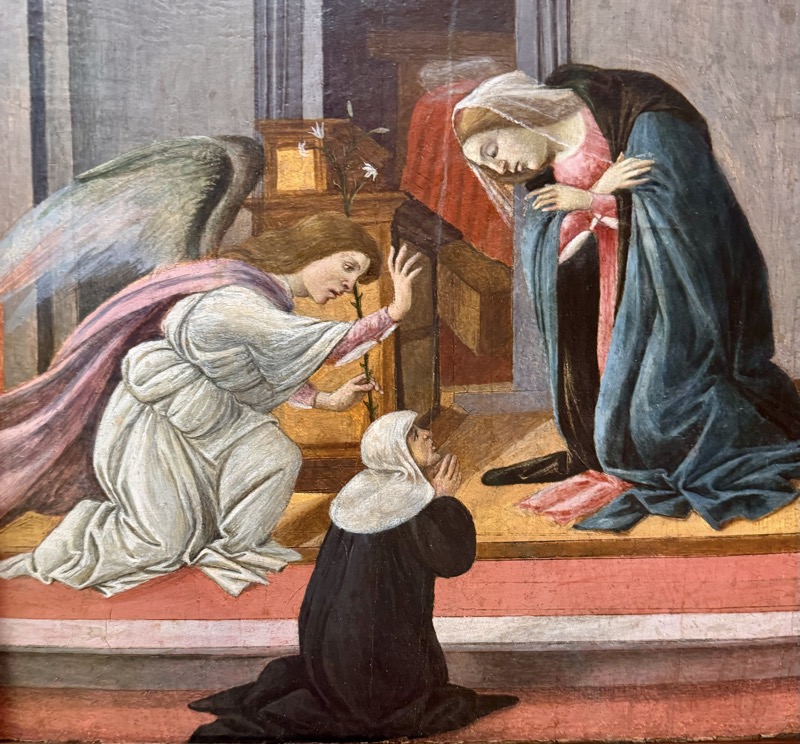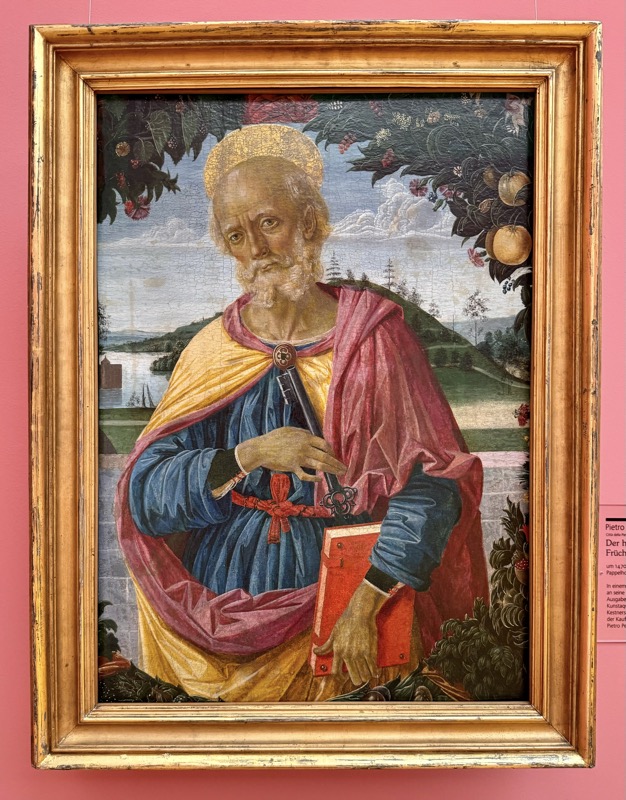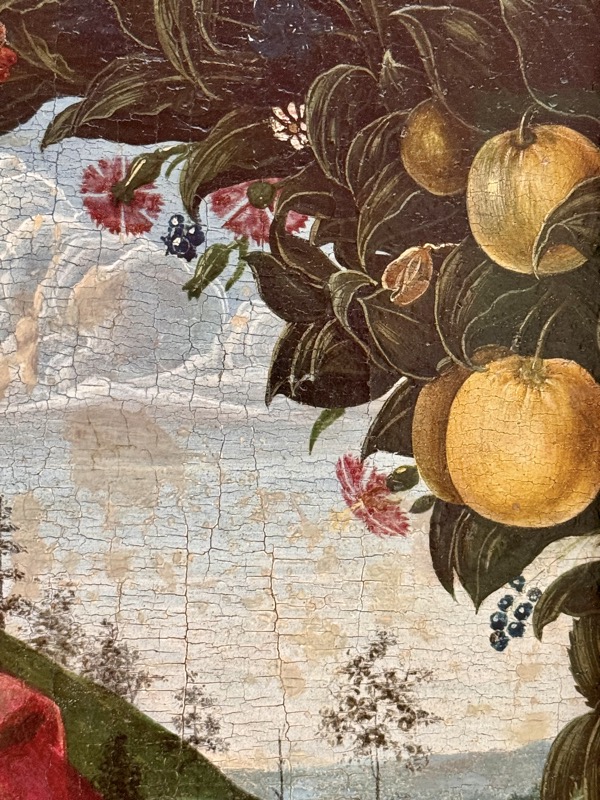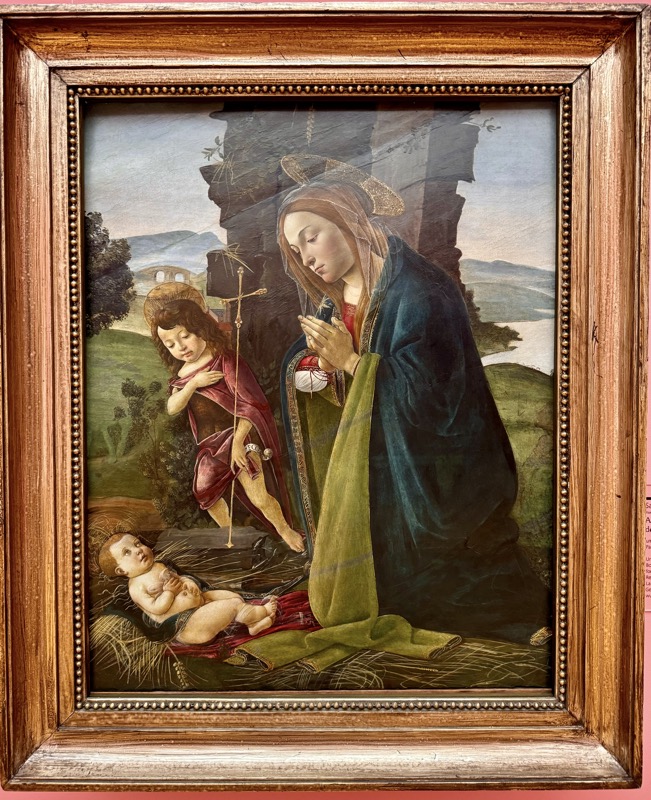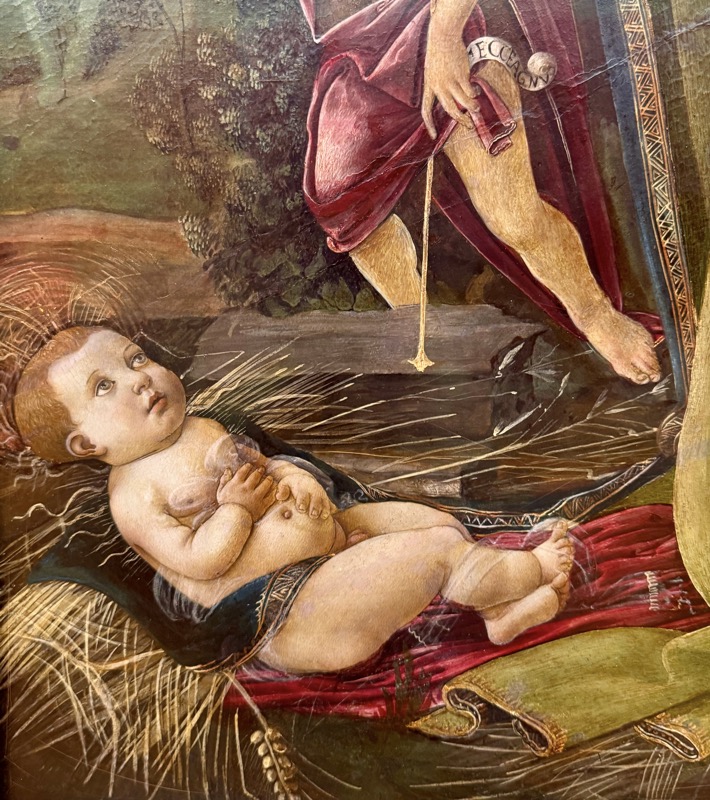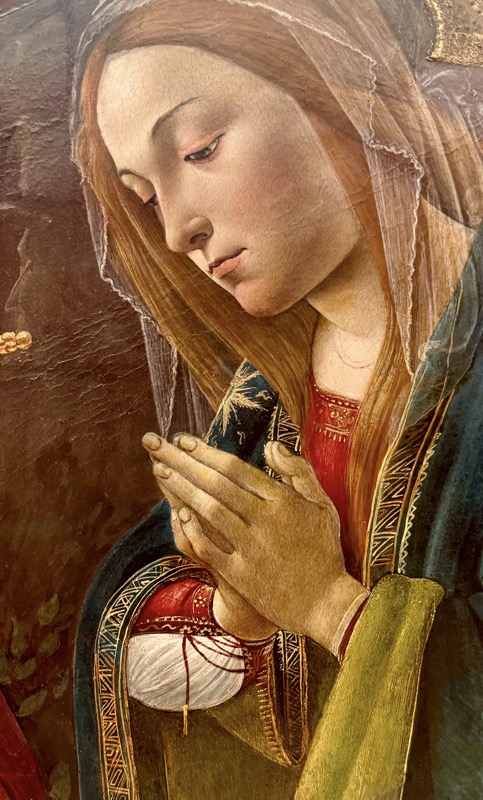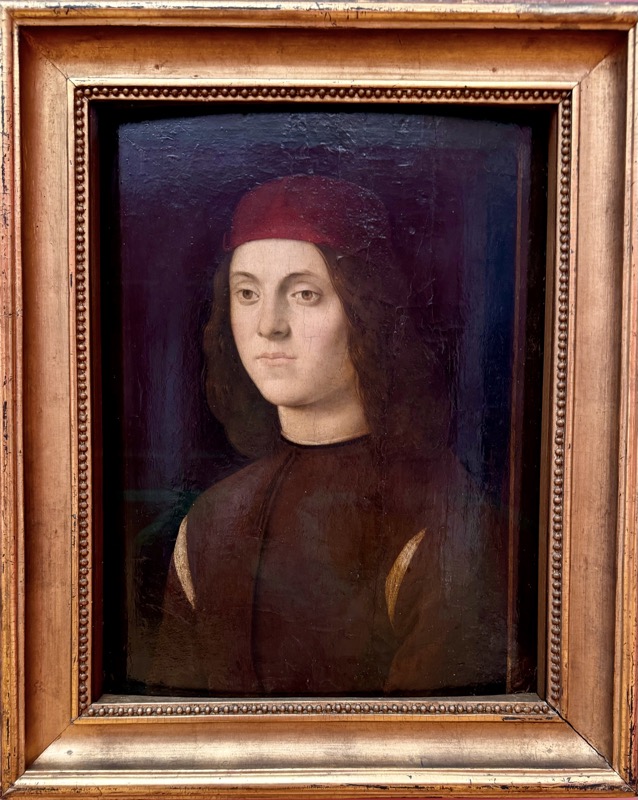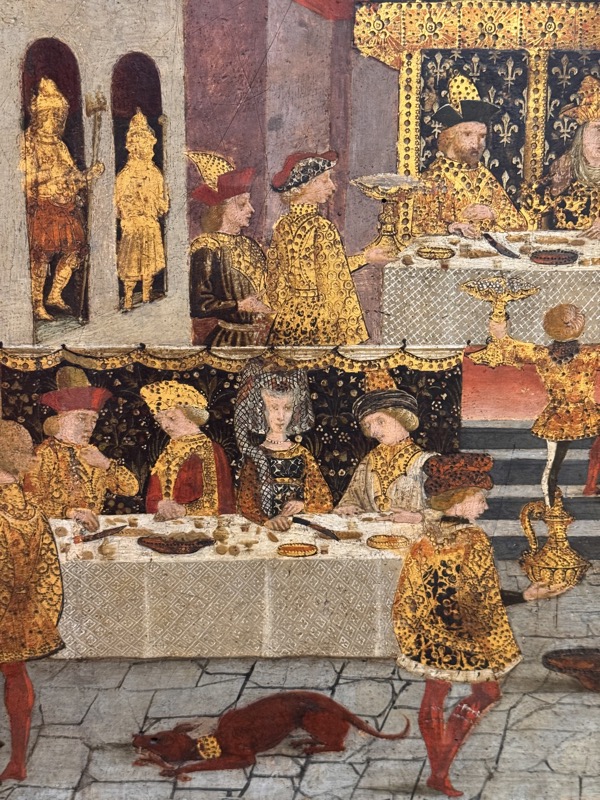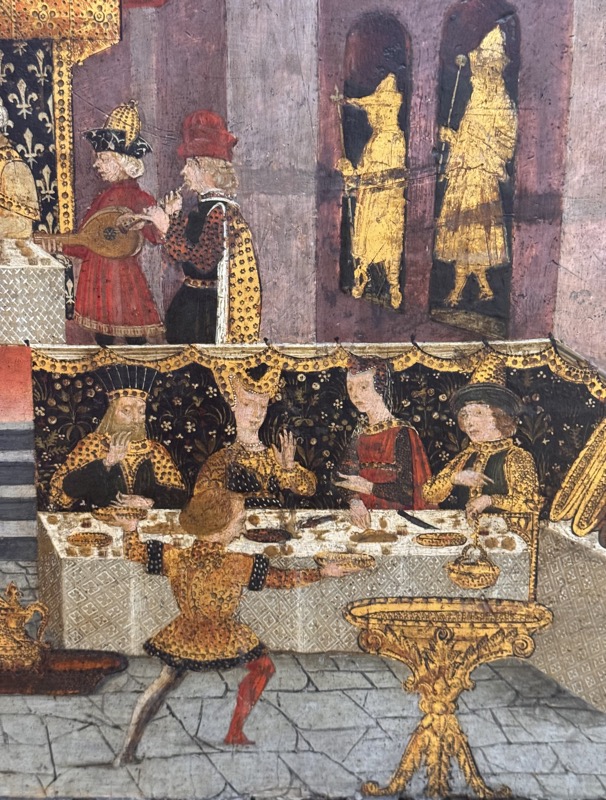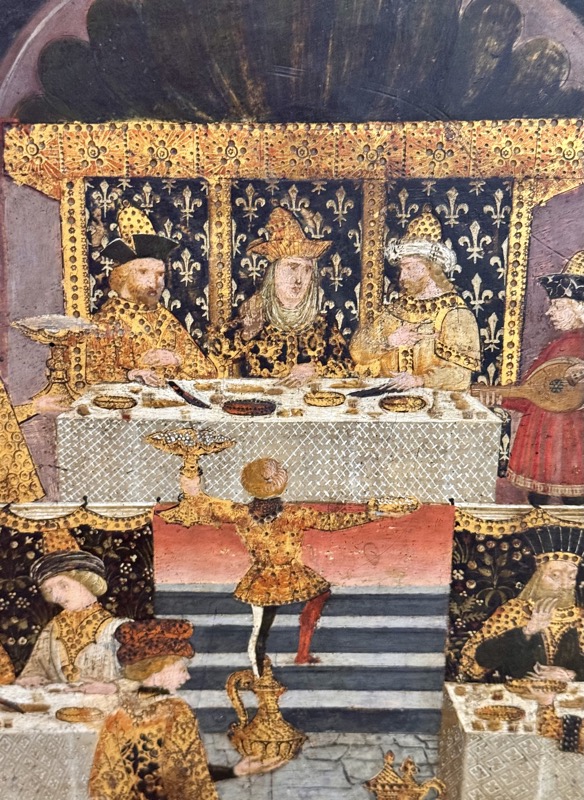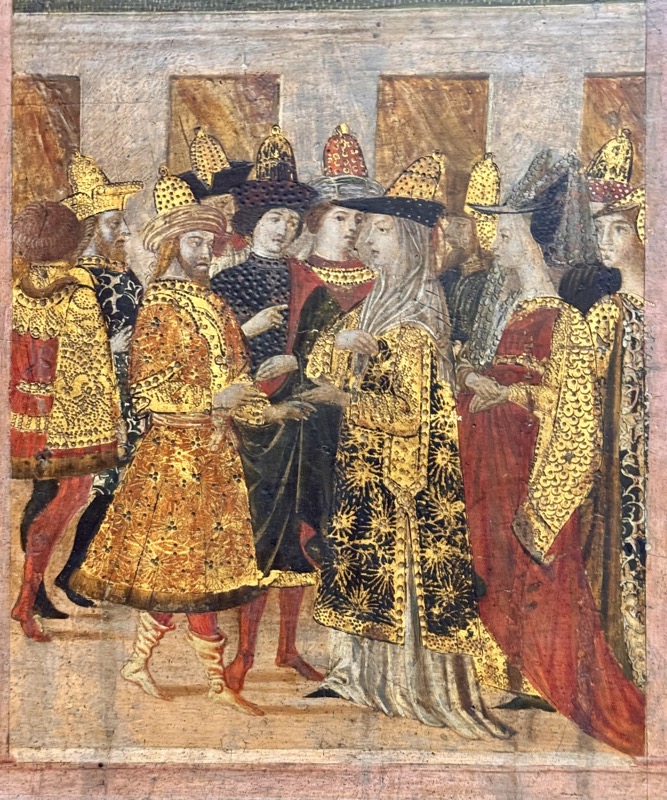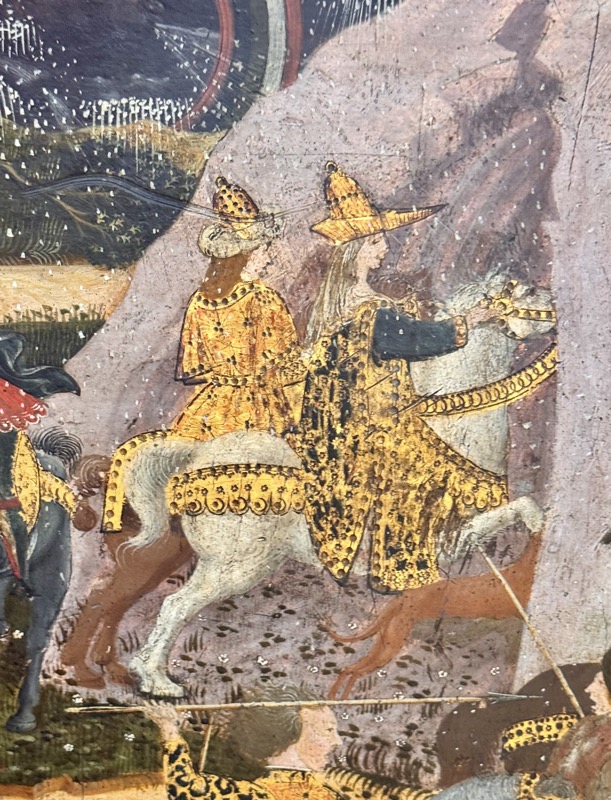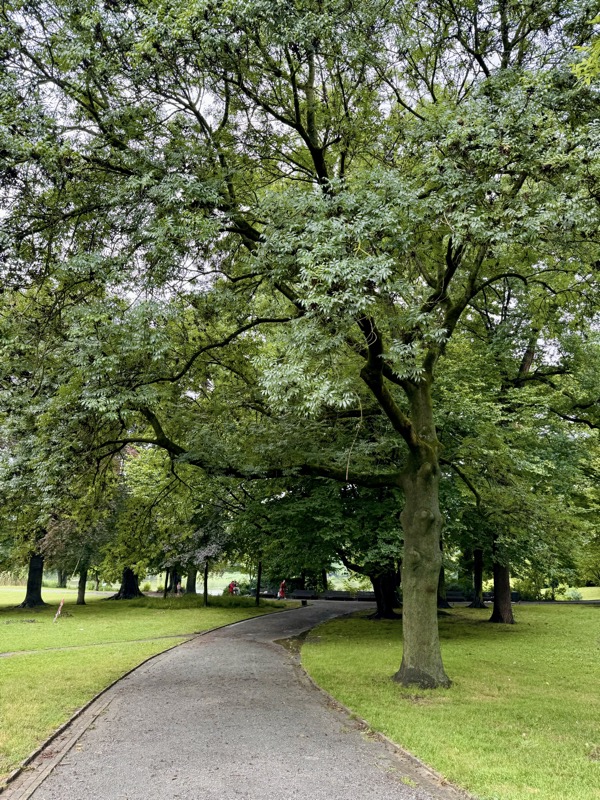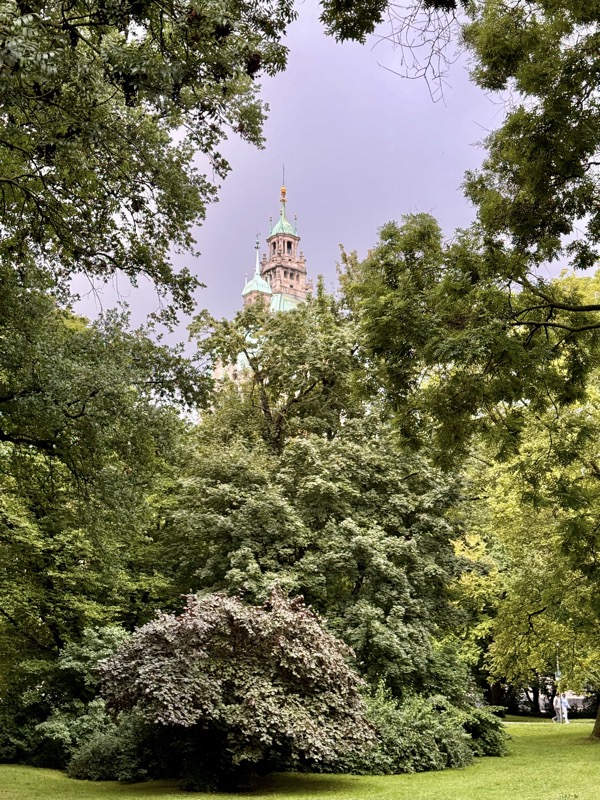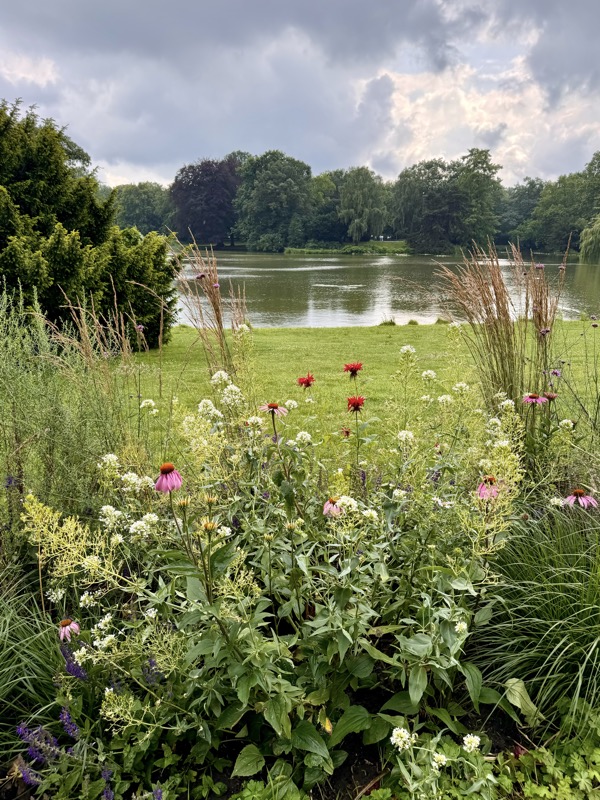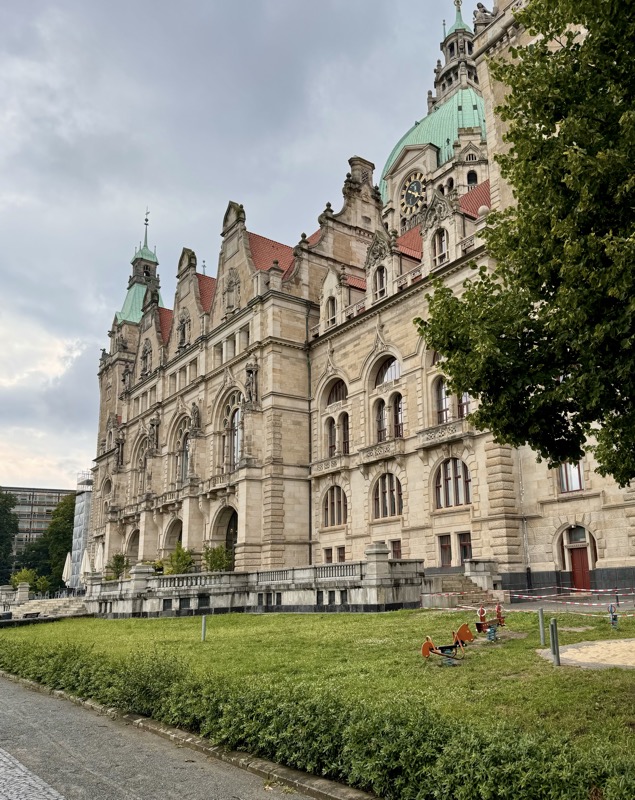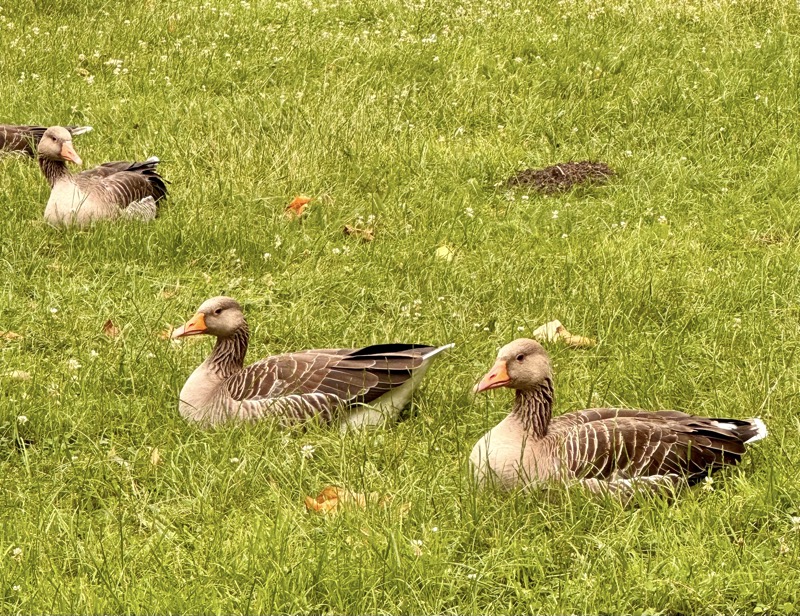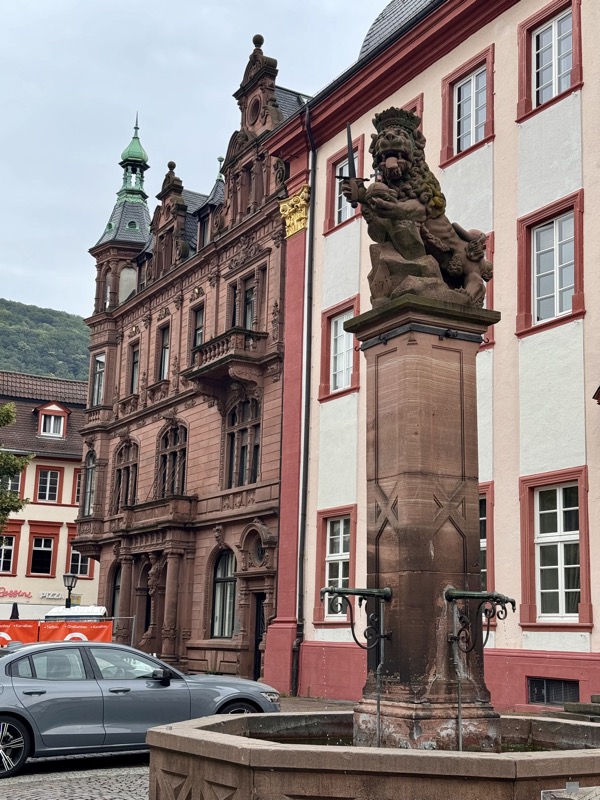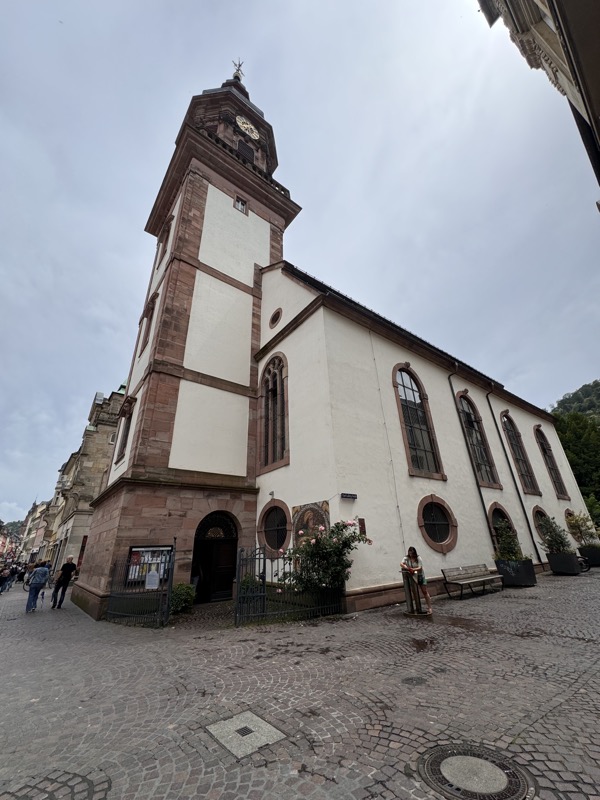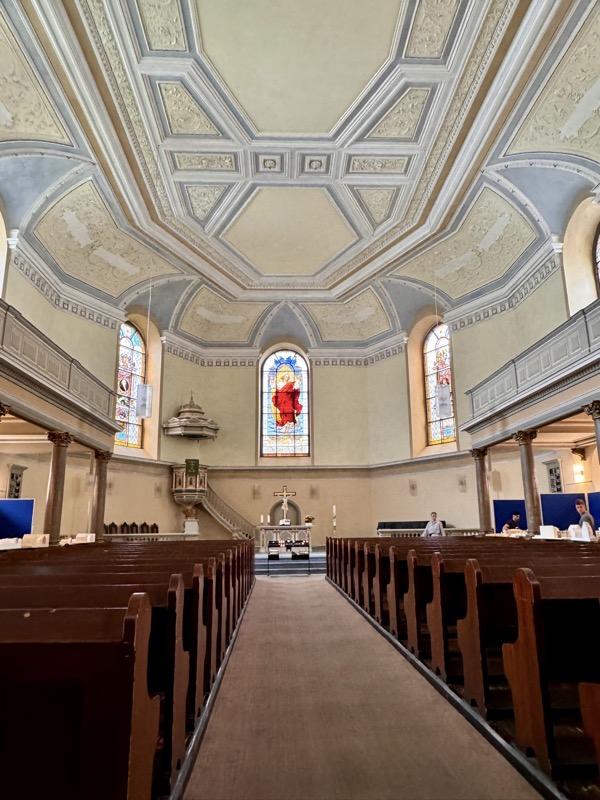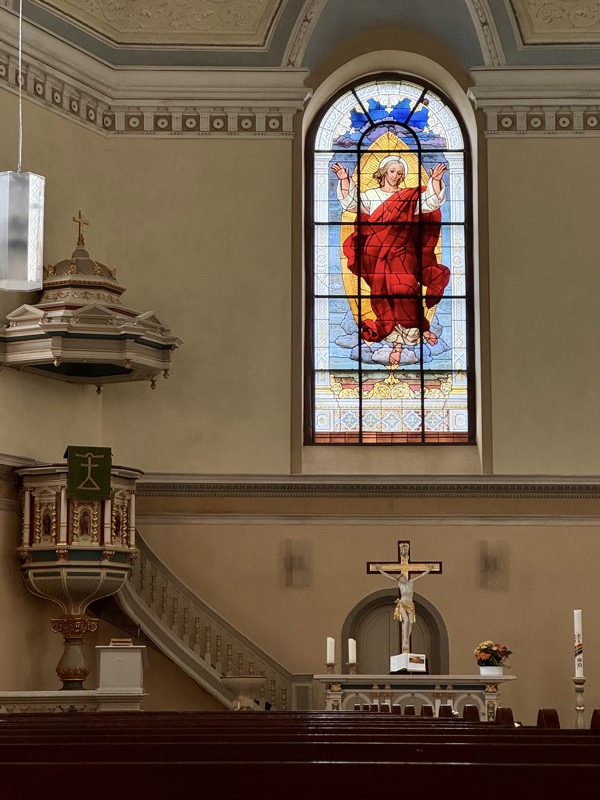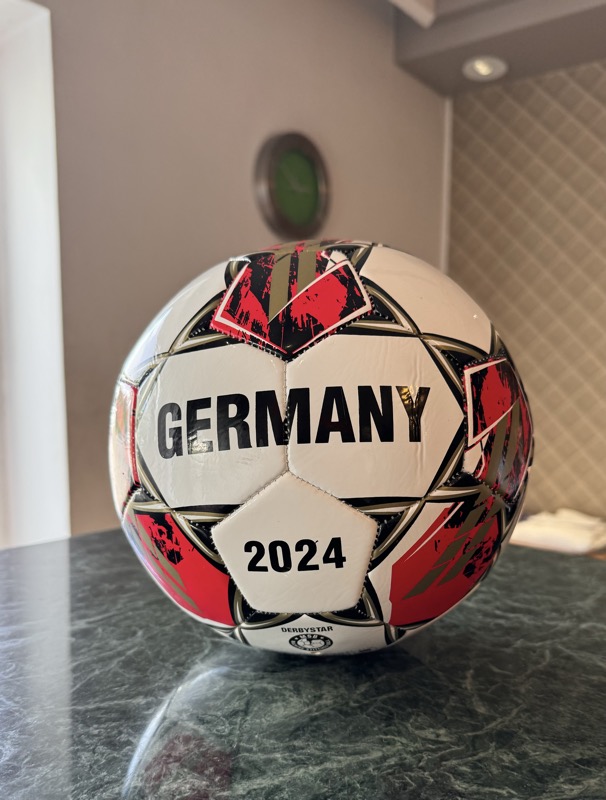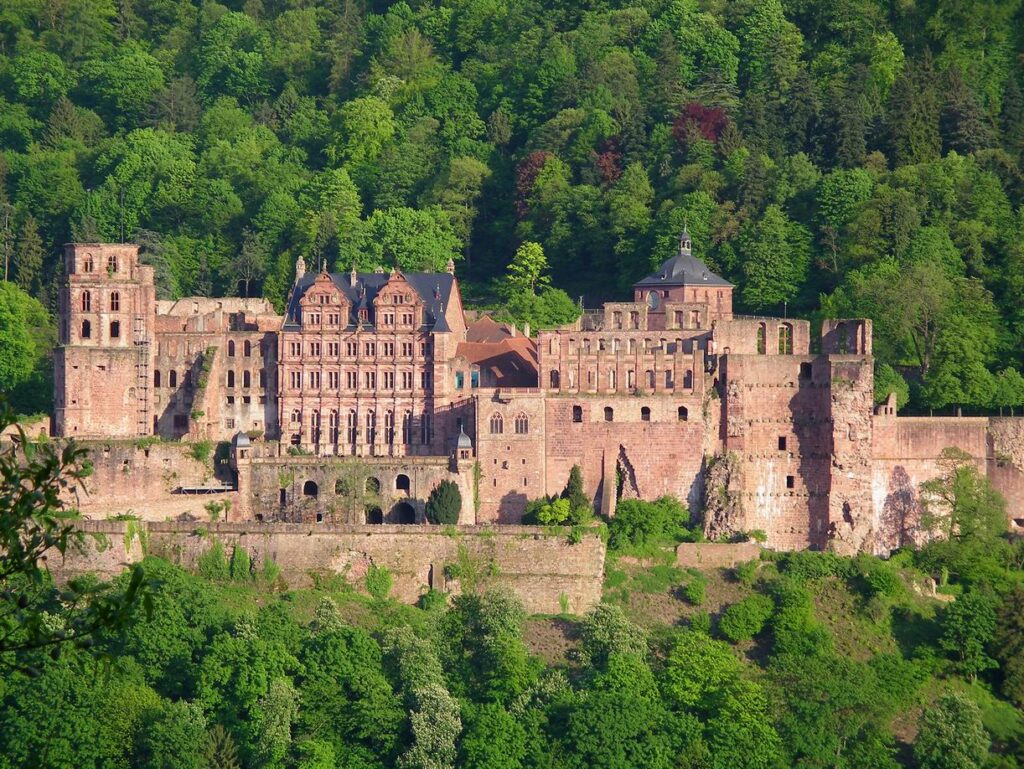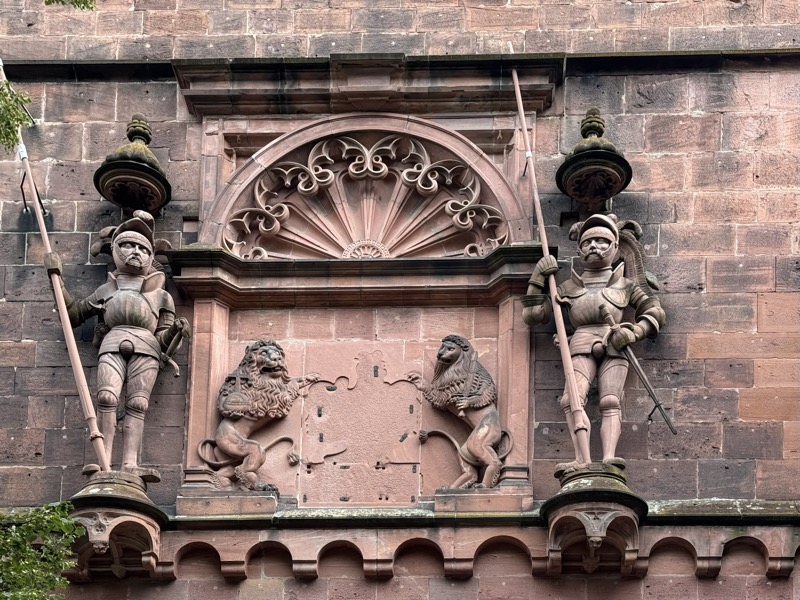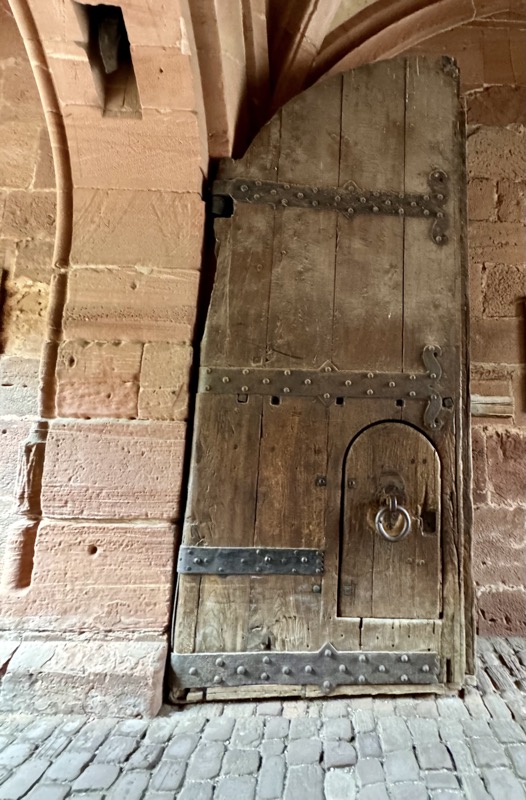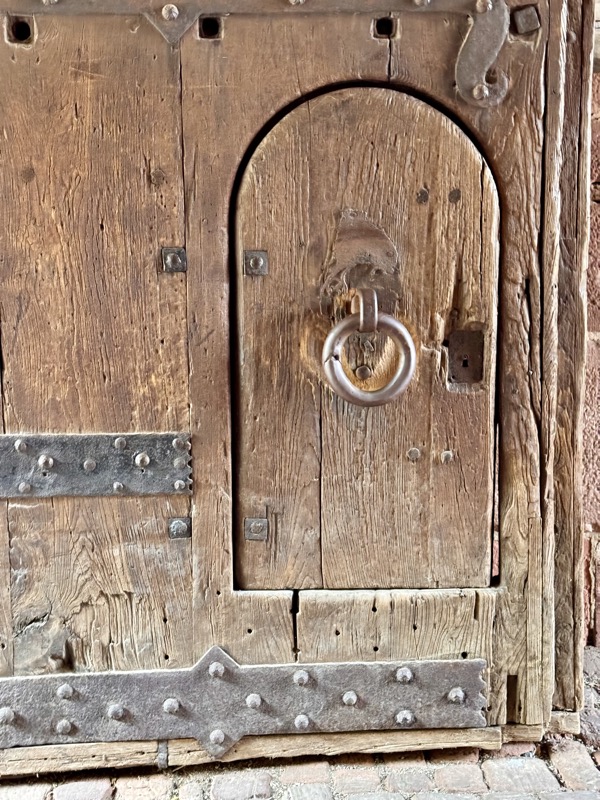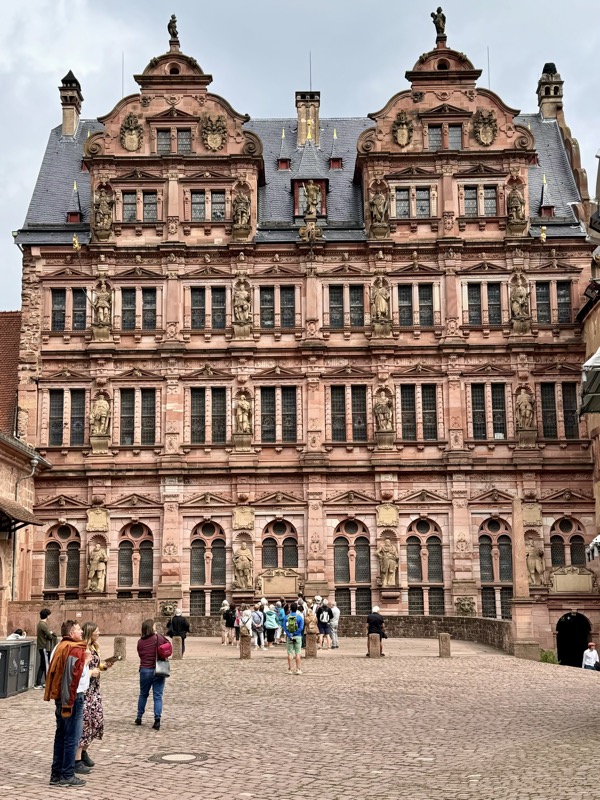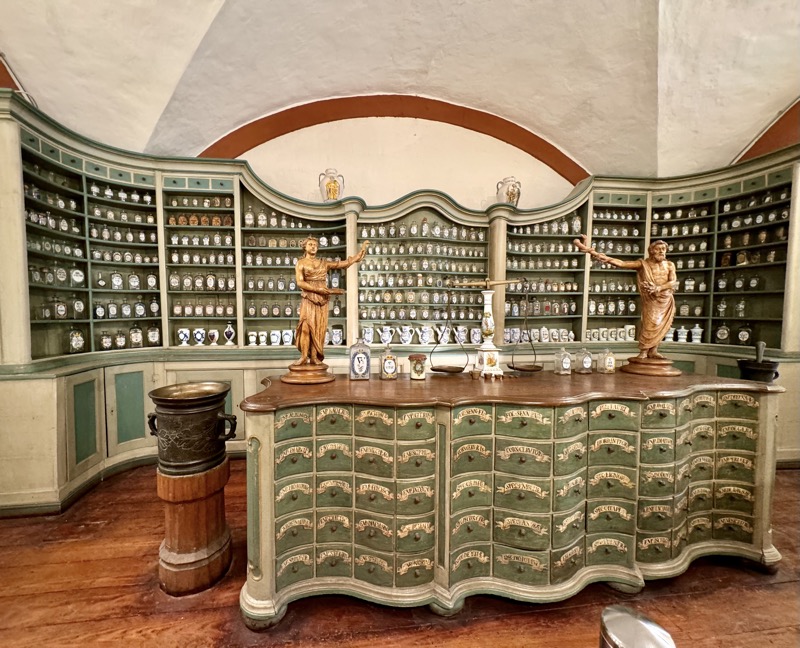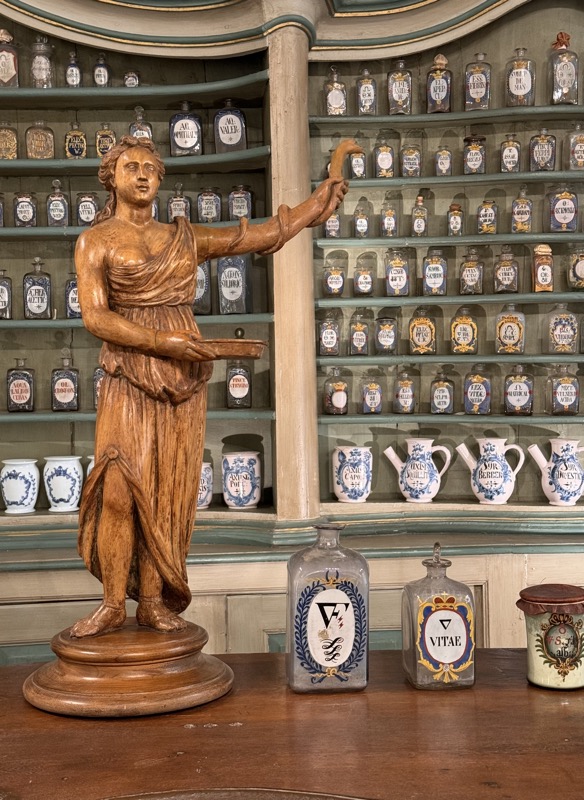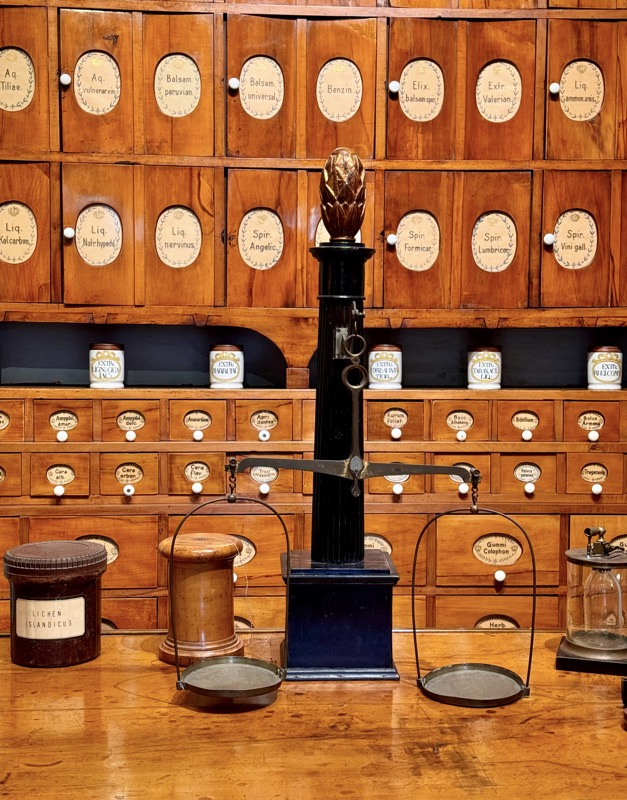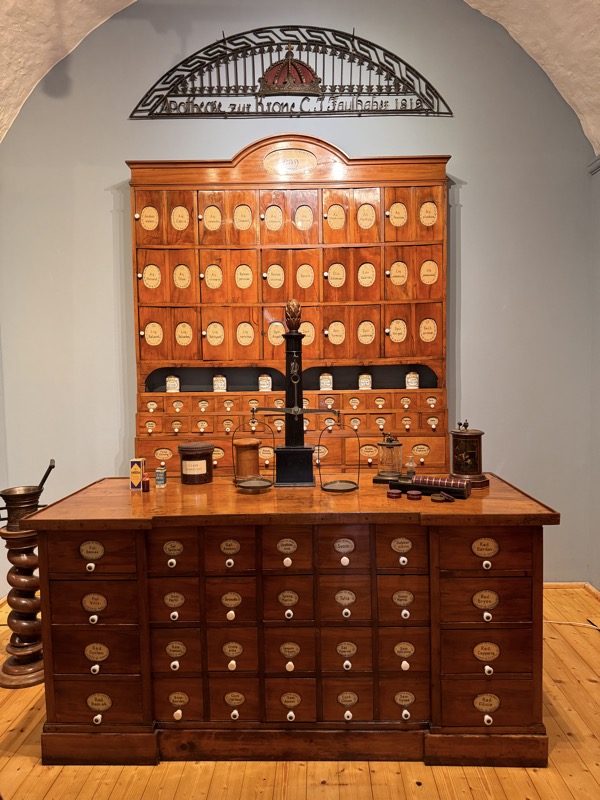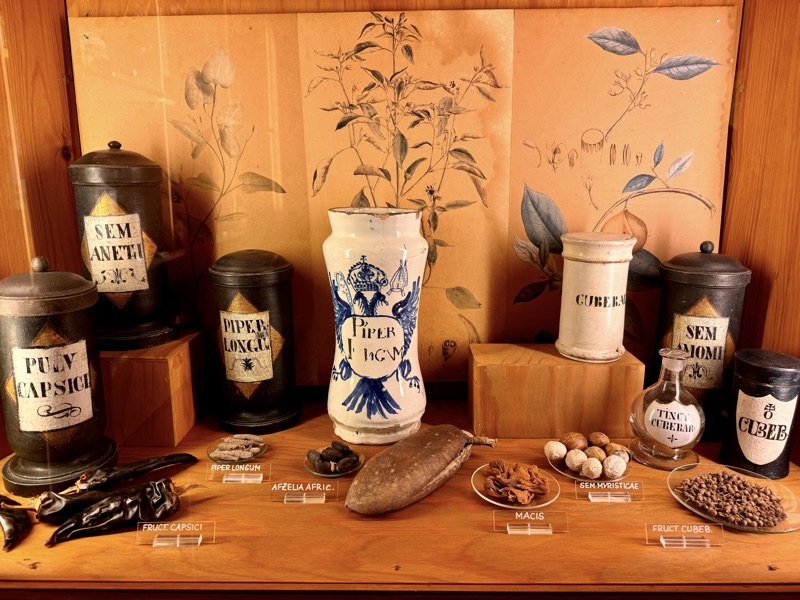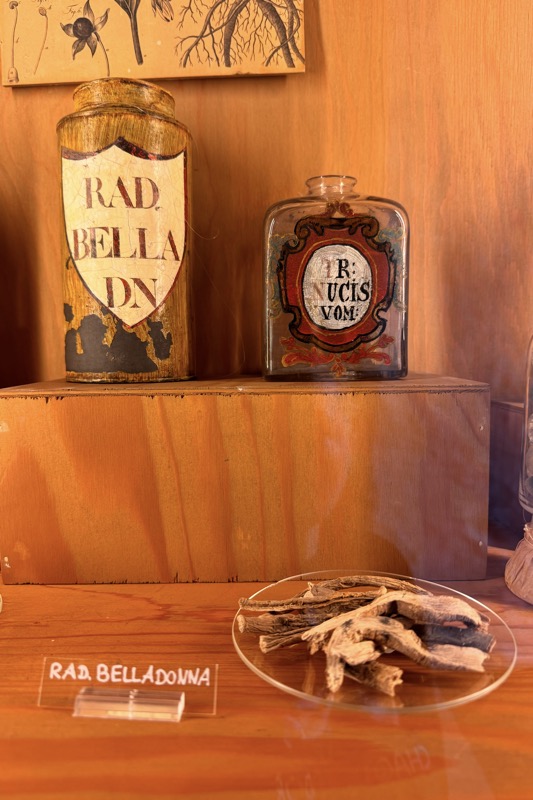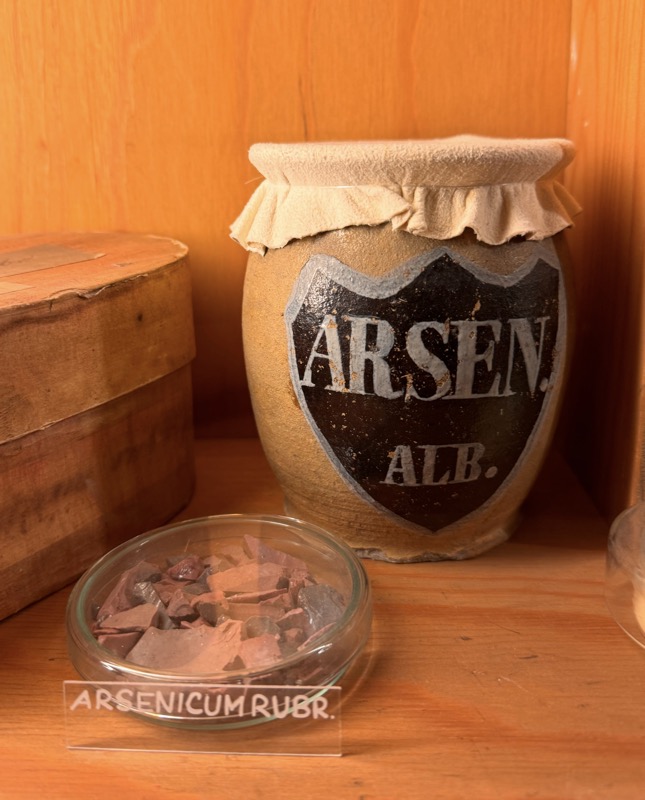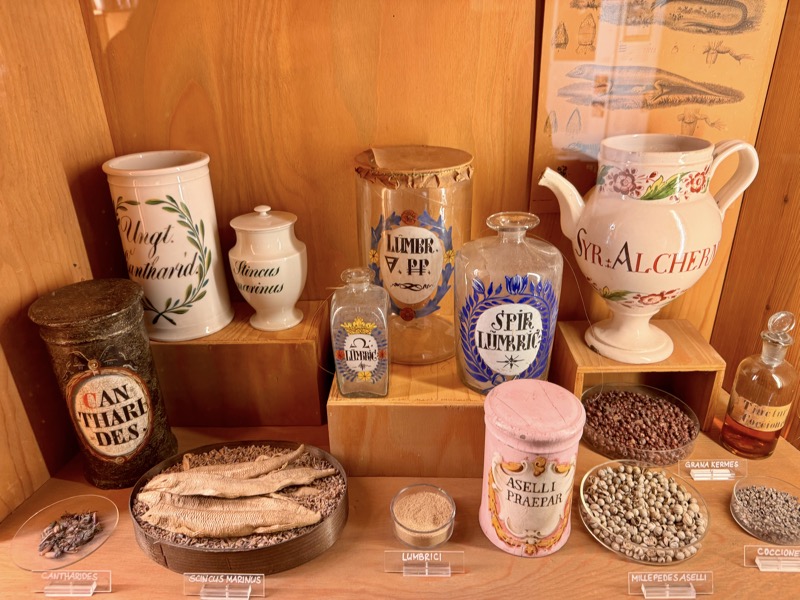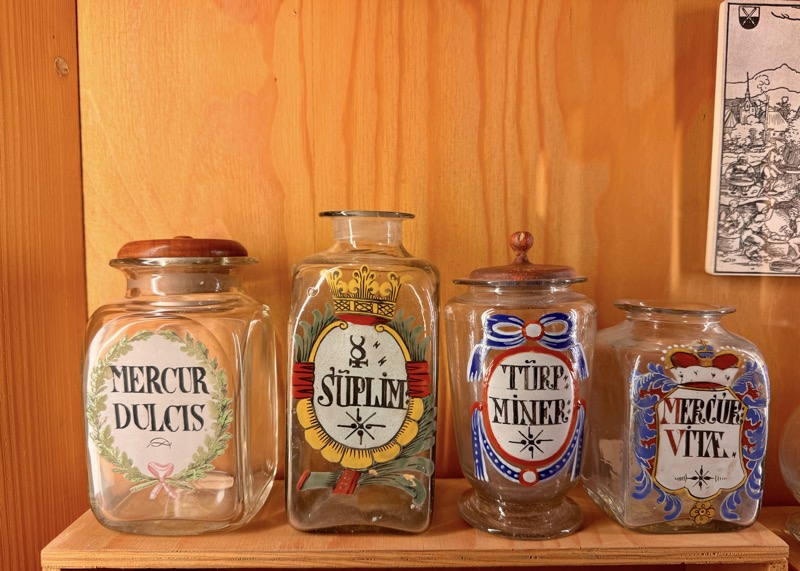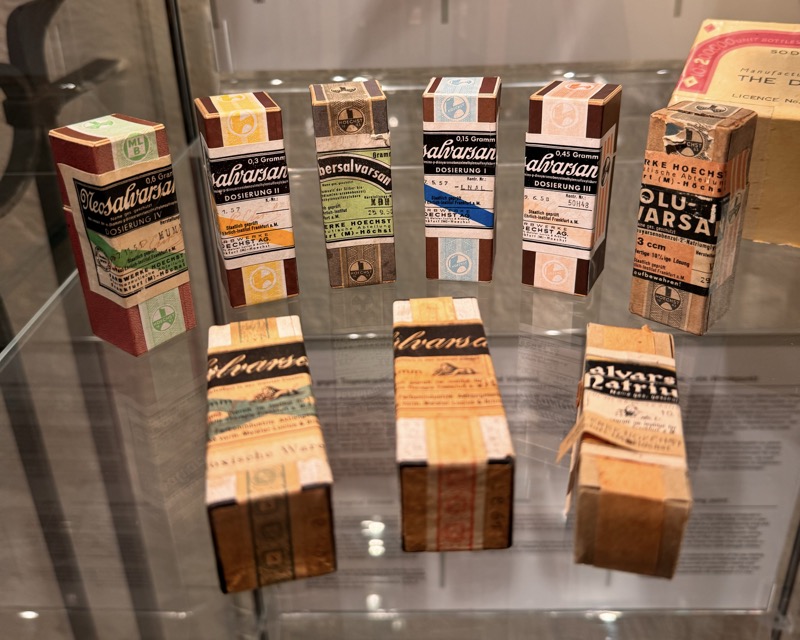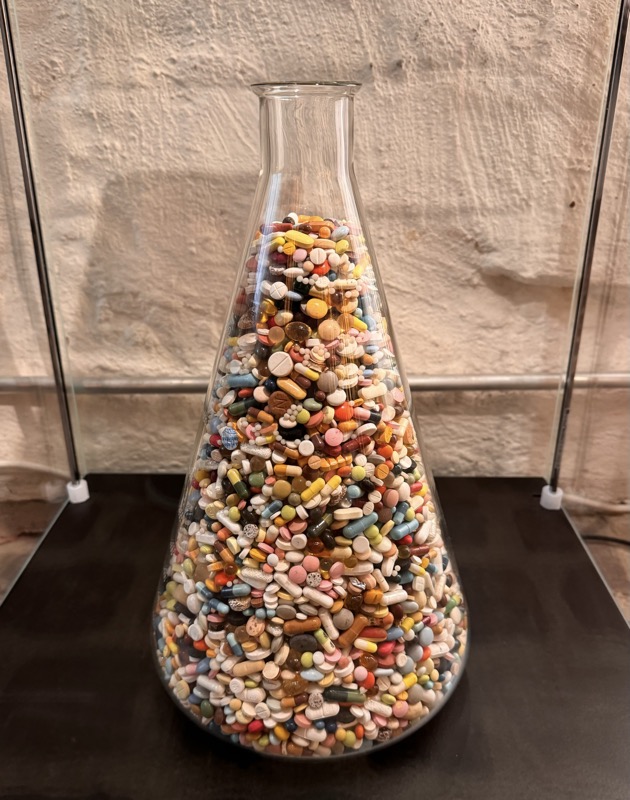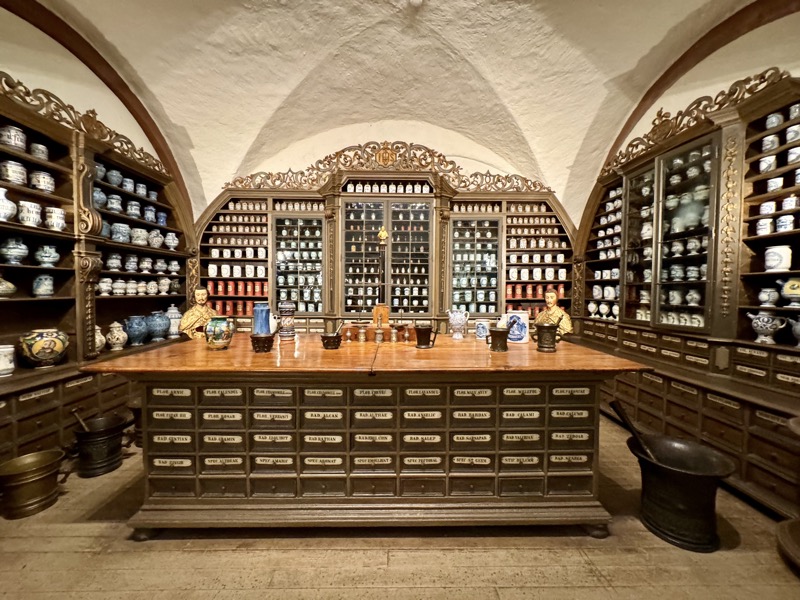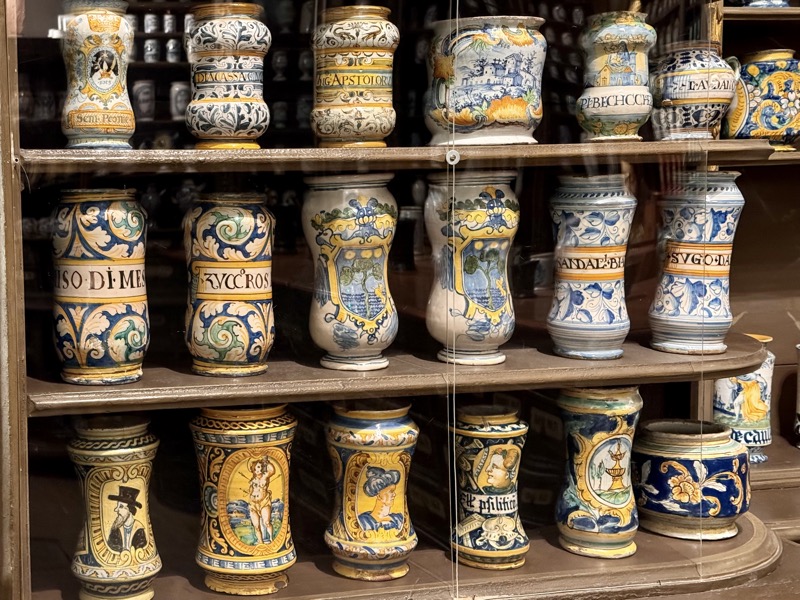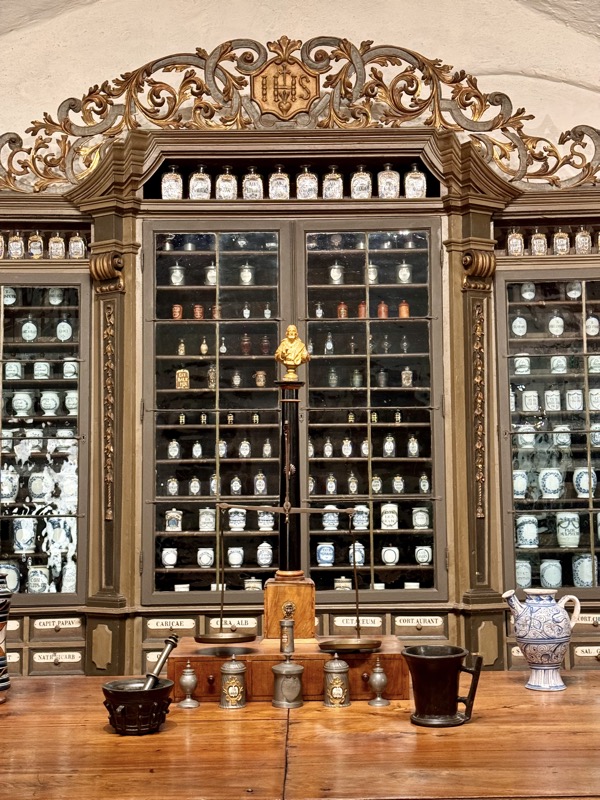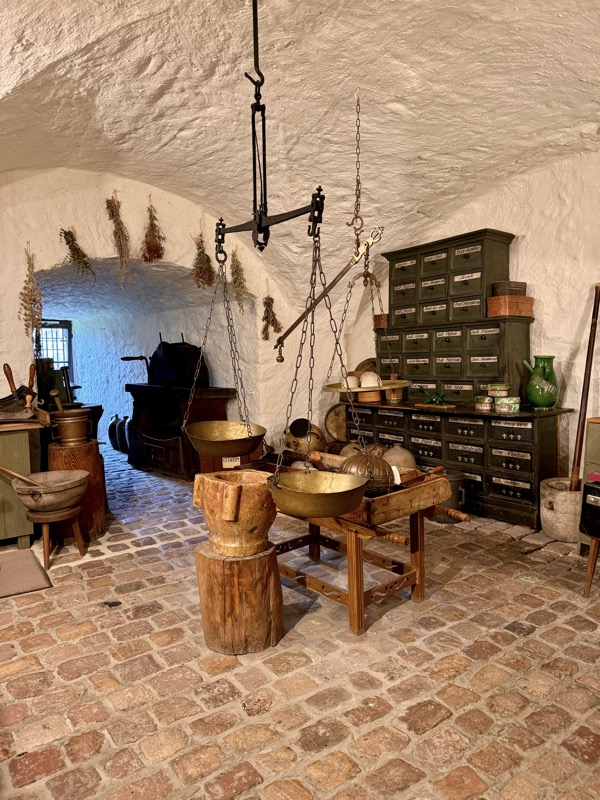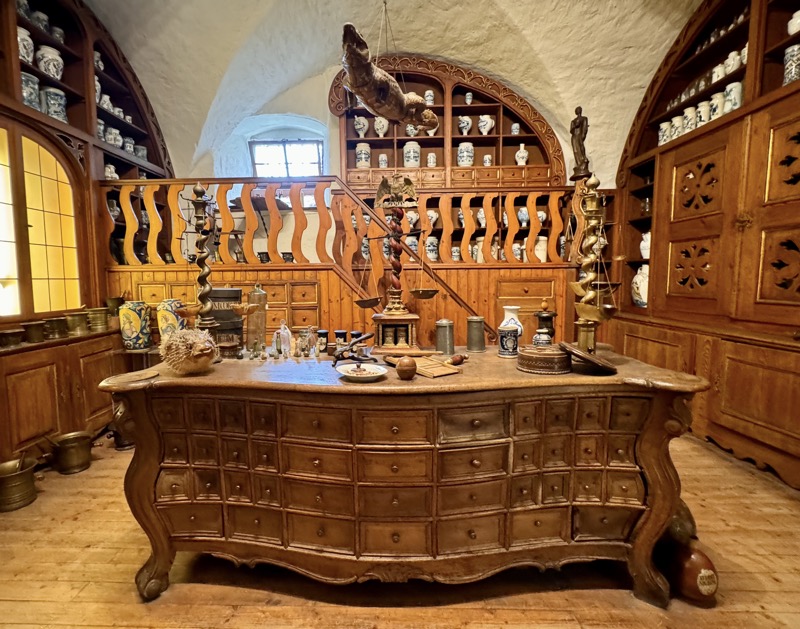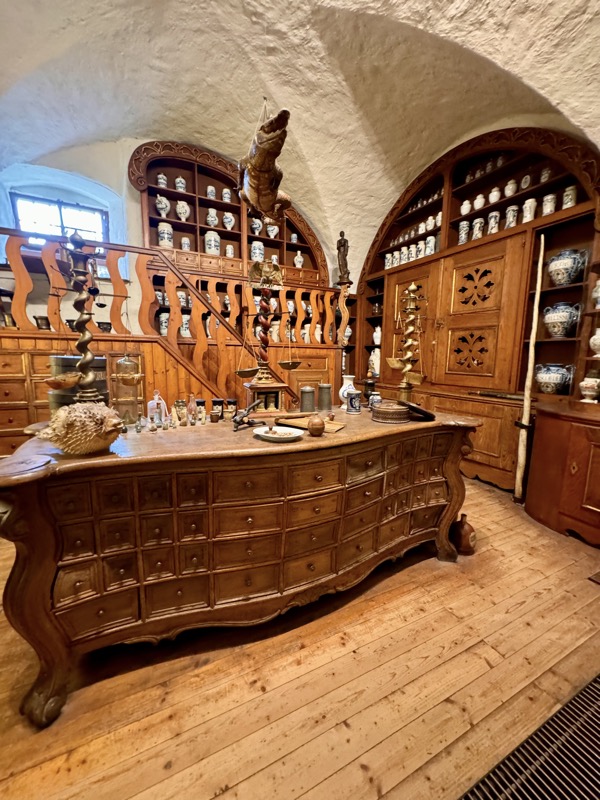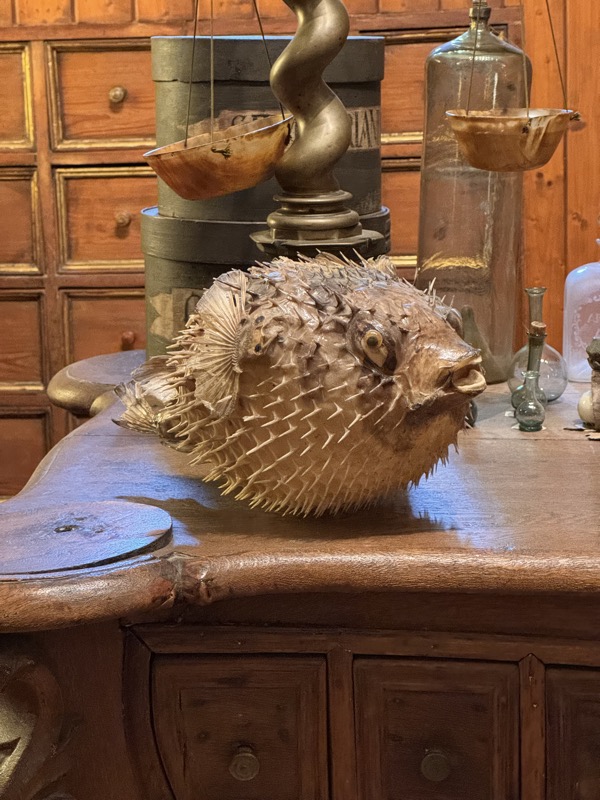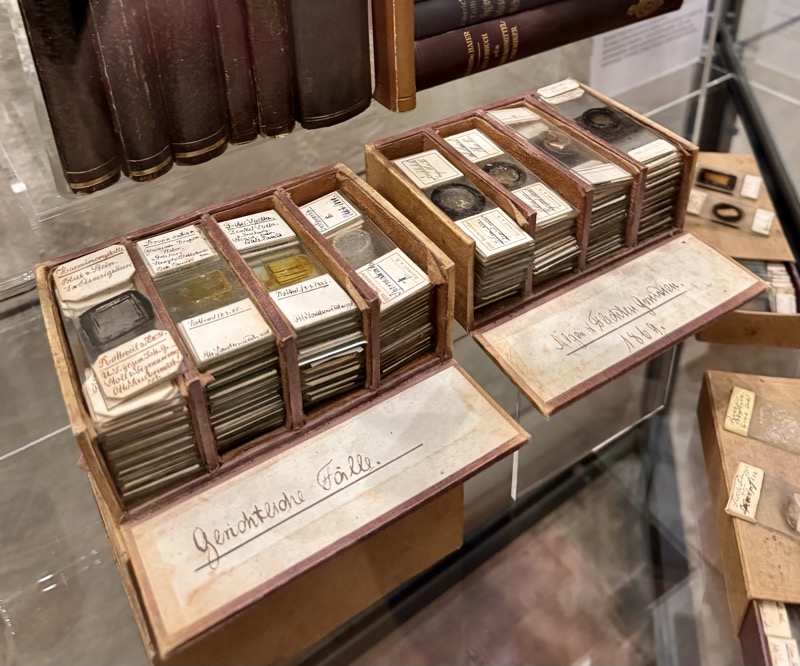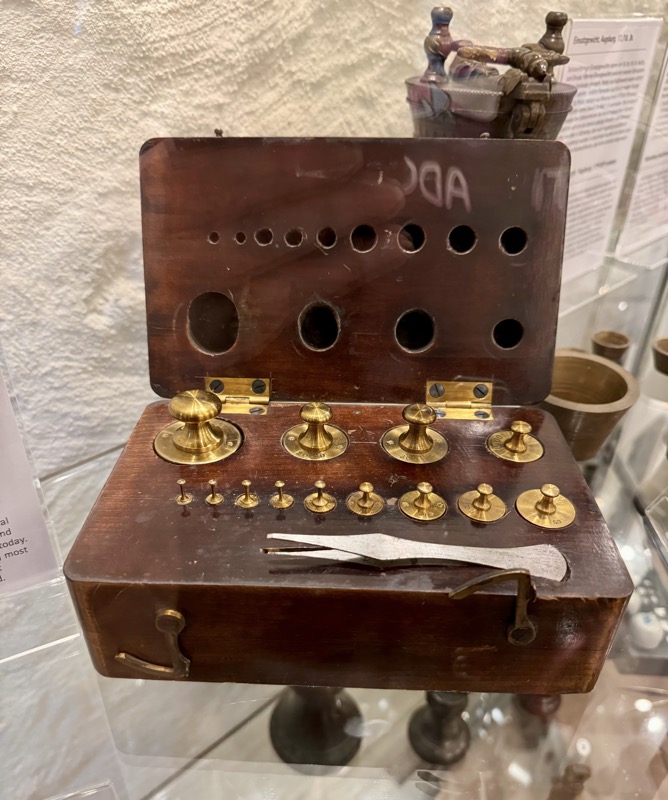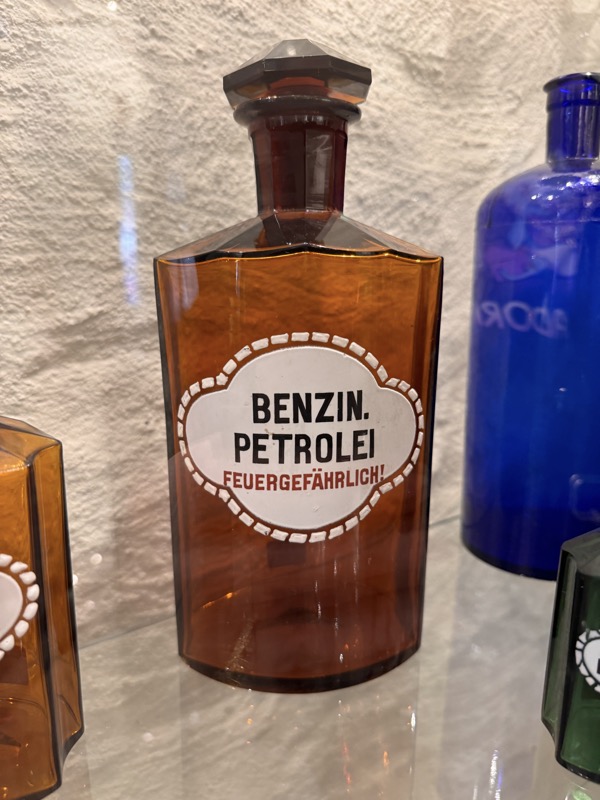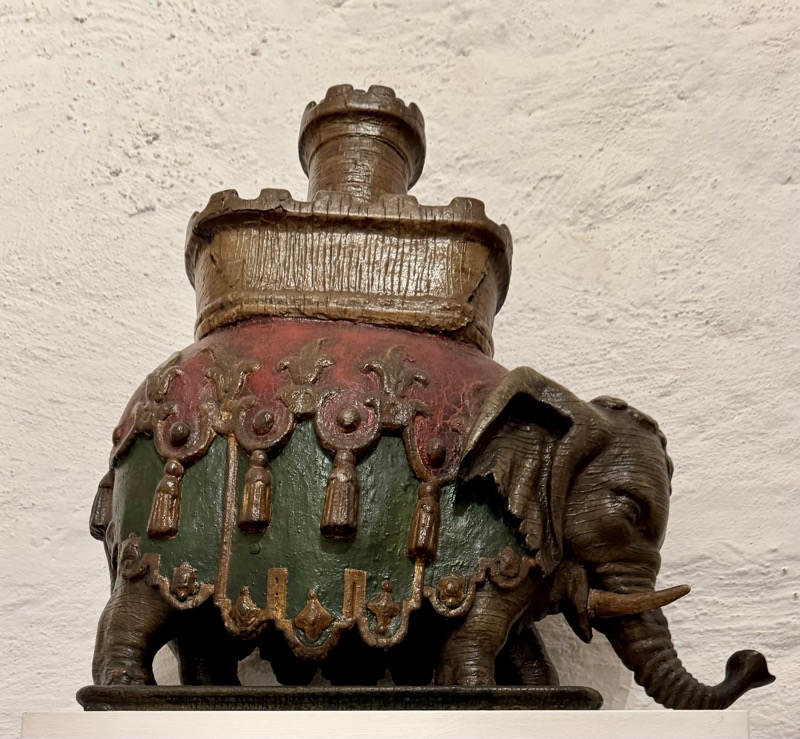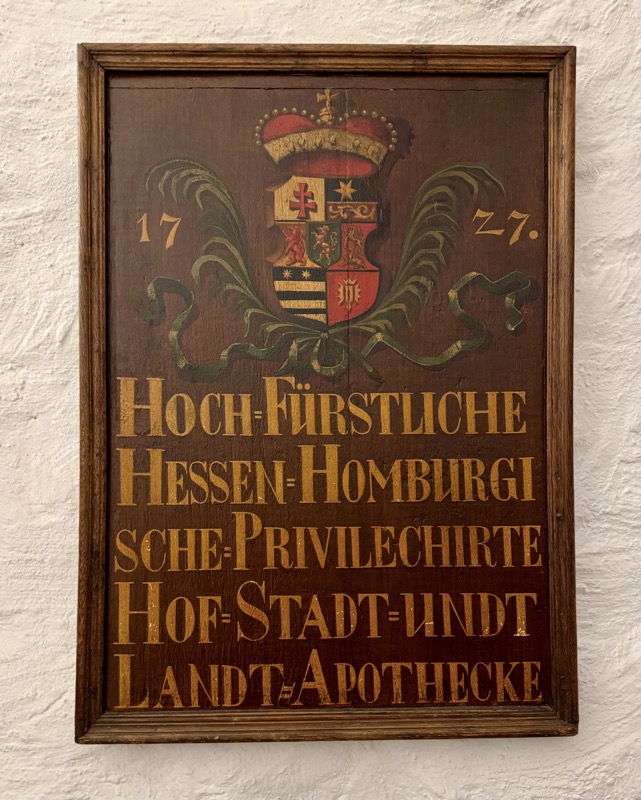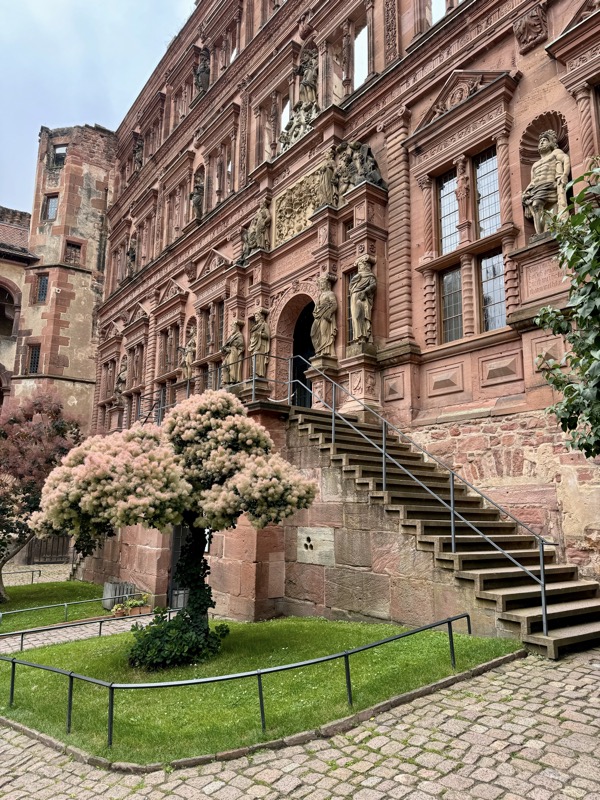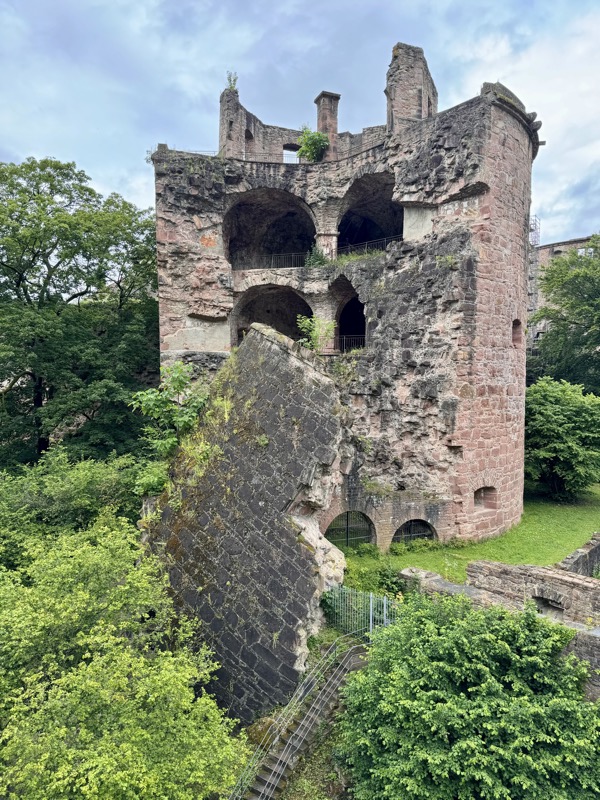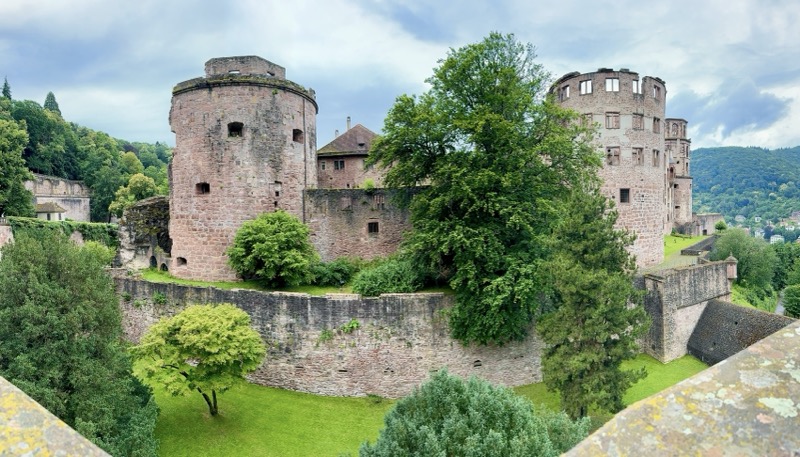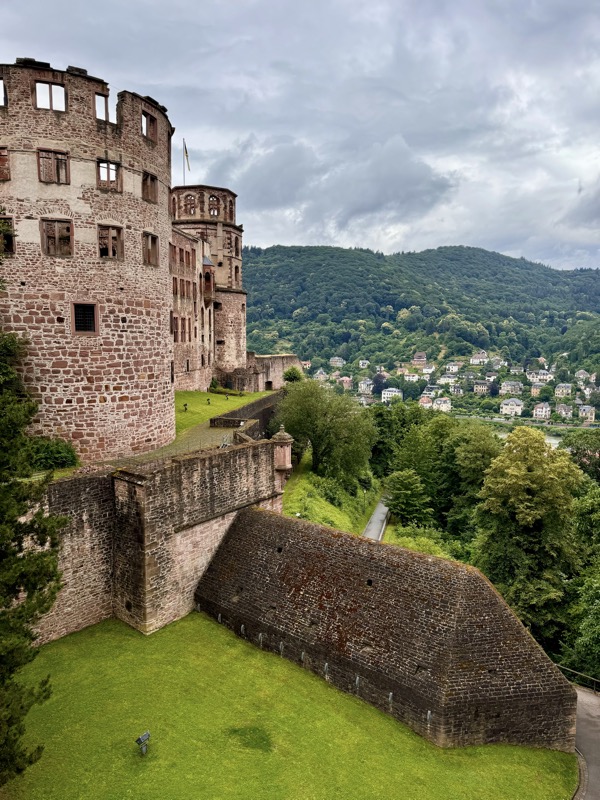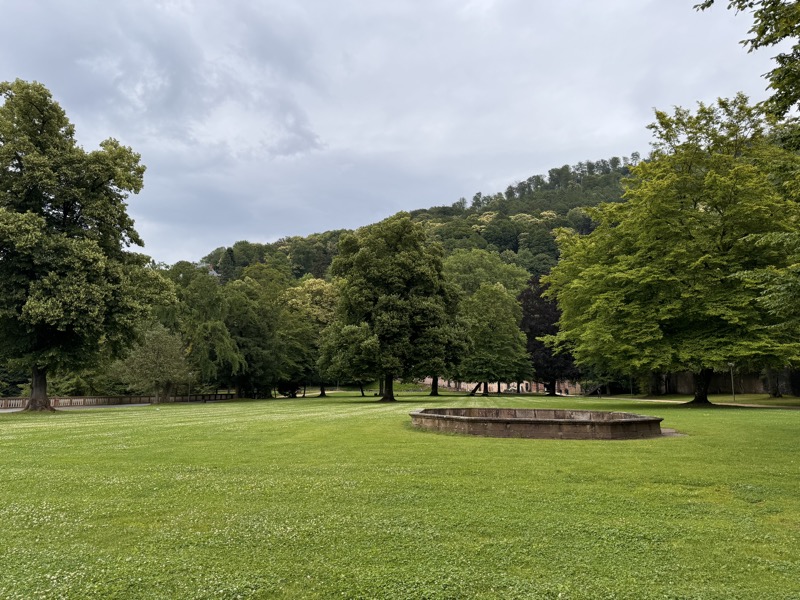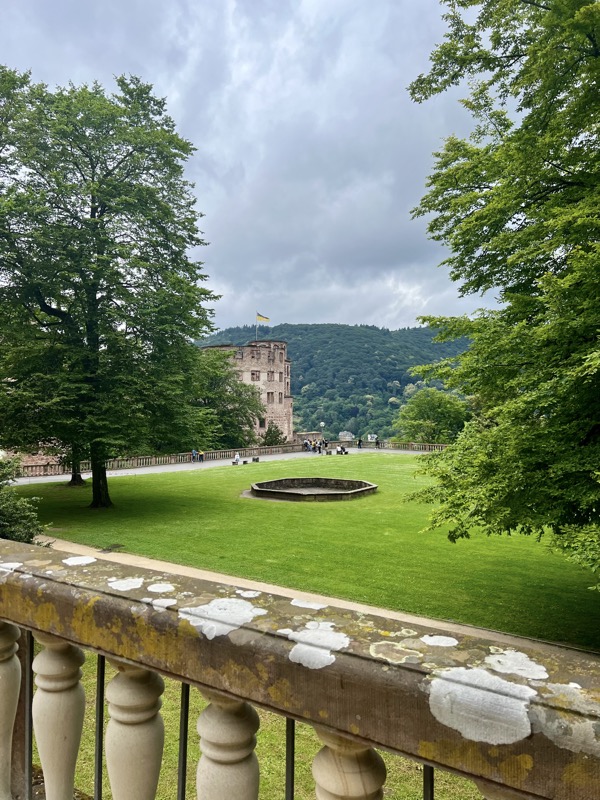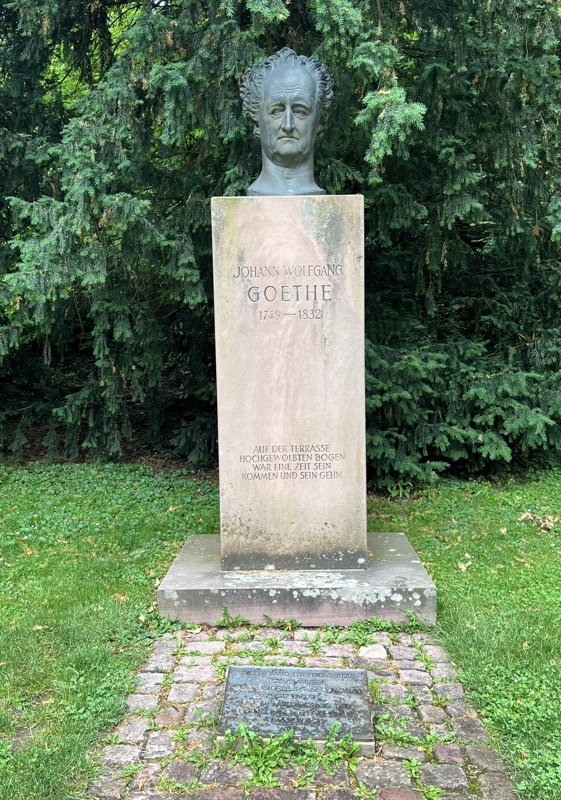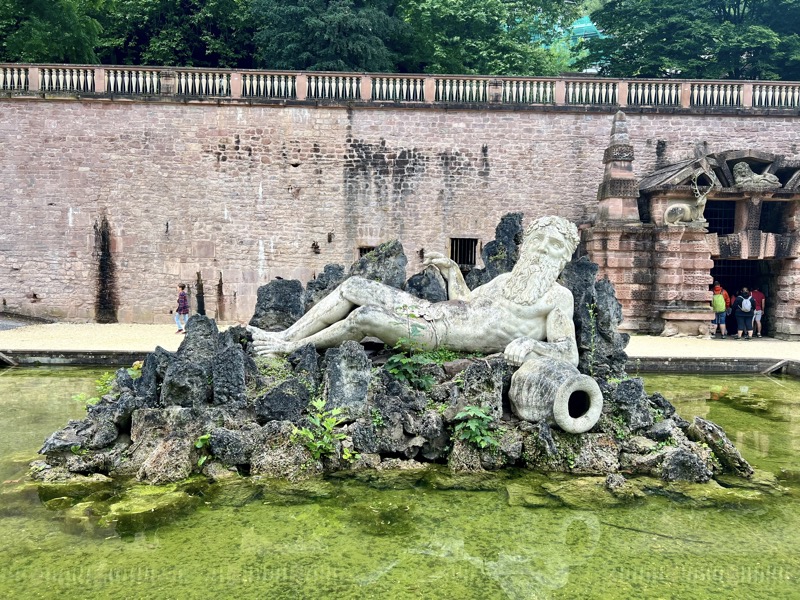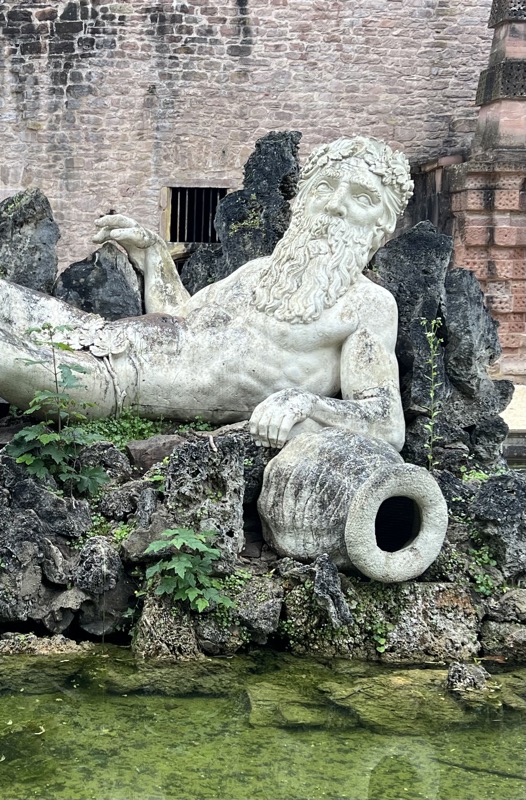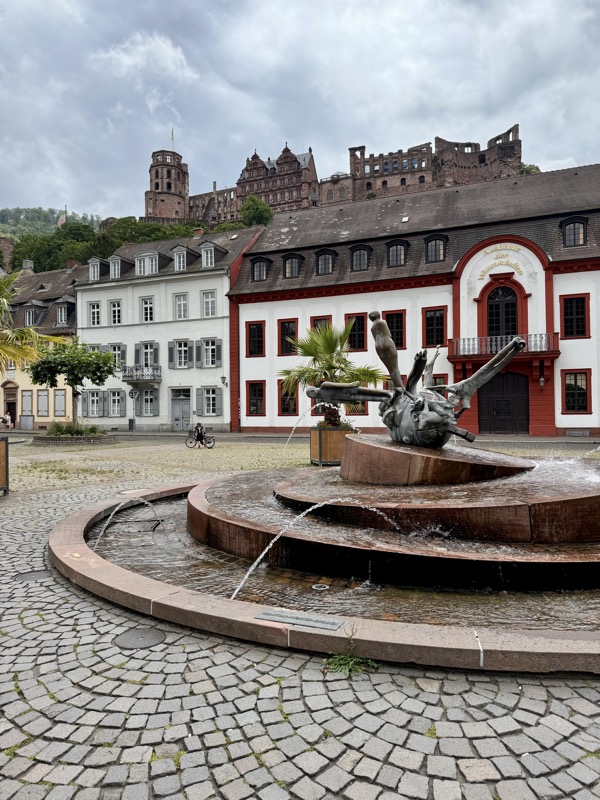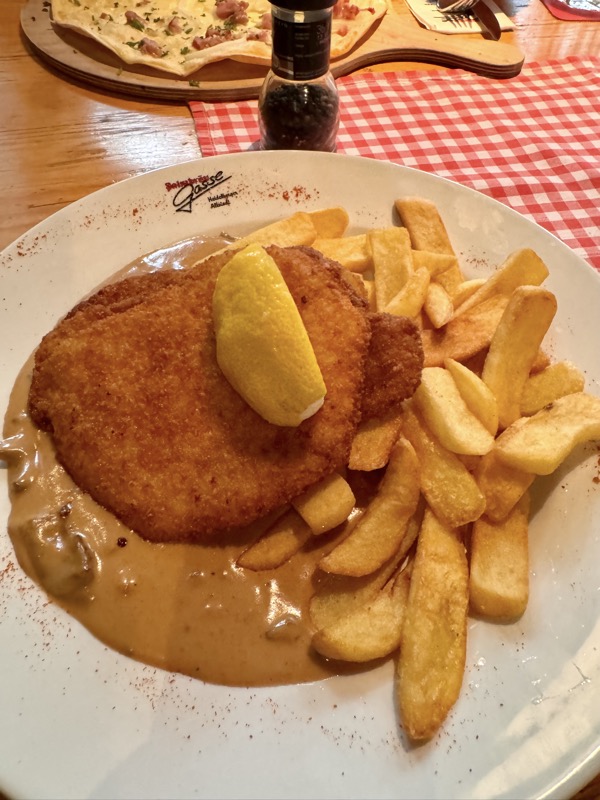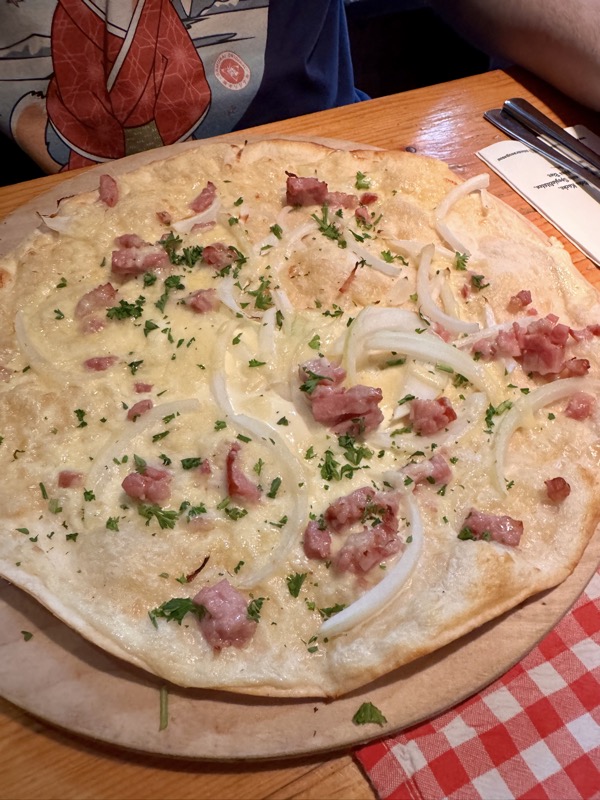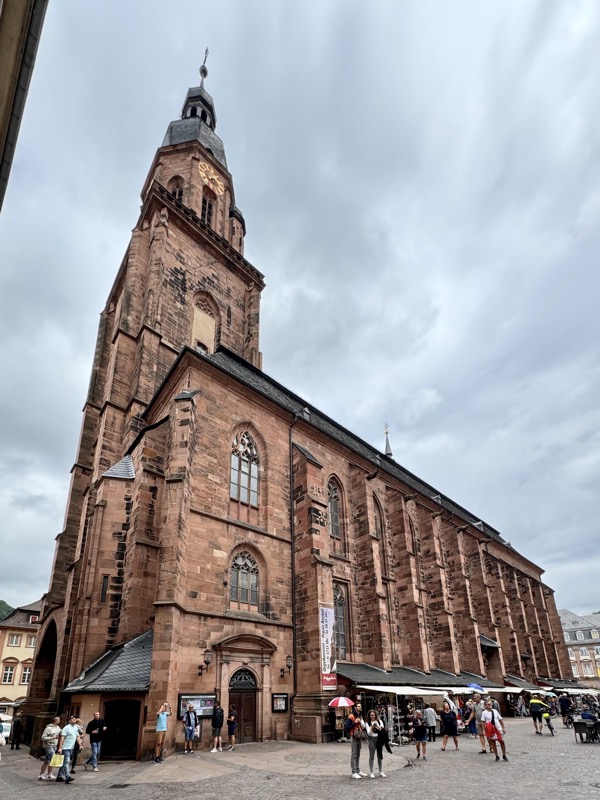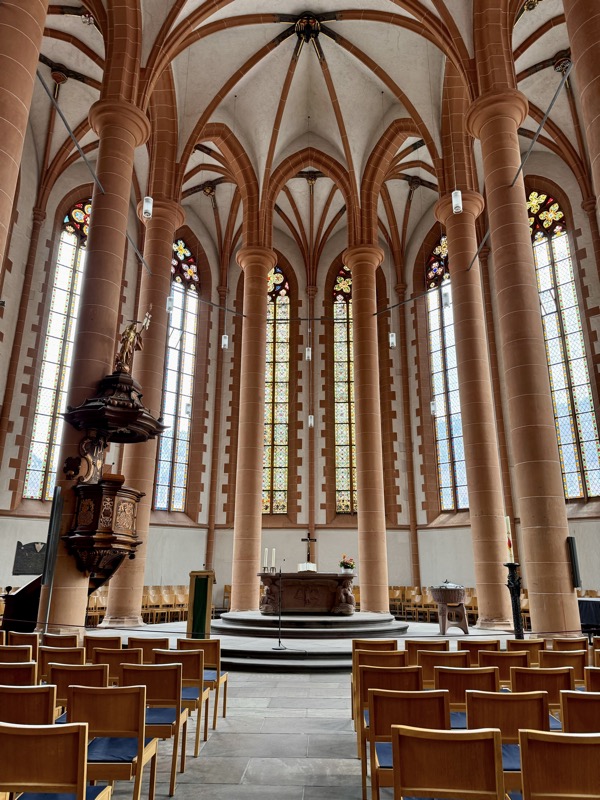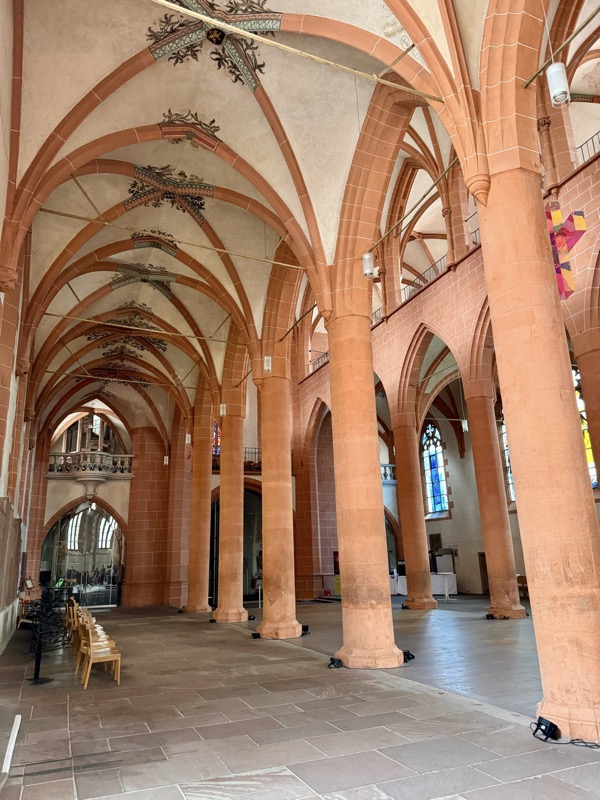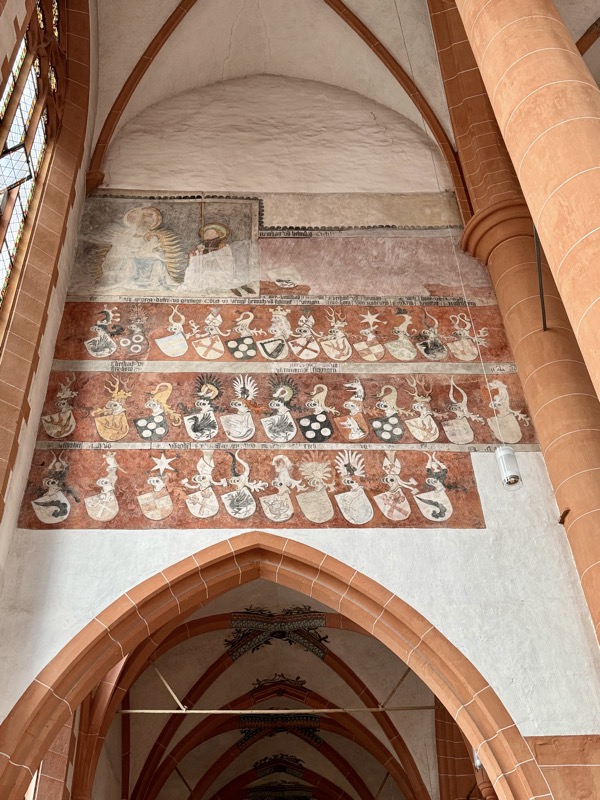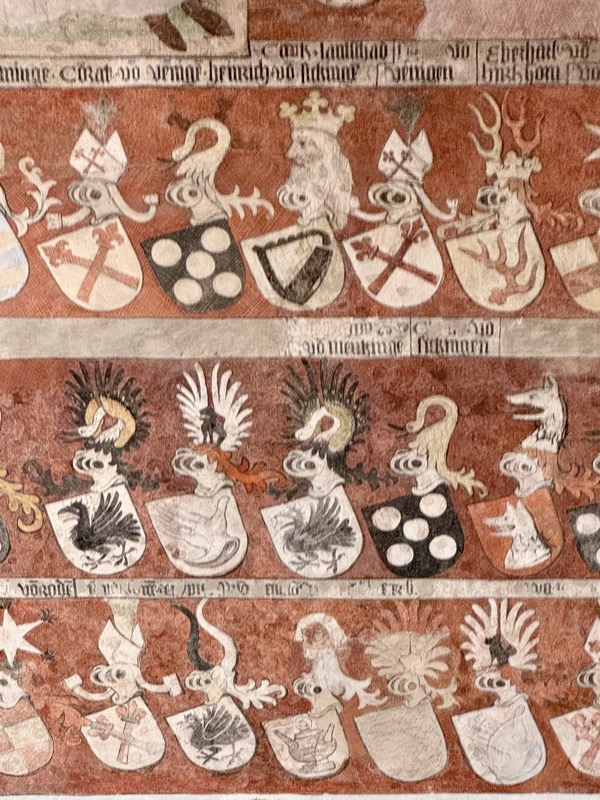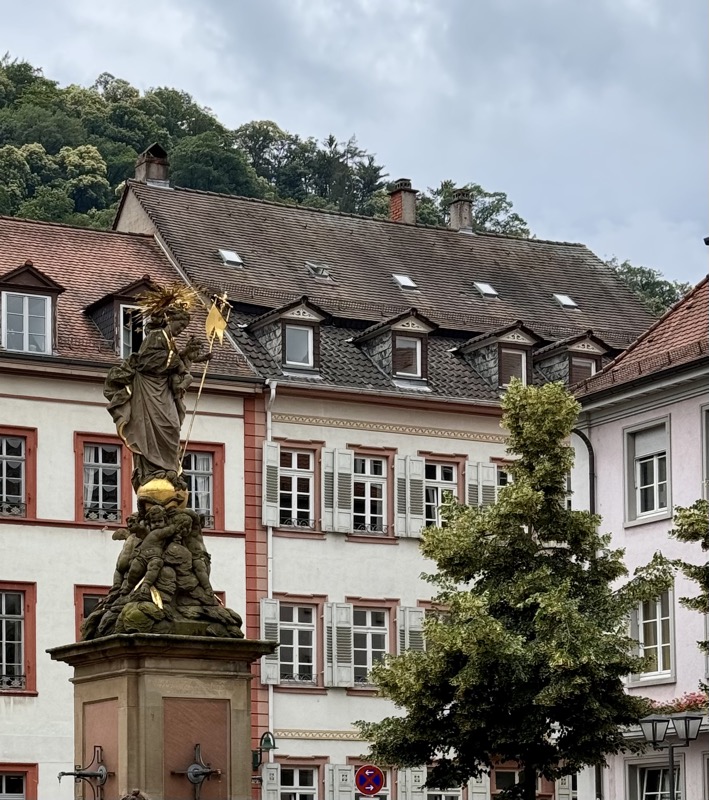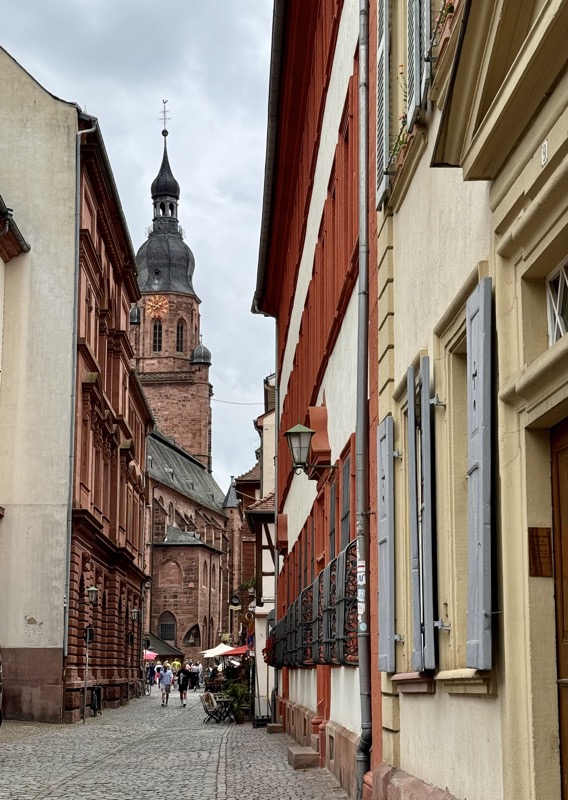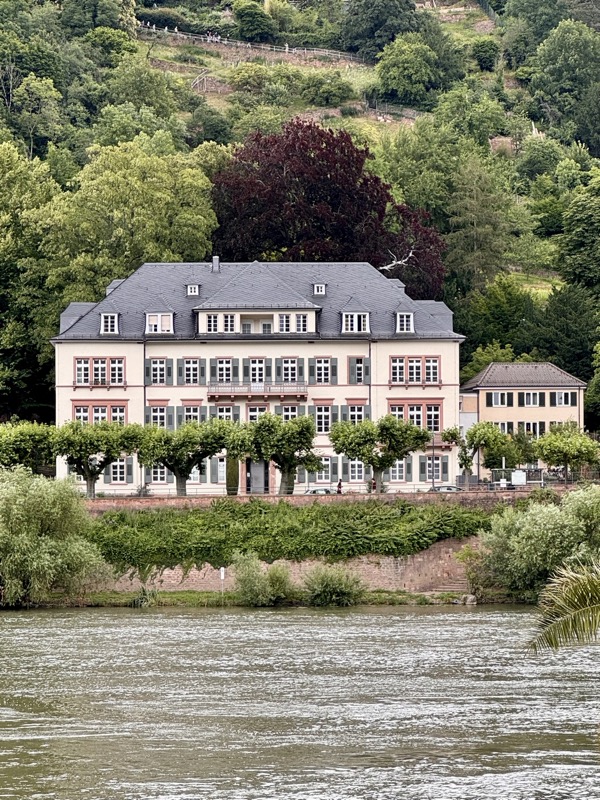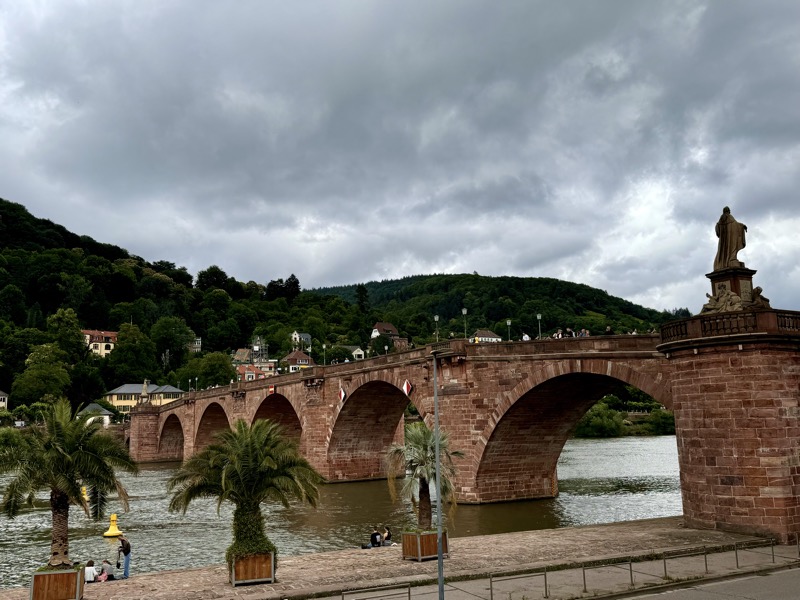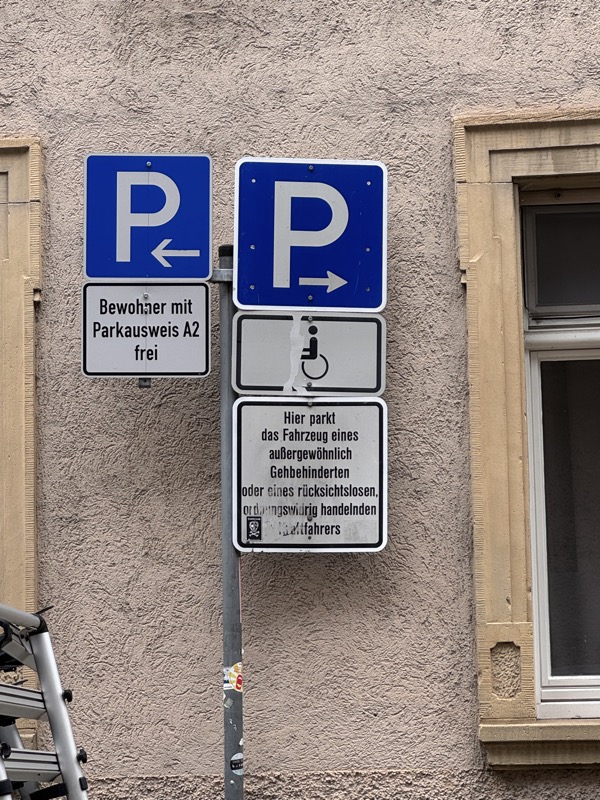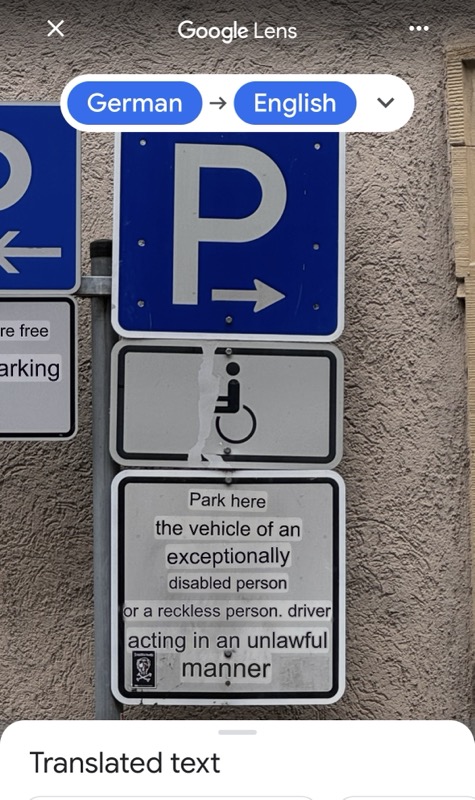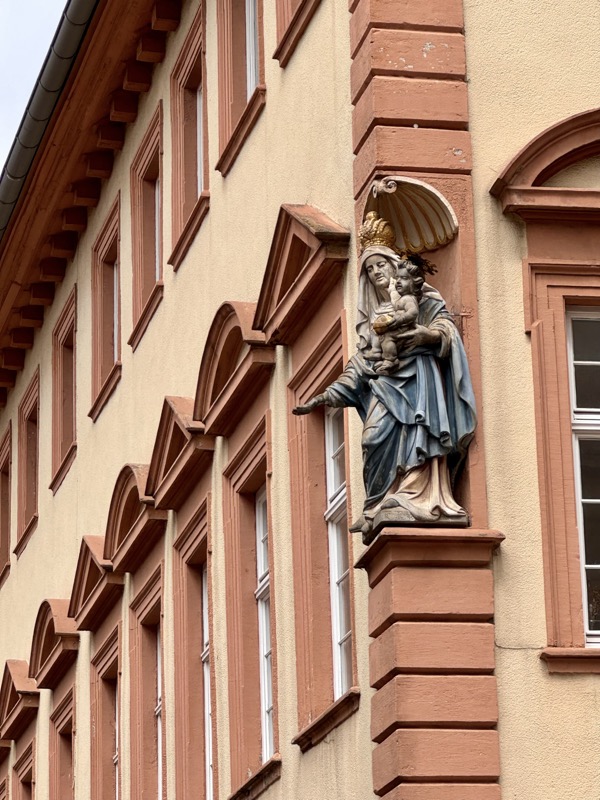Muchen… thirty years on… the drive into the city was uneventful, and most of what we were concentrating on was the traffic! We had arrived well before we could check into our accomodations and the EuroCup stuff we needed to see would be this evening and tomorrow, so decided to go do a bit of touristing before braving the inner city and the football hooligans. I didn’t manage to get to Nymphenburg when I was here last; we were a bit touristed out by the time we got here in ‘95 and in desperate need for a Sea Day – only I didn’t know what those were yet!
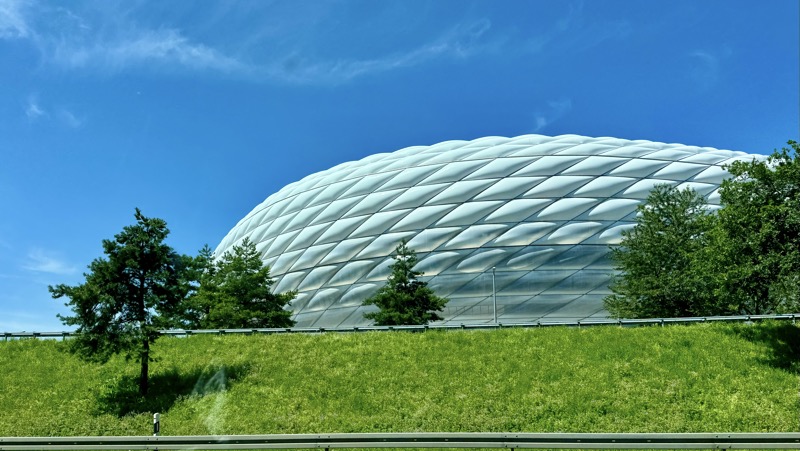
Nymphenburg Palace was established as a summer palace residence for the birth of the long anticipated heir to the Bavarian throne, Max Emanuel. He was born in 1662 to the Bavarian Elector Ferdinand Maria and his wife, Henrietta Adelaide of Savoy after nearly ten years of marriage. This site on the edge of exisiting court lands to the west of München and the Residenz was chosen for the new palace because at that time it was some way out of the city and was surrounded by cool open countryside. Construction began in 1664 under the direction of an Italian architect Agostino Barettli, who also is responsible for the design of Munich’s Theatine Church.

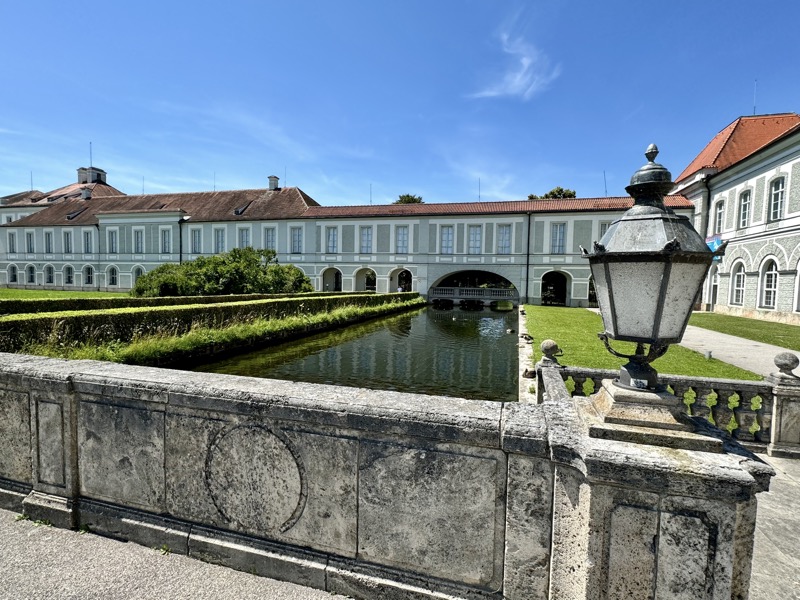
Initially the Nymphenburg summer residence was to be an enormous cubic pavilion, flanked with a court church, several outbuildings and a small, walled formal garden. By 1679, the initial stages of the palace complex was nearly completed. The present day Palace with it’s simply massive scale was completed under the elector Max Emanuel (his reign was 1680-1726), and supervised by the court architect Henrico Zuccalli who added two off-set pavilions on each side of the original structure to the north and south. By 1701, the two pavilions were linked with the central edifice by galleries – because well, you can never have too much space for when unexpected relatives drop round. This is seriously the largest palace I think I have ever visited (that or my memory is playing tricks on me).
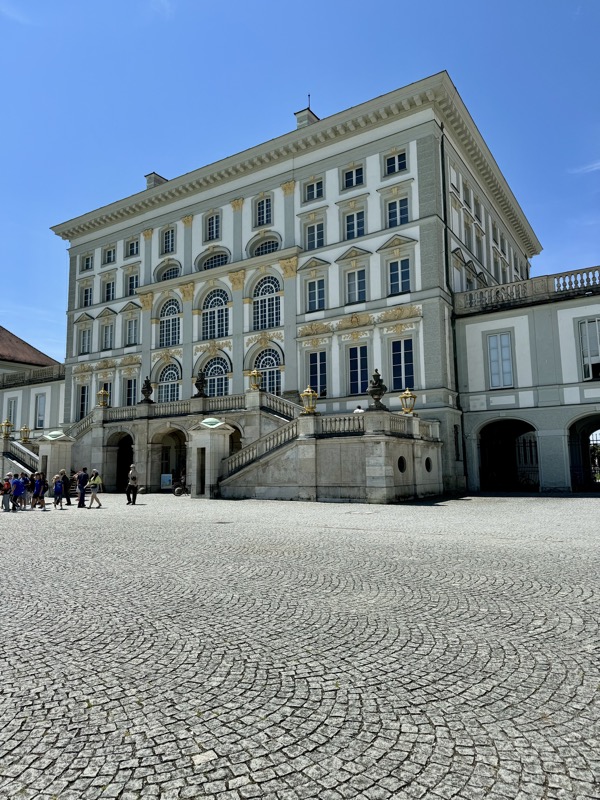
The Great Hall… Nymphenburg was presented to Henrietta with the land to mark the birth of her son and Heir in 1662; the Italian born princess called her Baroque country seat, “Borgo Delle Ninfe”, Castle of the Nymphs. It because a very popular summer residence with the Bavarian rulers and numerous members of the Wittelsbach dynasty contributed to it with Baroque, Rococo and Neoclassical additions.
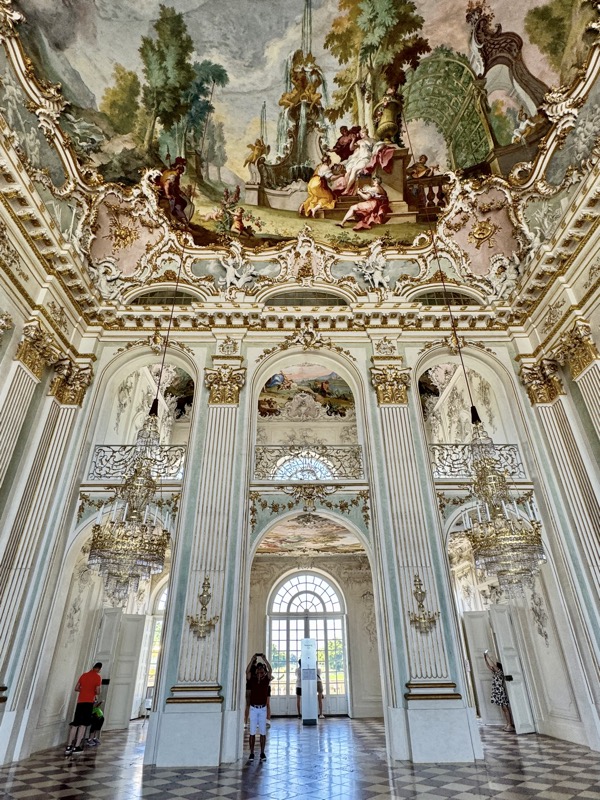
The light filled Great Hall is in the centre of the Palace and was redecorated under Elector Max III Joseph in the Rococo style in the mid 18thC by Bavarian artist Johann Baptist Zimmerman. The colourful ceiling depicts nymphs and flower goddess Flora in an Arcadian landscape bringing nature into the palace, under and Olympian heaven with its Gods.


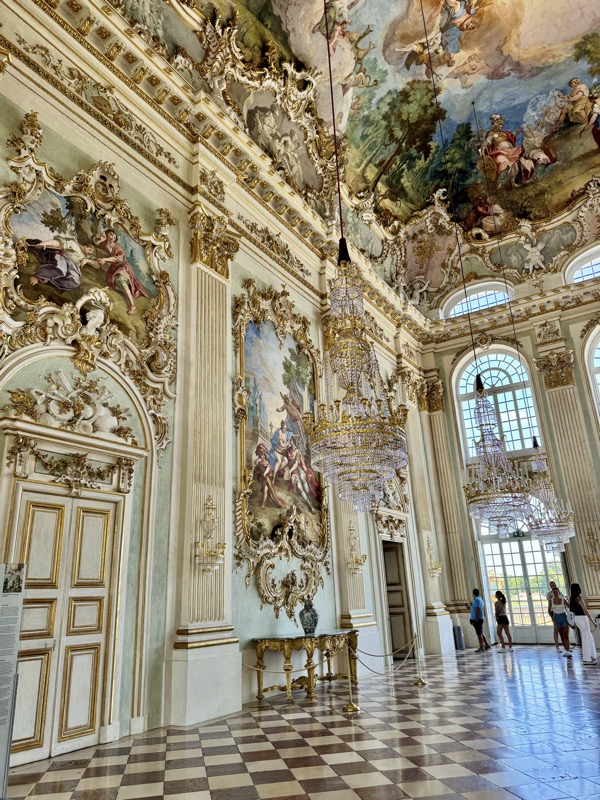
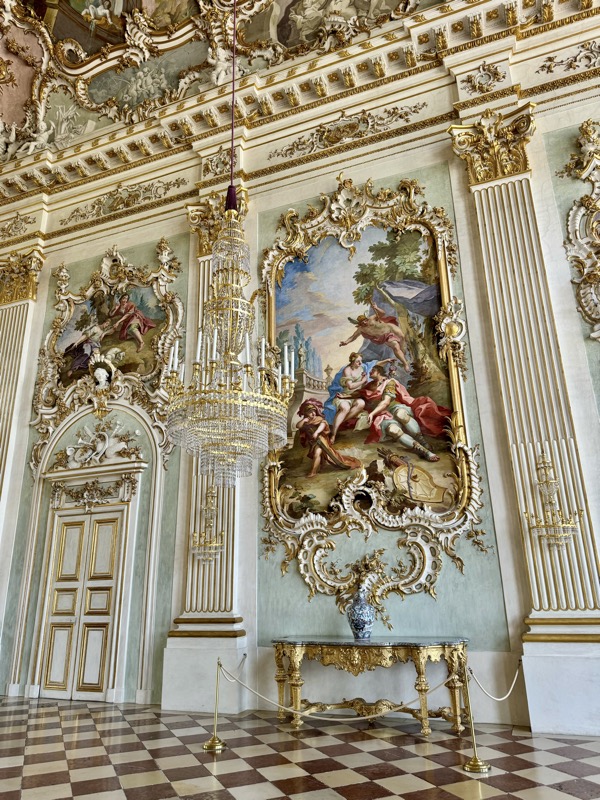

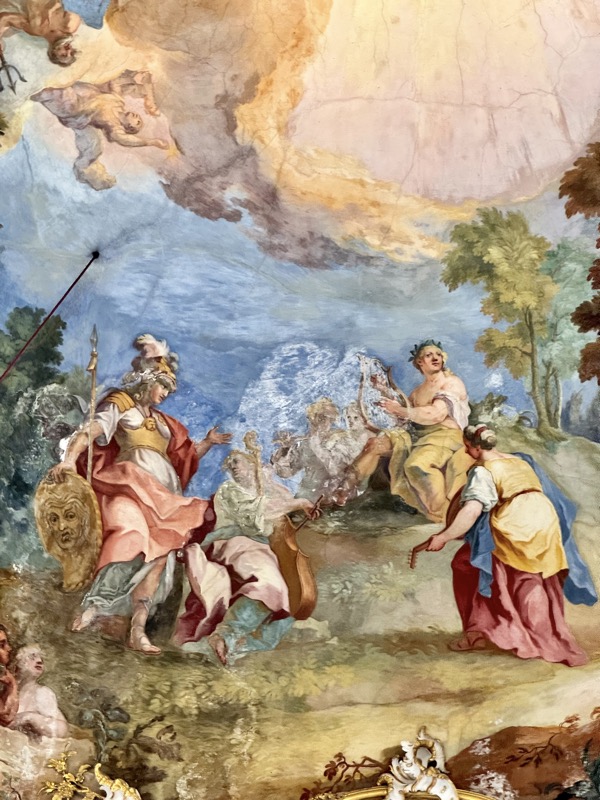
Entry to the hall was via external flights of steps on the city and the garden side of the hall, making a grand staircase unnecessary. Musicians would entertain guests from the gallery in the image below.

The North Antechamber- originally the Elector’s chamber.
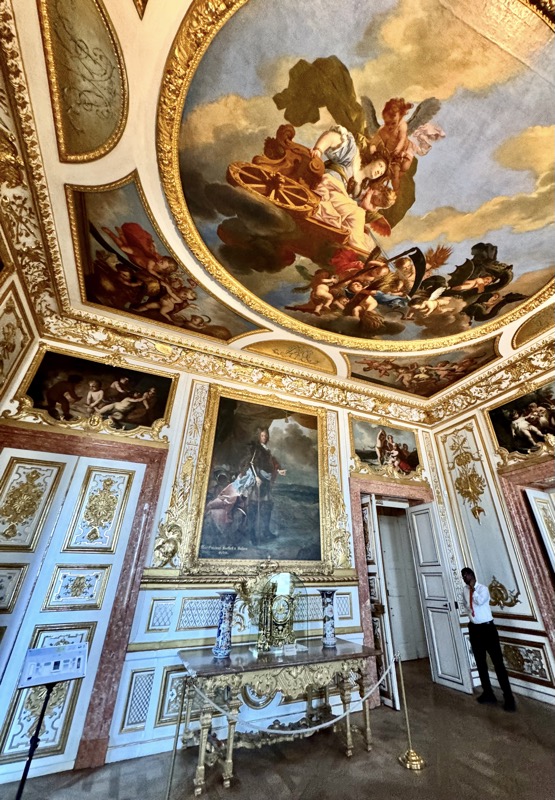

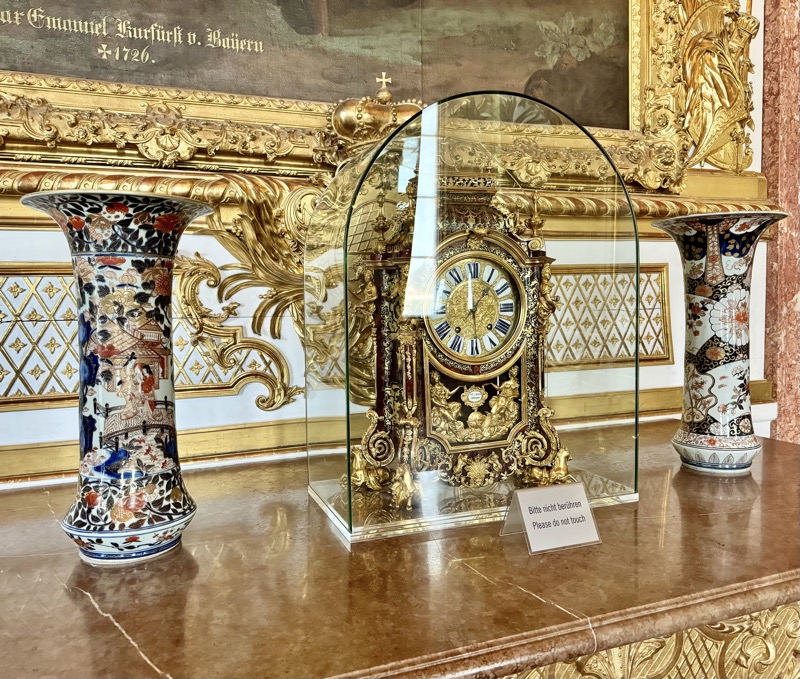

Another antechamber?
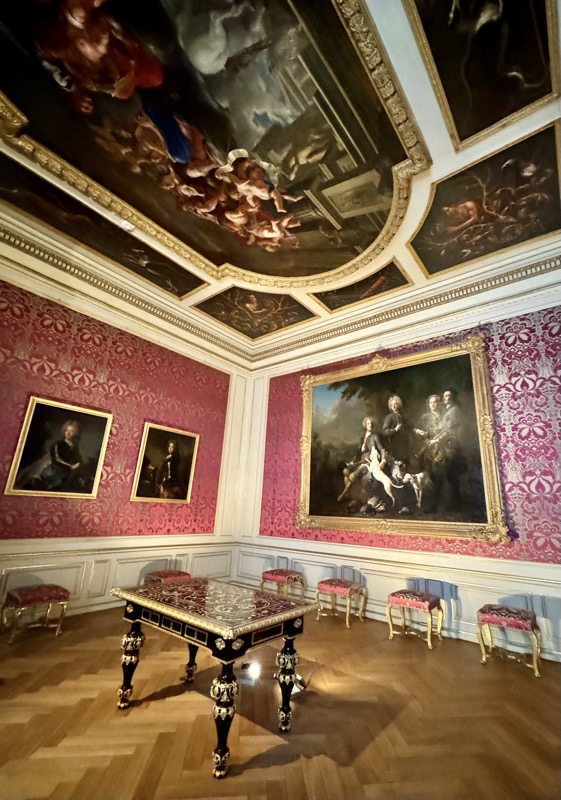
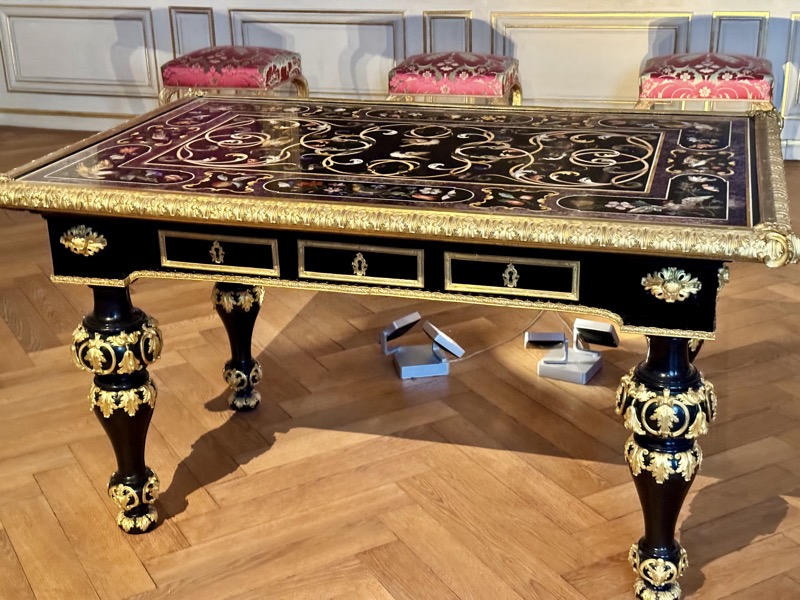
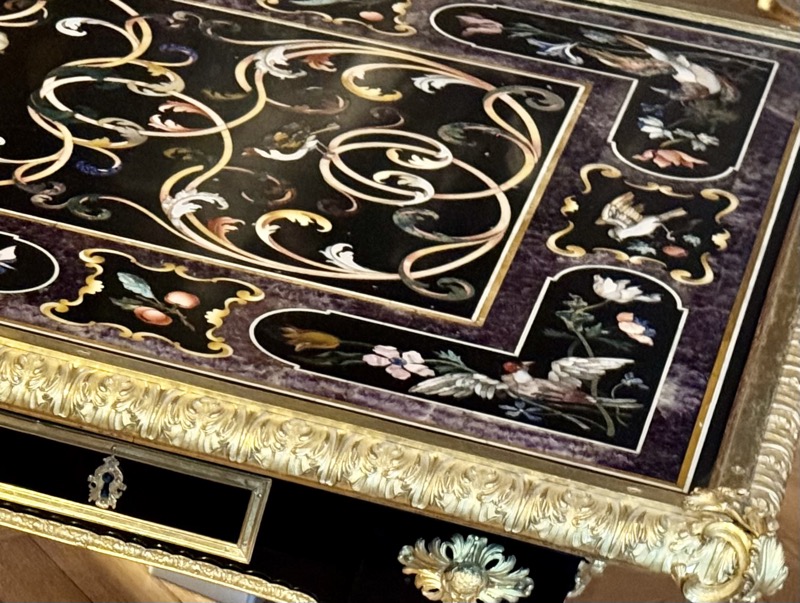
The Elector’s Bedchamber.
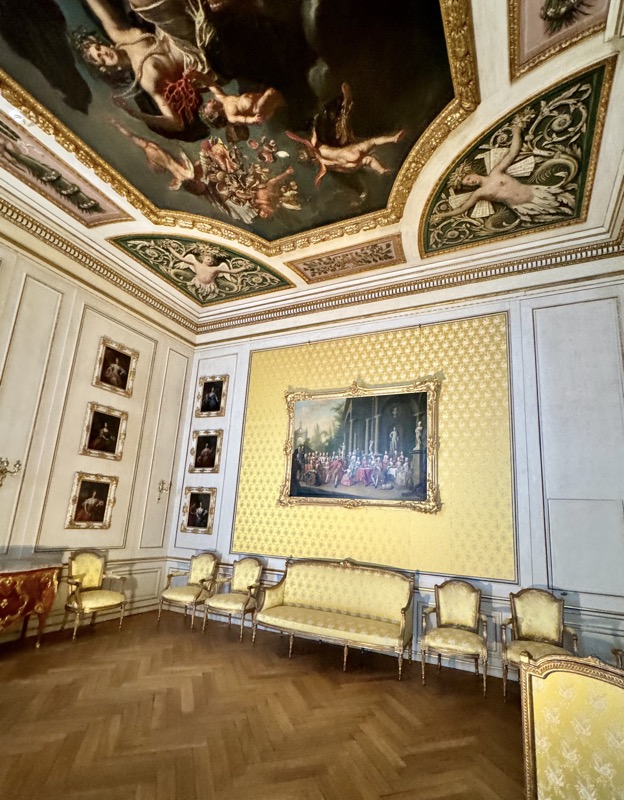
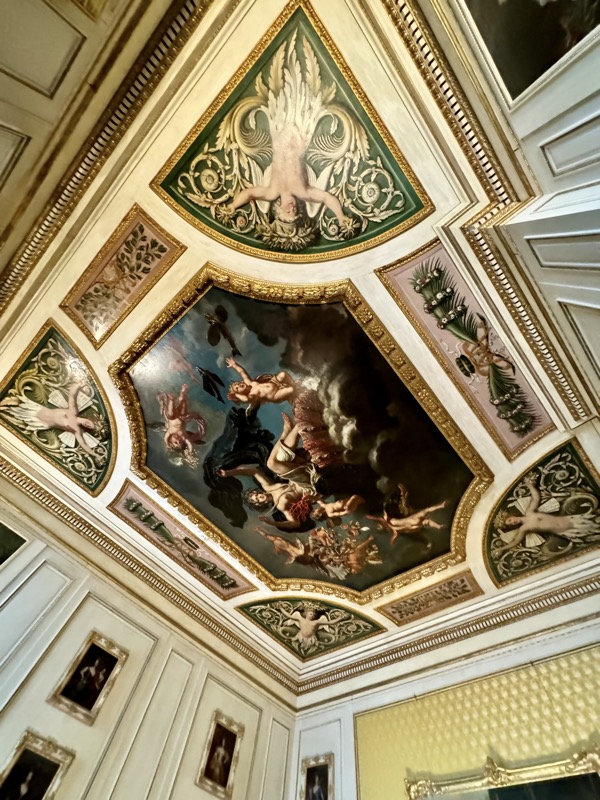
Private Cabinet.
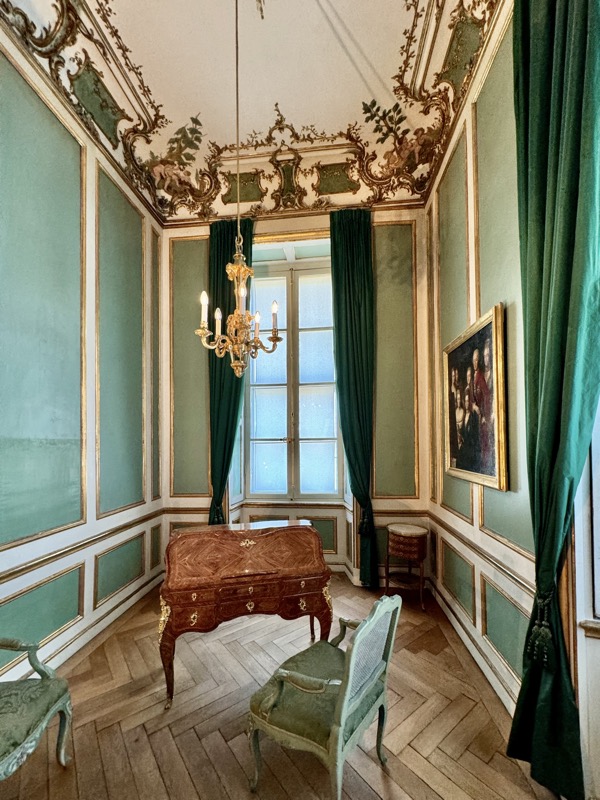
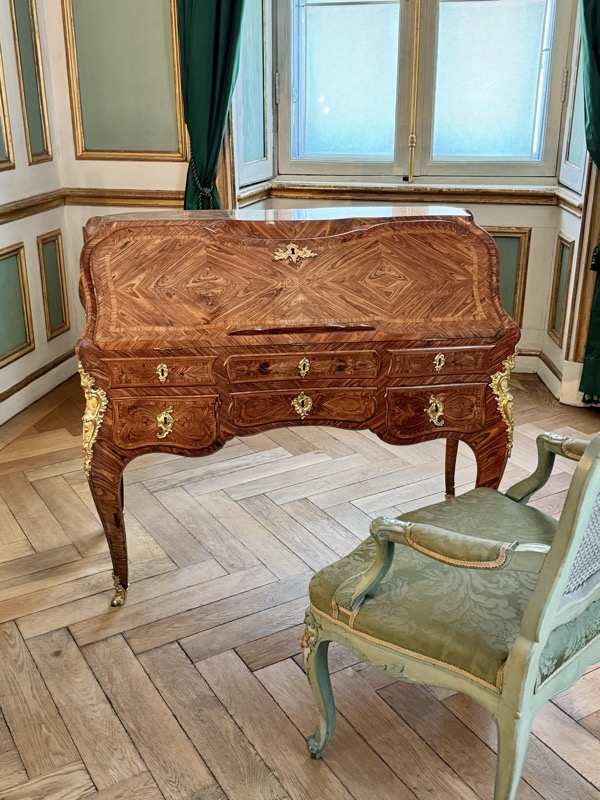
The start of Max Emanuel’s Great Gallery of Beauties.

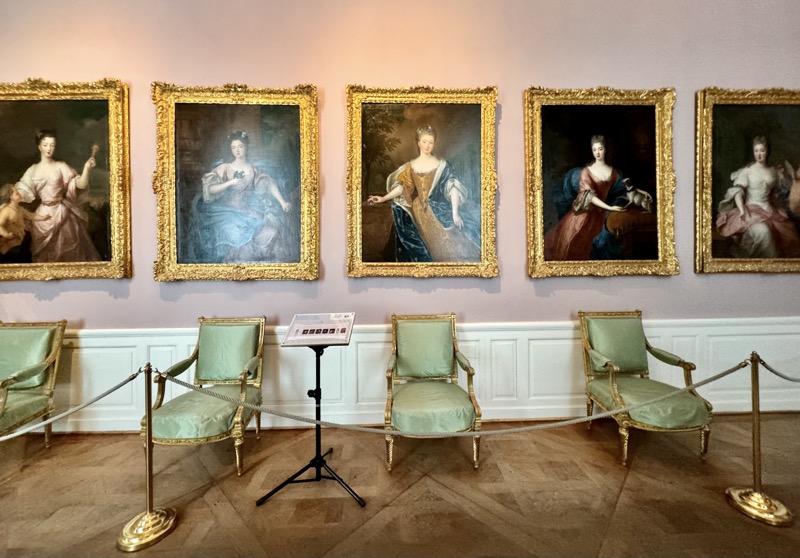
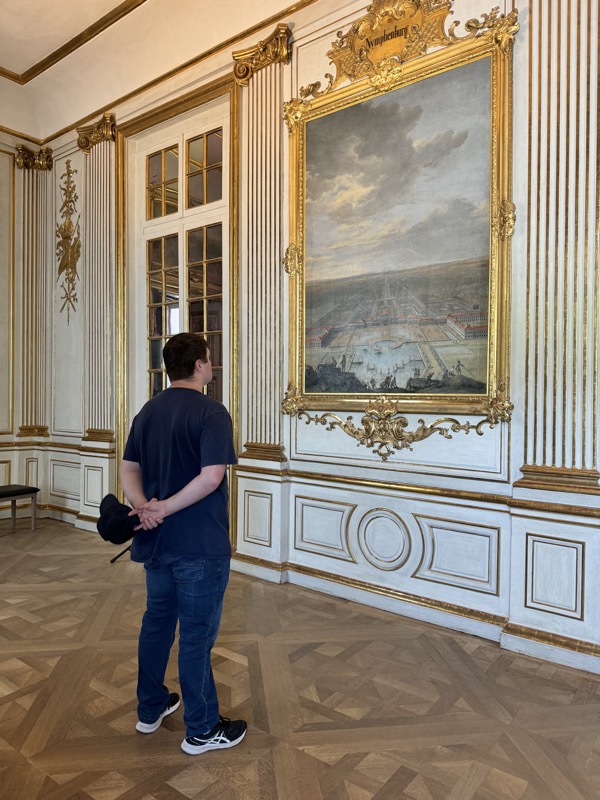
The North Karl-Theordor Rooms.
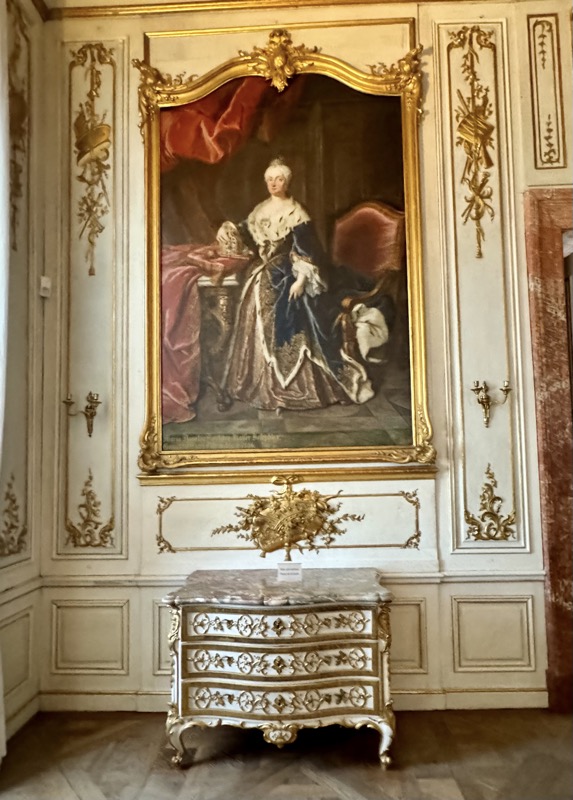
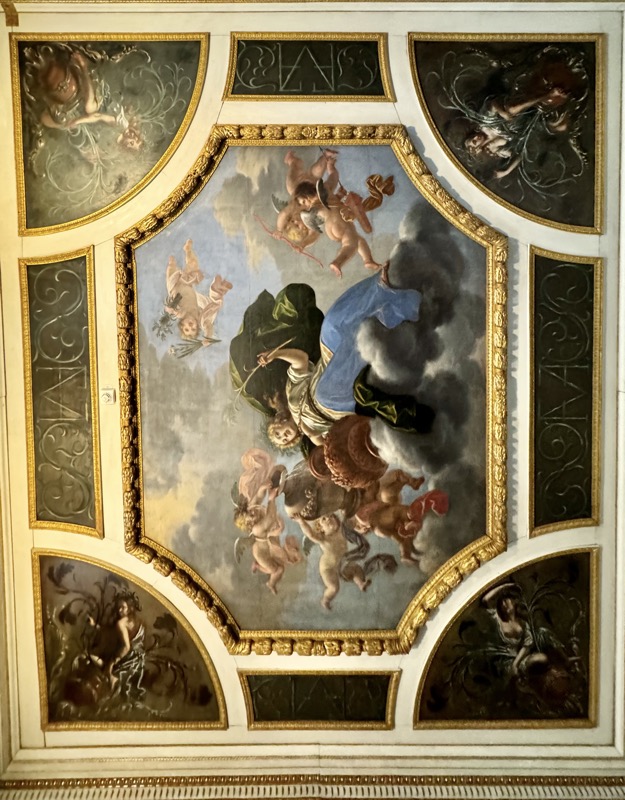


King Ludwig I’s Gallery of Beauties.
From 1827 to 1850 by order of King Ludwig I of Bavaria, court painter Joseph Stieler created the impressive series of portraits of 36 beautiful women from a variety of social classes, ranging from the daughter of a shoemaker to the daughter of a king. What he produced was a ‘compendium of feminine beauty’ in accordance with the King’s personal preferences of course… at that time beauty was considered to be an outward sign of moral perfection; though I find myself asking what these women and their mamas were willing to do to get their daughters into the King’s Collection. 😐
King Ludwig was known to have been fascinated by female beauty from a young age, which more or less nowadays just reads like he was maybe a lecherous fucker. These paintings were hung near the Queen’s chambers – I wonder how she felt about being confronted daily by her husband’s ’beauty ideals’ in this way.
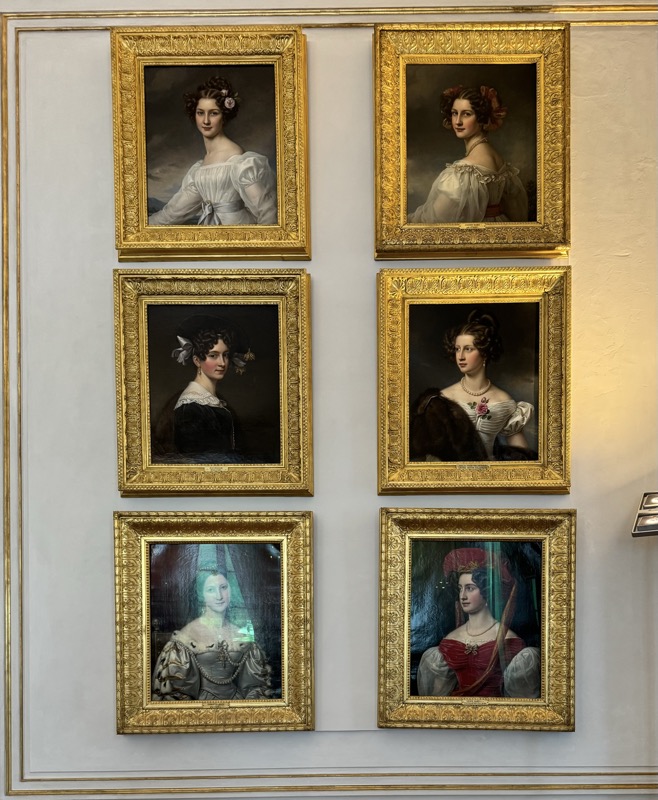
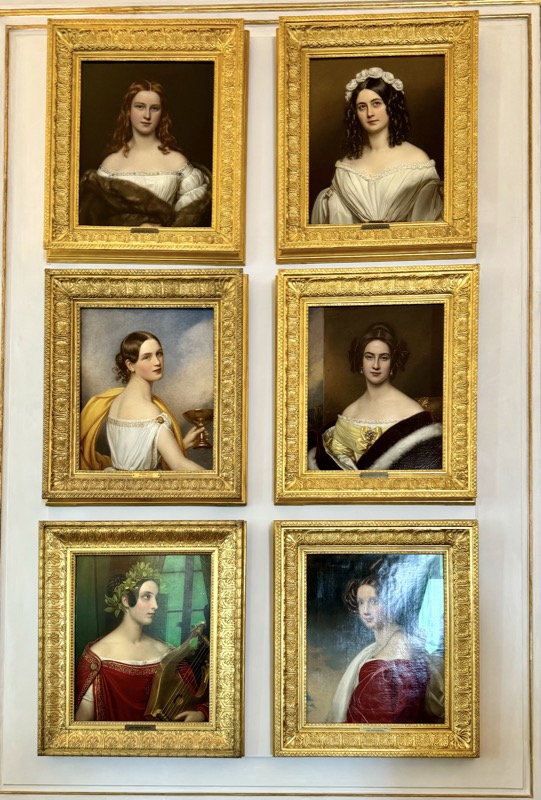
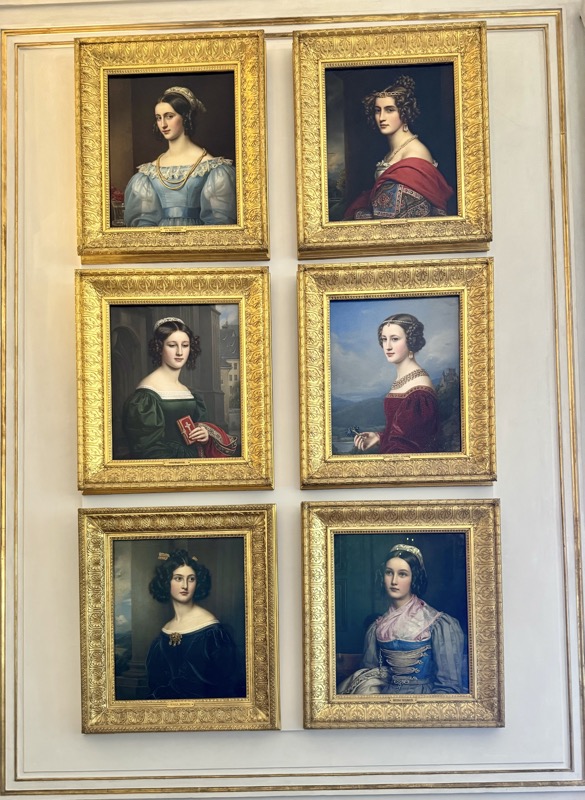

Angus: ‘She looks like Princess Leia.’
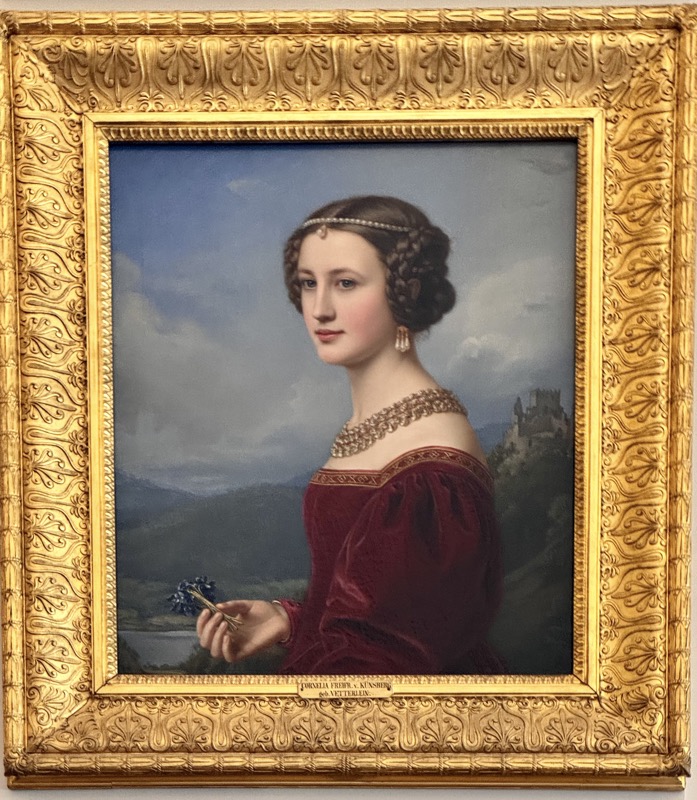
The Queen’s Study… current decorations from the late 18thC when Queen Caroline occupied these apartments. She was the second wife to King Max I Joseph.


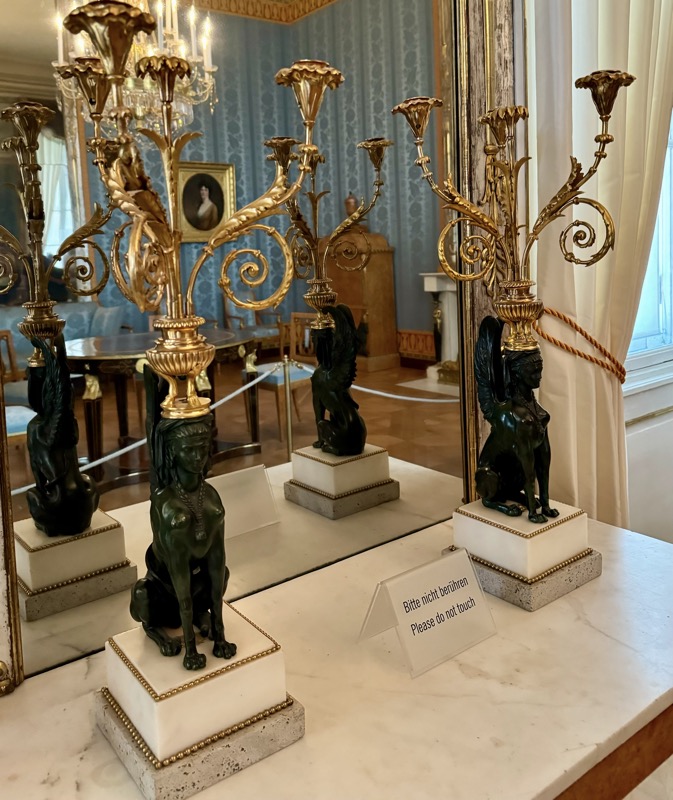
Lady in Waiting Room
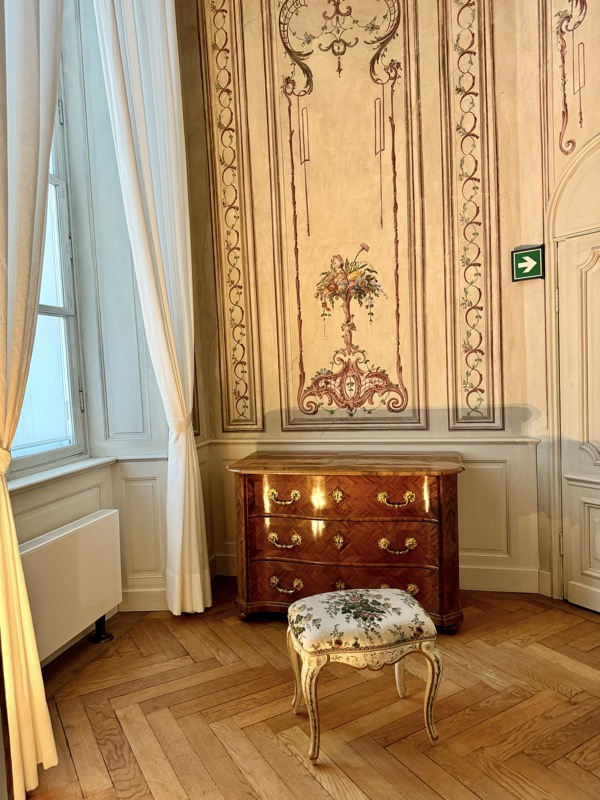
Queen’s Audience Chamber.

Waiting room outside the Queen’s Audience Chamber.

The Queen’s Bedroom – and birthplace of King Ludwig II… this room contains Queen Caroline’s original furnishings including the original mahogany furniture which was made in Munich in 1815.


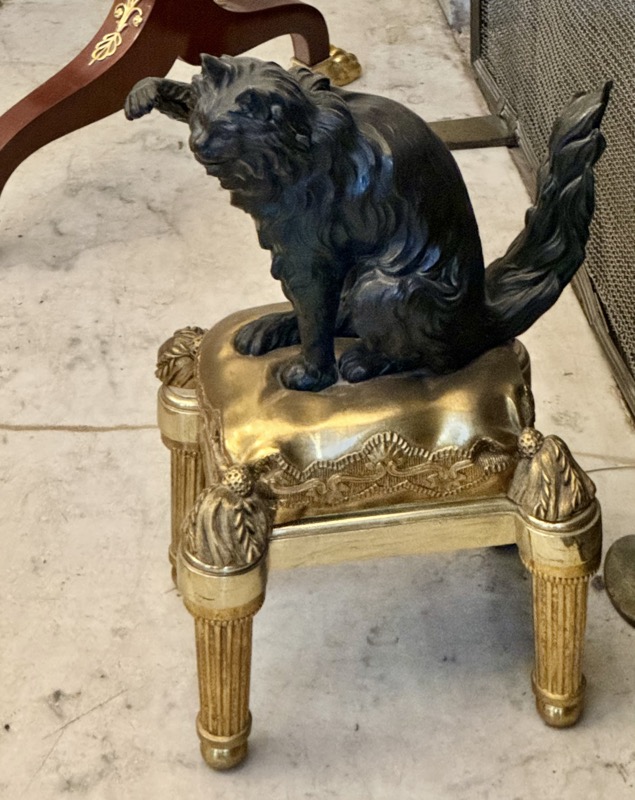
Cooling Vessel front the Pearl Service. Nymphenburg Porcelain Manufactory, c.1792-95.

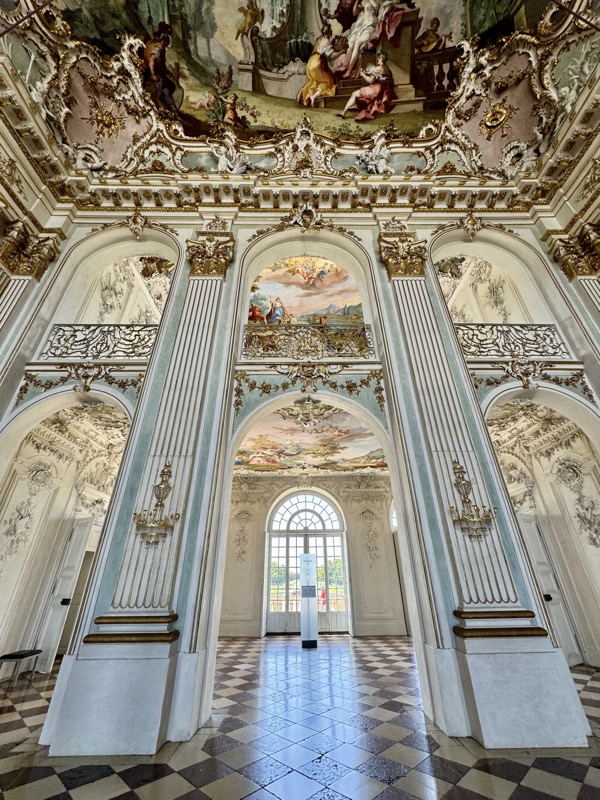
Max Emanuel when he had the palace enlarged, had the gardens reshaped and a canal created to divert water from the Würm River tot he park. However, he ended up leaving Bavaria (the unfortunate consequence of his defeat in the Spanish War of Succession in 1703) and all his grande works were interrupted.
Max Emanuel had the palace enlarged, the gardens reshaped and a canal dug out to divert water from the Würm to the park. Max Emanuel however had to leave Bavaria, in consequence of his defeat in the Spanish War of Succession in 1704. As a result, all work was initially interrupted. It would not be until 1715 that the works recommenced.

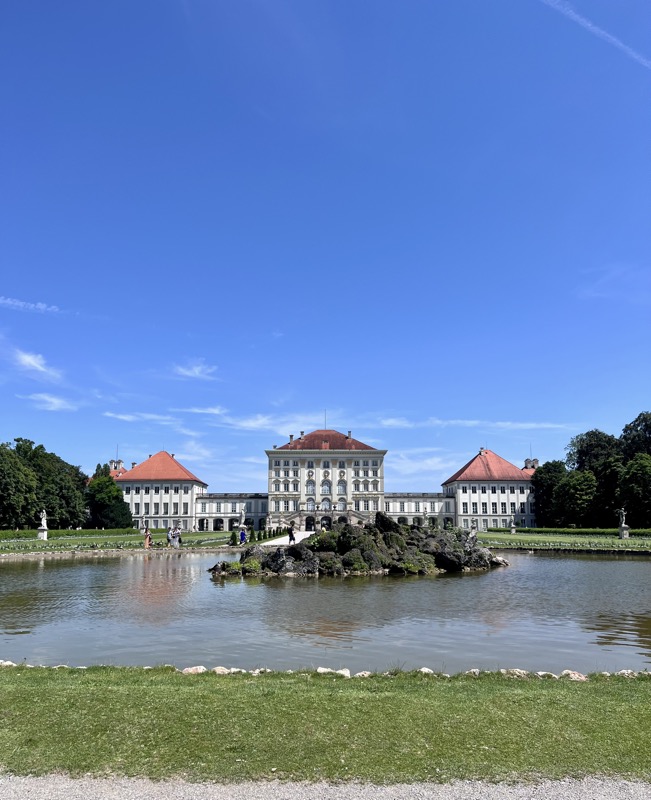
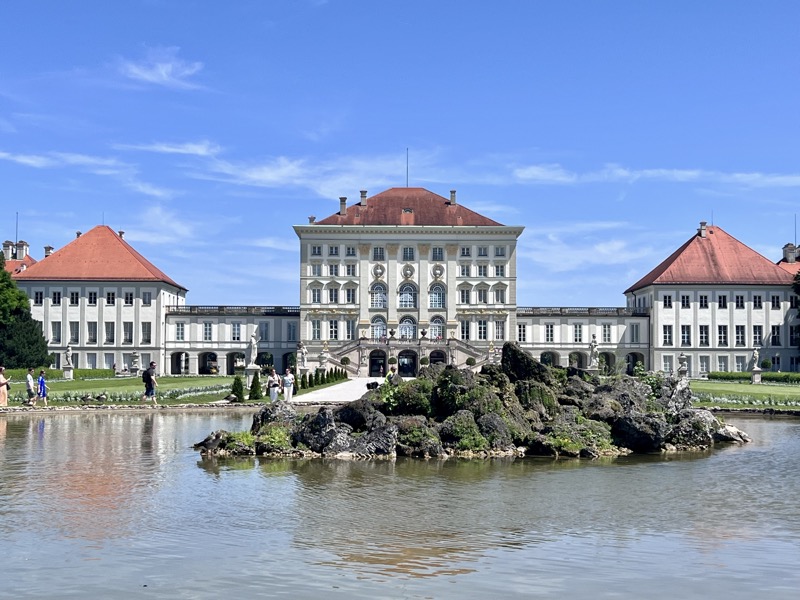
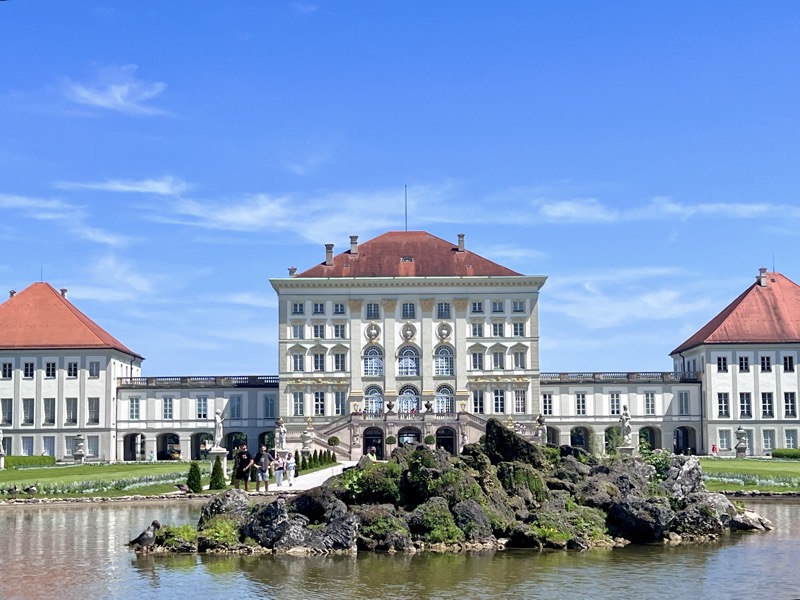
Gala Sedan Chari of Electress Maria Antonia, c. 1685.
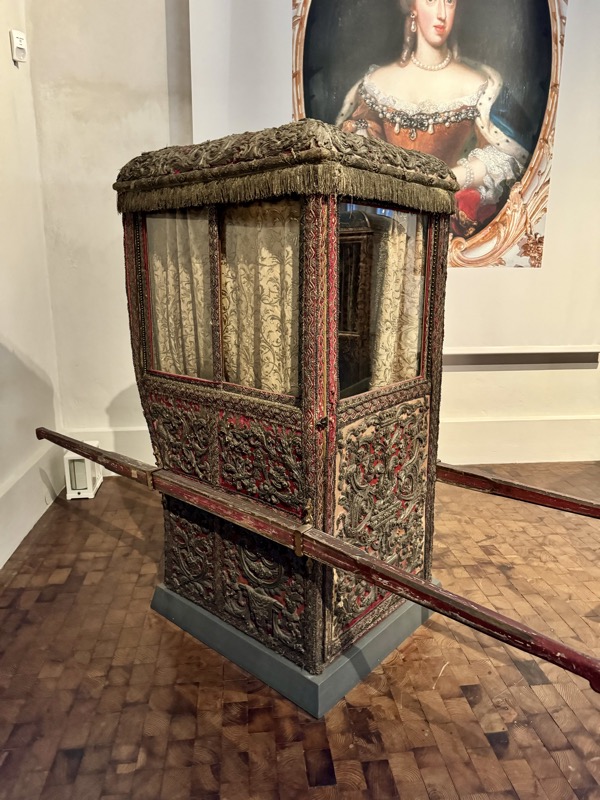

Seda Chair with lacquer decoration belonging to the Wittelsbachers, in their heraldic blue and silver. Made for Electress Maria Anna Sophie of Saxony in 1747.

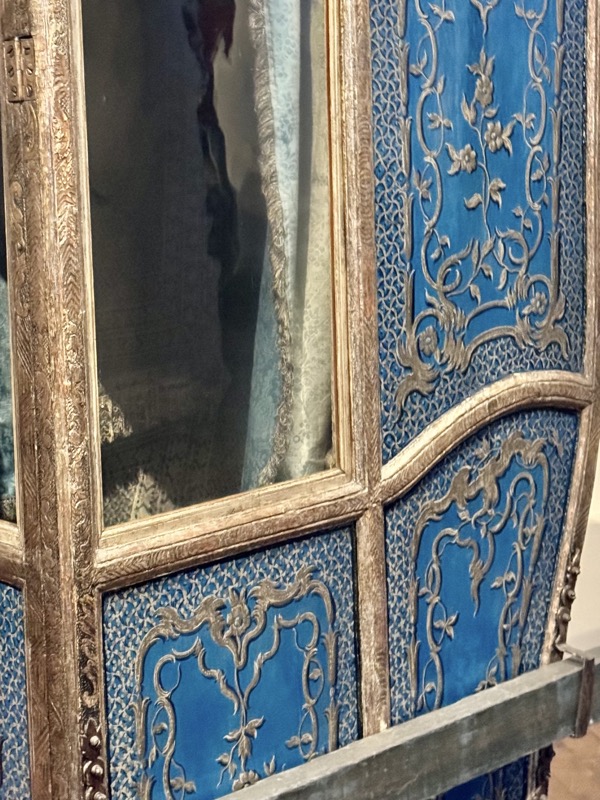
Children’s Garden Calash (bit like a go-kart?). It was for use of the little princes and princesses in the gardens and residences. To protect the floors it had wheels of felt, and was drawn by pony, large dogs, sheep or even goats! On the front assembly is a Pelican feeding its young – a symbol of selfless parental love. Awwww.
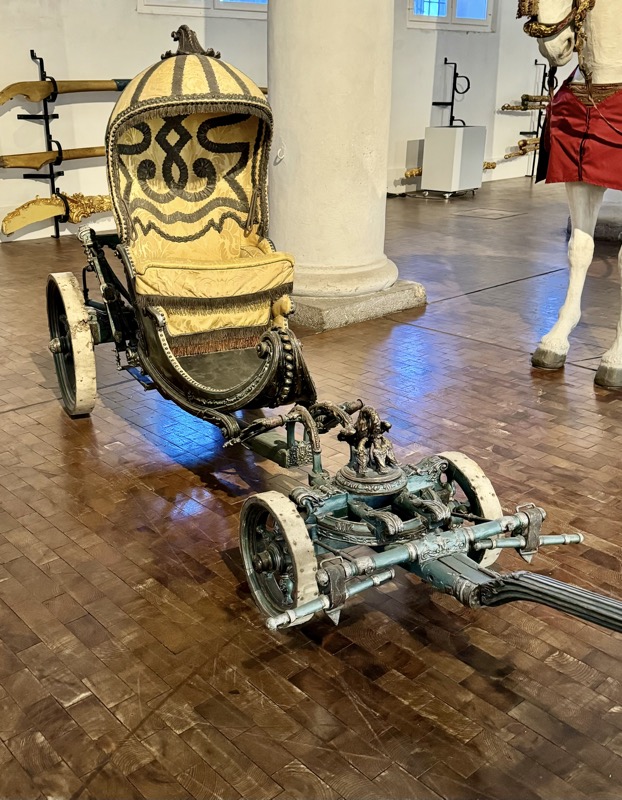
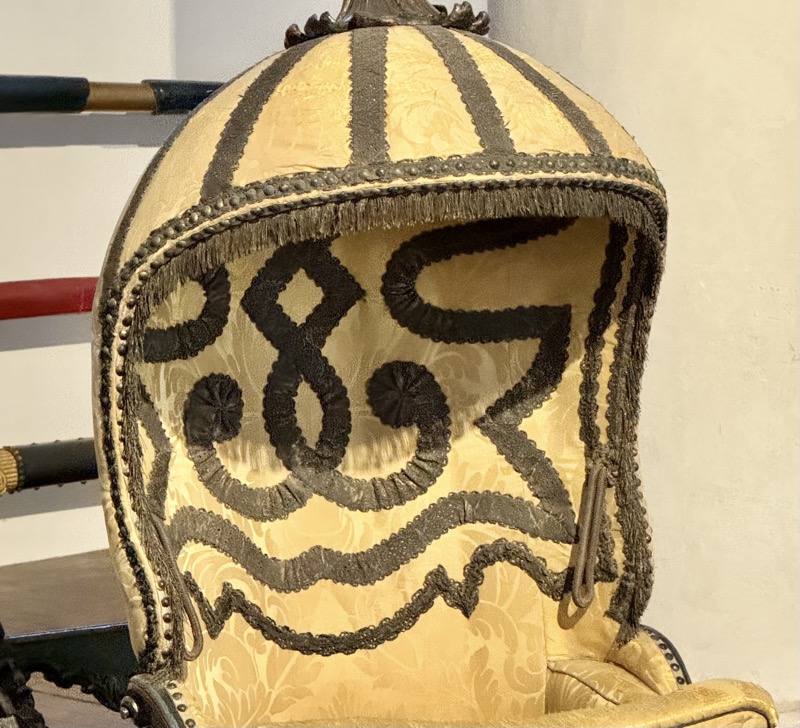

Gala Harness for the Coronation of Emperor Karl VII on 12 February, 1742… of which, the ever so modest Karl wrote in his diary: “All are agreed that no coronation was ever more glittering or more marvellous than mine!”
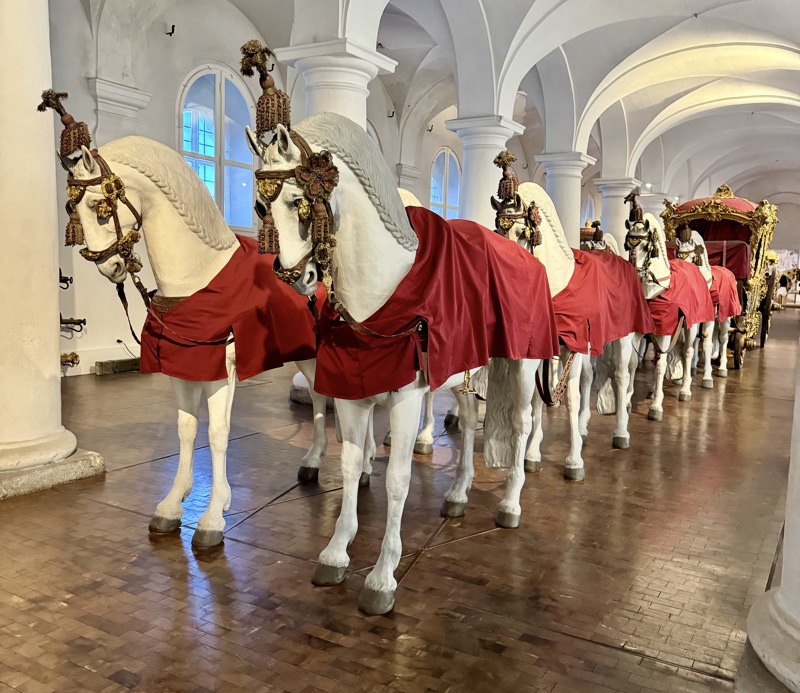
Sumptuary laws at the time stated that only an Emperor or King could have a carriage pulled by 8 horses.

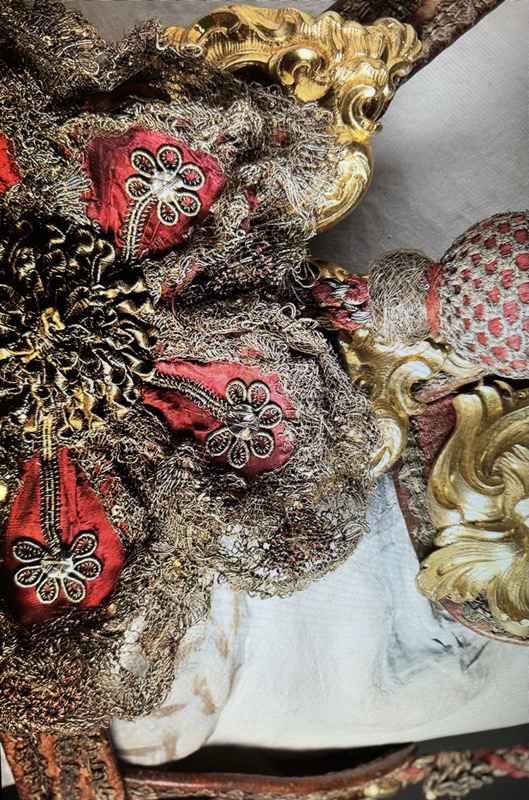
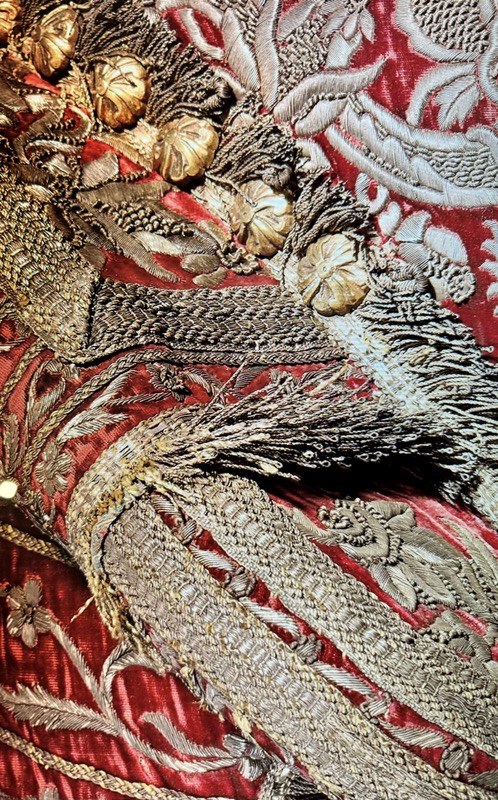
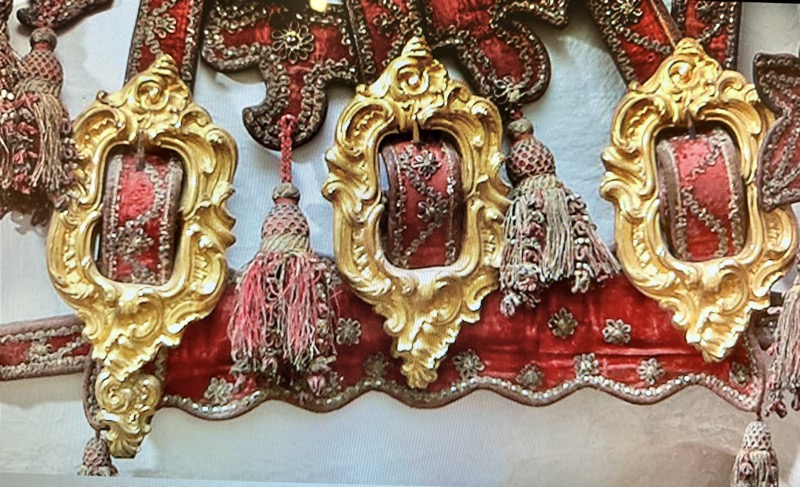
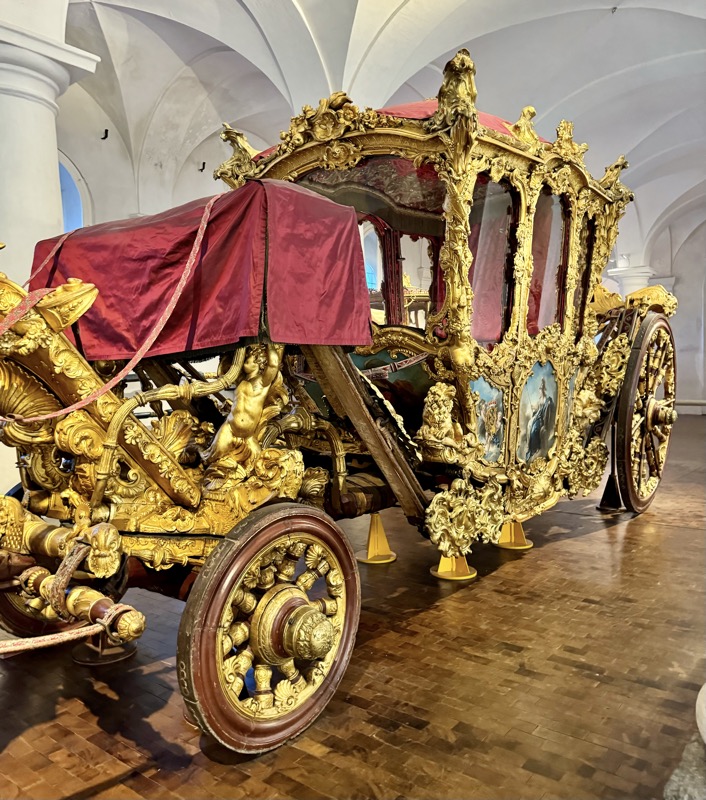
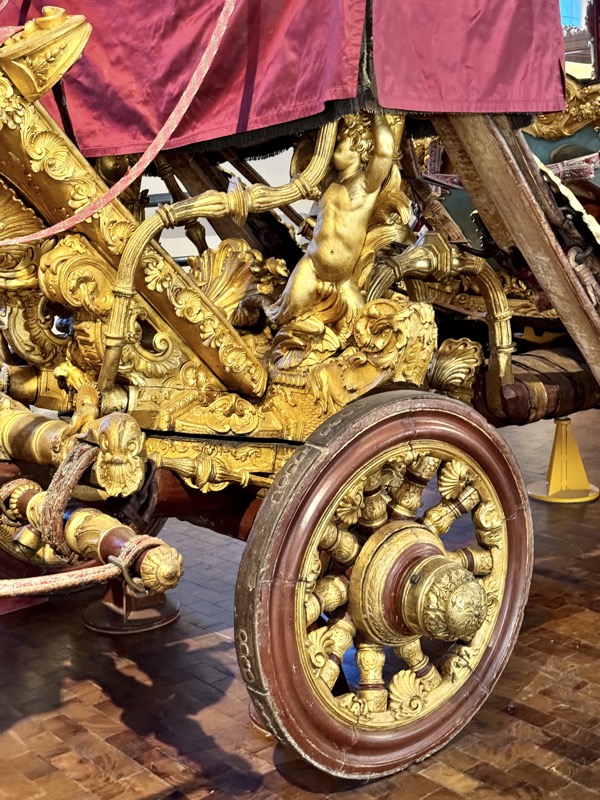

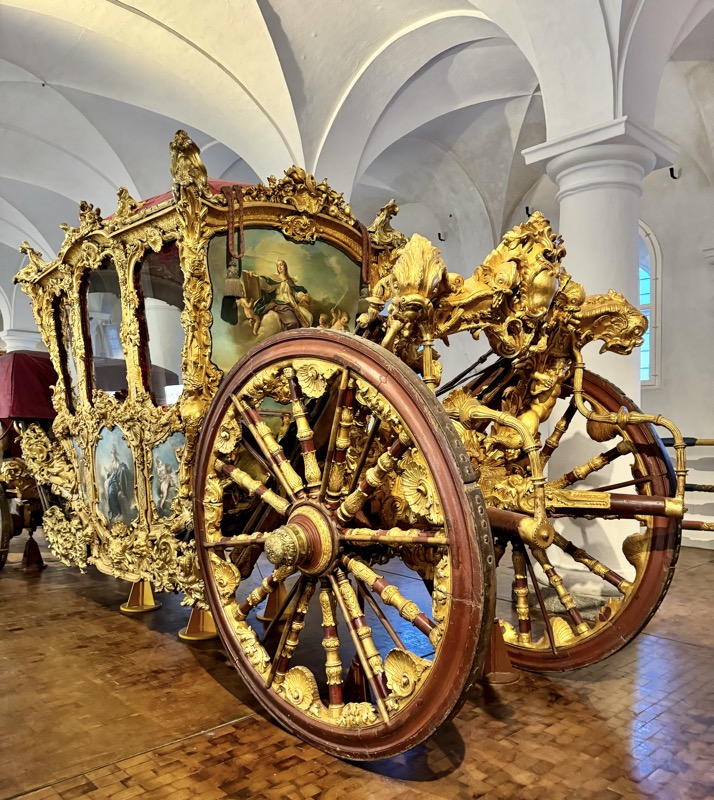
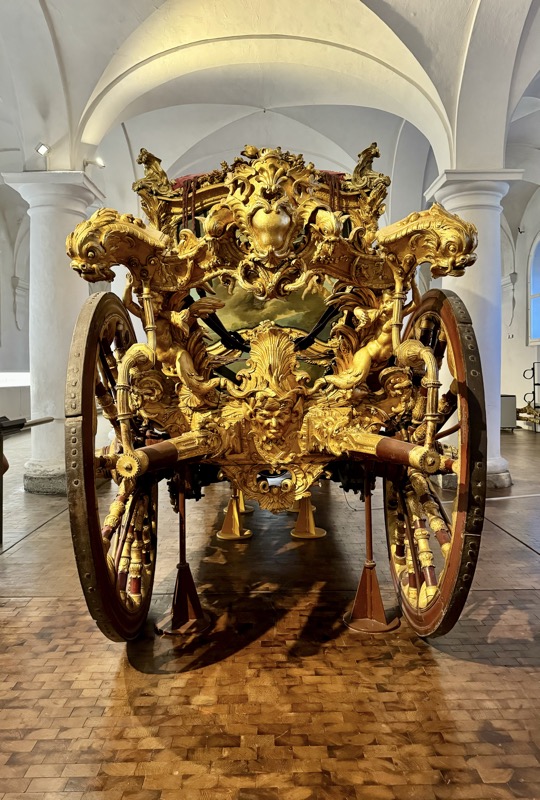
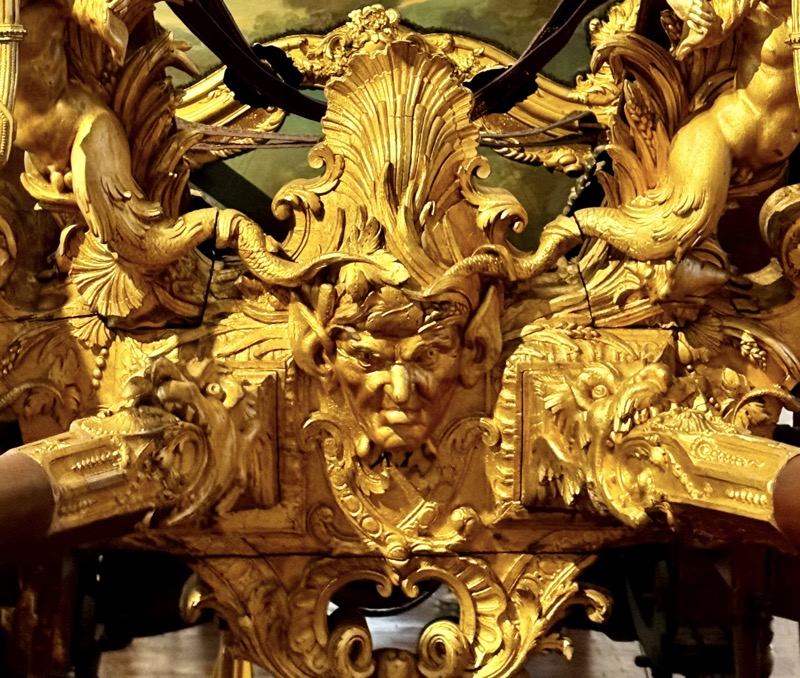
The ‘New Munich Coach’ or the first Coronation Coach of King Max I Joseph, 4th February 1819.

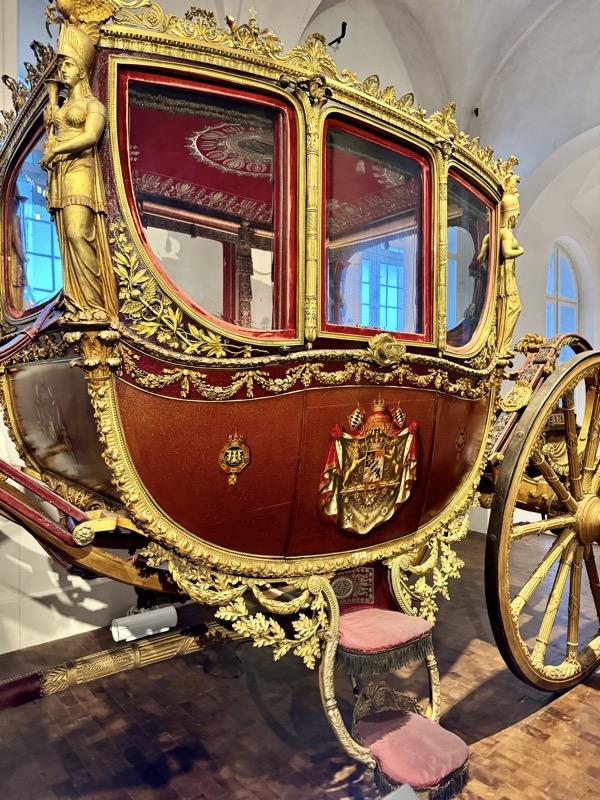
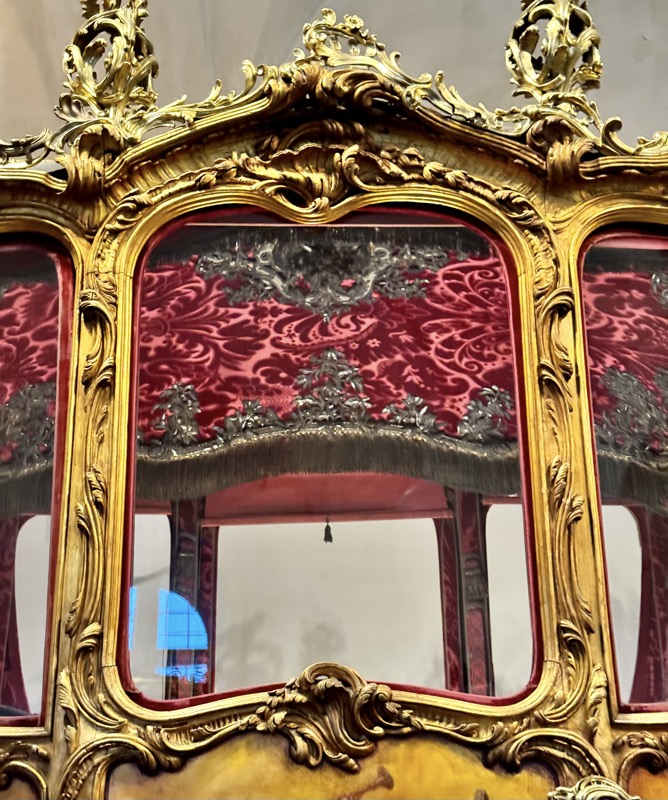
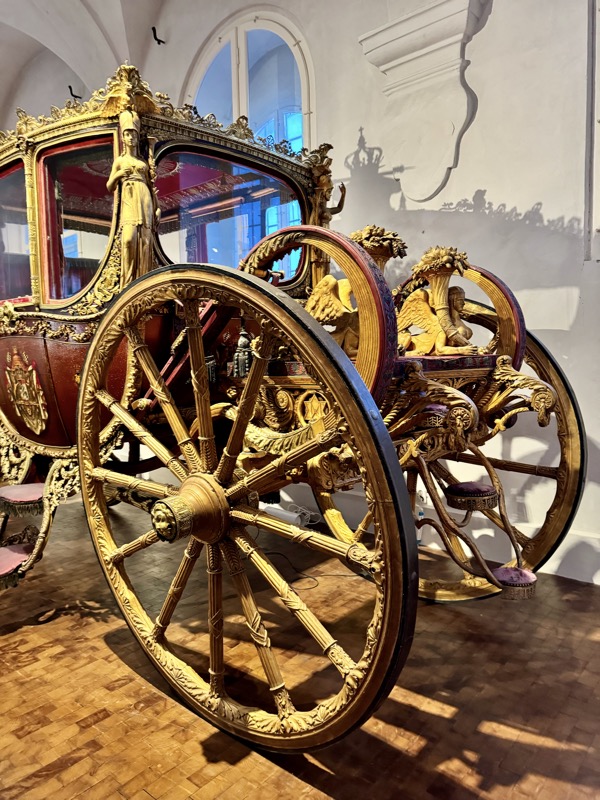
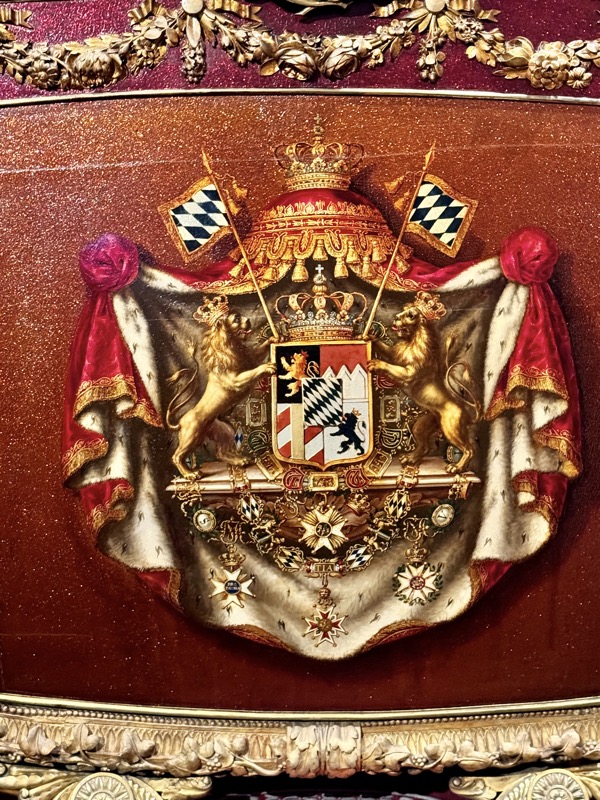
Second Coronation Coach of King Max I Joseph… Bavaria became a Kingdom through their alliance with the French Emperor Napoleon, however soon after Napoleon was exiled, Bavaria switched allegiances and King Max I Joseph require a second coronation in 1818.

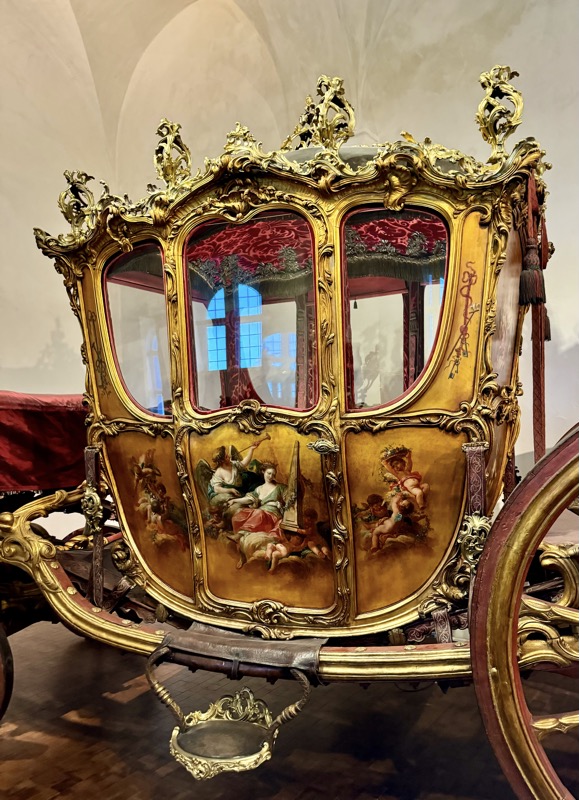
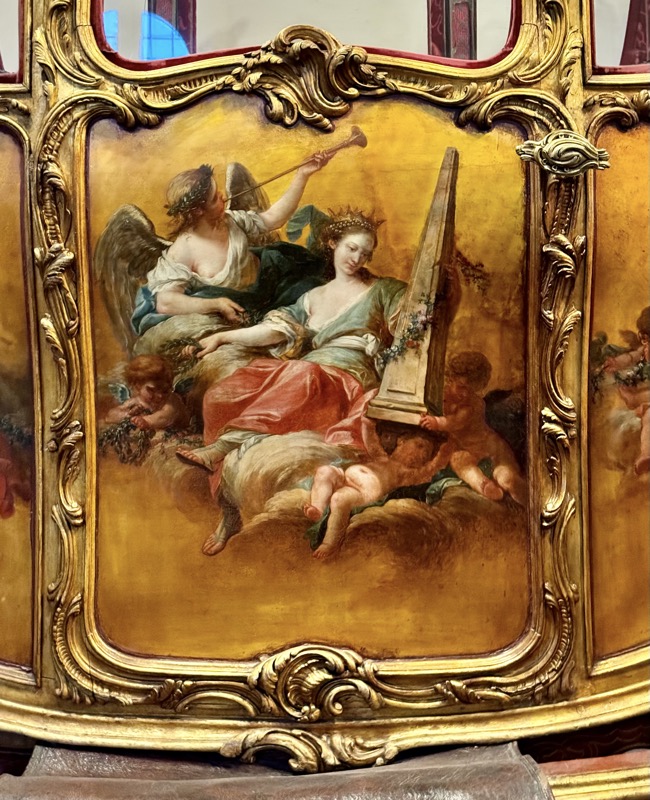
Opulent, gilded sleighs with figural decorations can be dated back to the 16thC at the Munich Court. In the inventory of hte Court stables from the year 1600, they are listed separately as ordinary sleighs for overland travel. These were used as normal conveyances and had a somewhat romantic connotation (like a Venetian gondola due to the proximity of the riders), but also used as competitive amusements as sleighs were driven by their ‘cavaliers’ along a marked course while his lady would attempt to hit rings or paper mache targets with a lance or sword.
Carousel Sleigh, with Hercules and the Seven-Headed Hydra. Made for Elector Max Emanuel, c.1680.

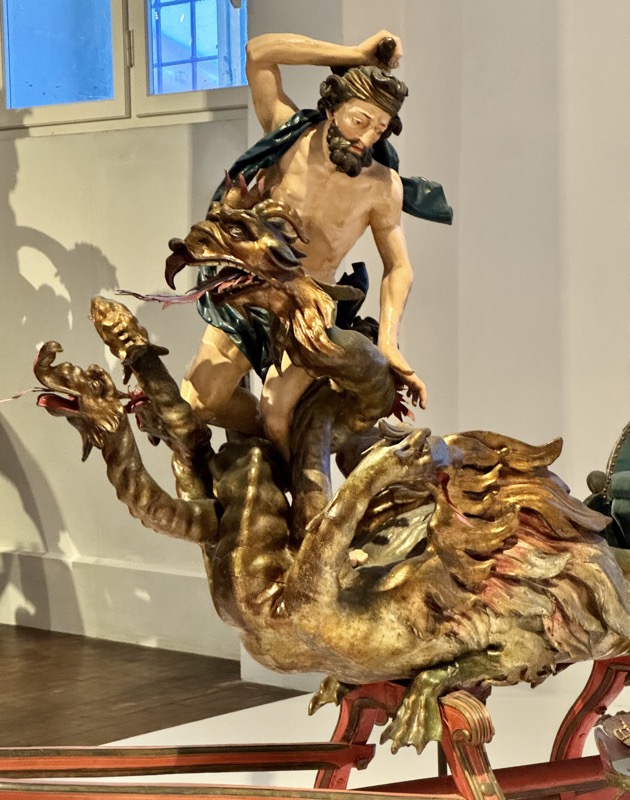
Carousel Sleigh with Cupid, c. 1725.
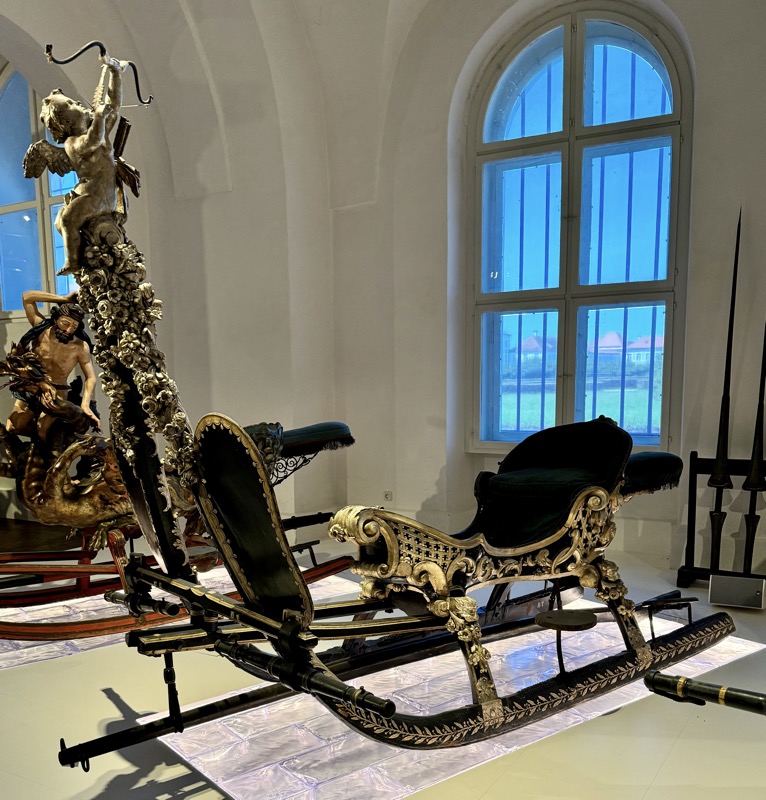

Carousel Sleigh with Diana, Goddess of Hunting. Commissioned by Elector Karl Albrecht in 1740.

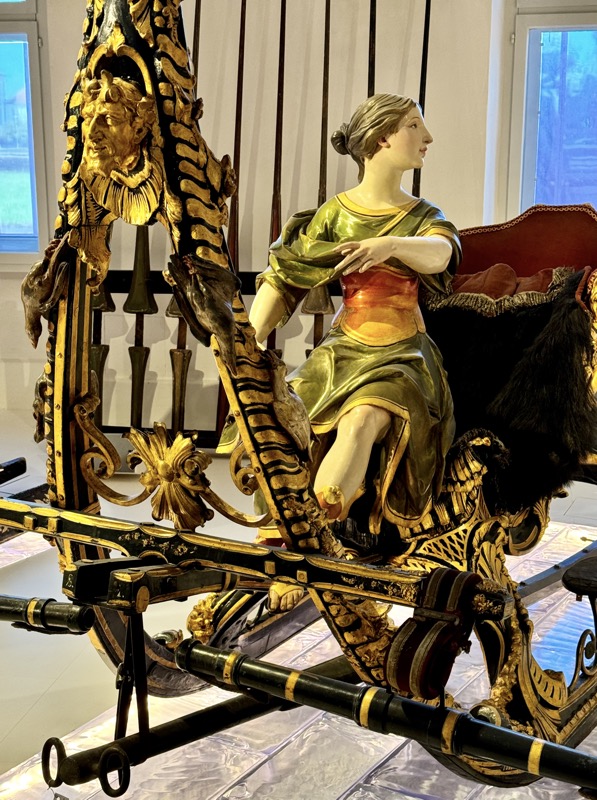
Child’s Slight with Jupiter. King Max I Joseph sold off seven ornate sleighs in 1818 but this one was kept to display. It was intended for indoor use and was for the amusement of the princes and princesses inside the palace.
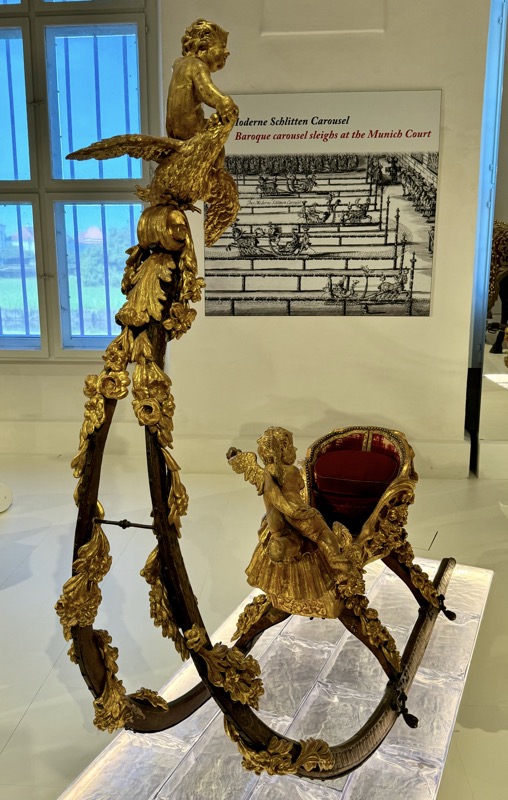
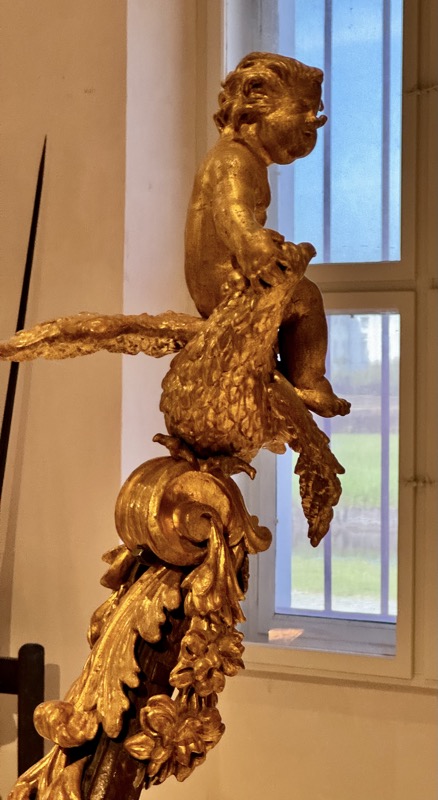
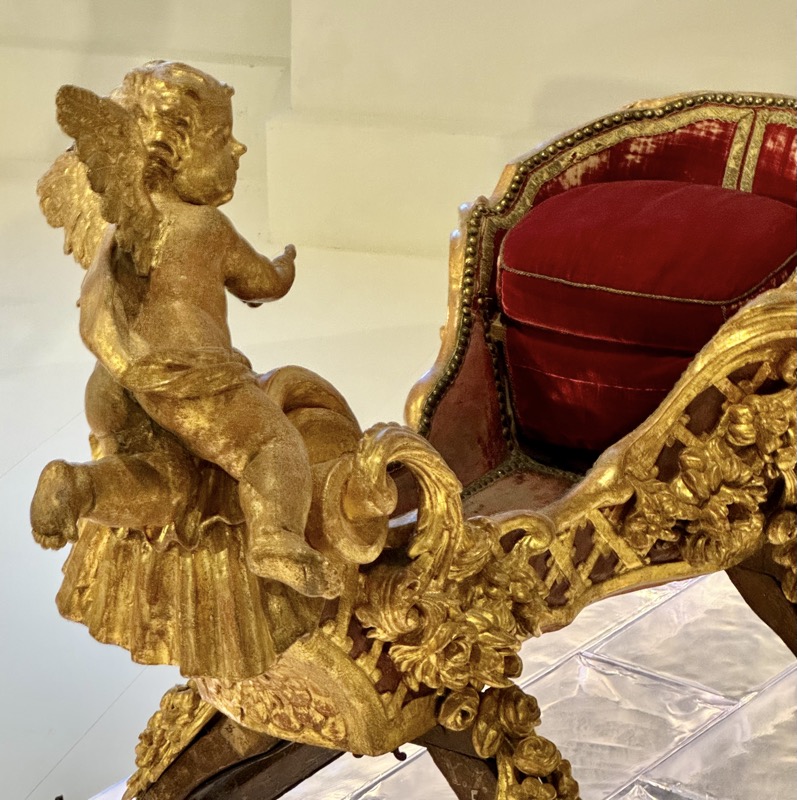
Carousel Sleigh with Jupiter, c.1725.
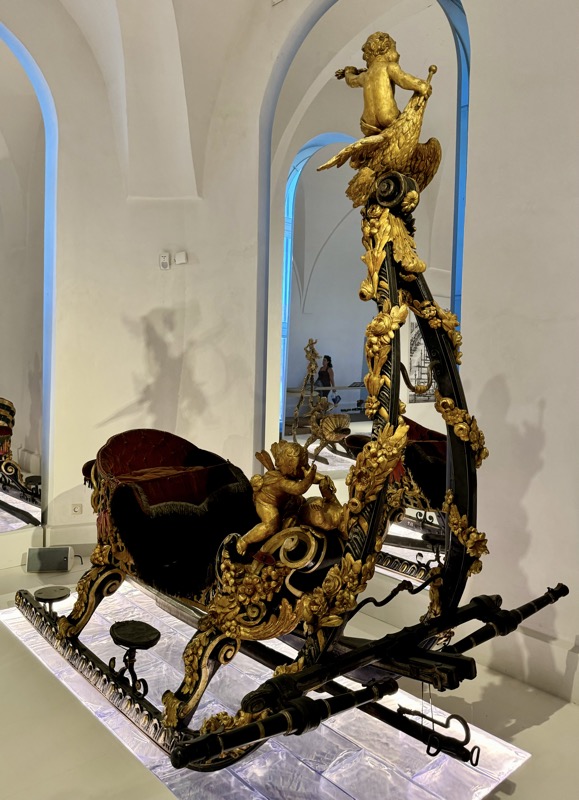
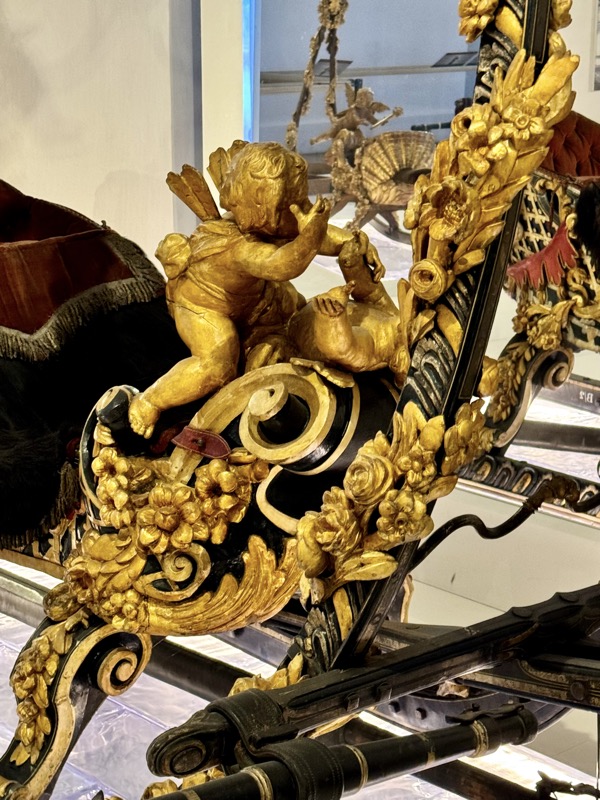
Ornate Horse Blanket with gilded sleigh bells. Commissioned for Elector Karl Albrect, later Emperor Karl VII, the horse blanket contains 426 gilded bells which announced the approach of a horse drawn sleigh. C.1737/38. This museum actually has a recording running constantly of what these bells sound like on a horse when it’s moving… cute. At first.
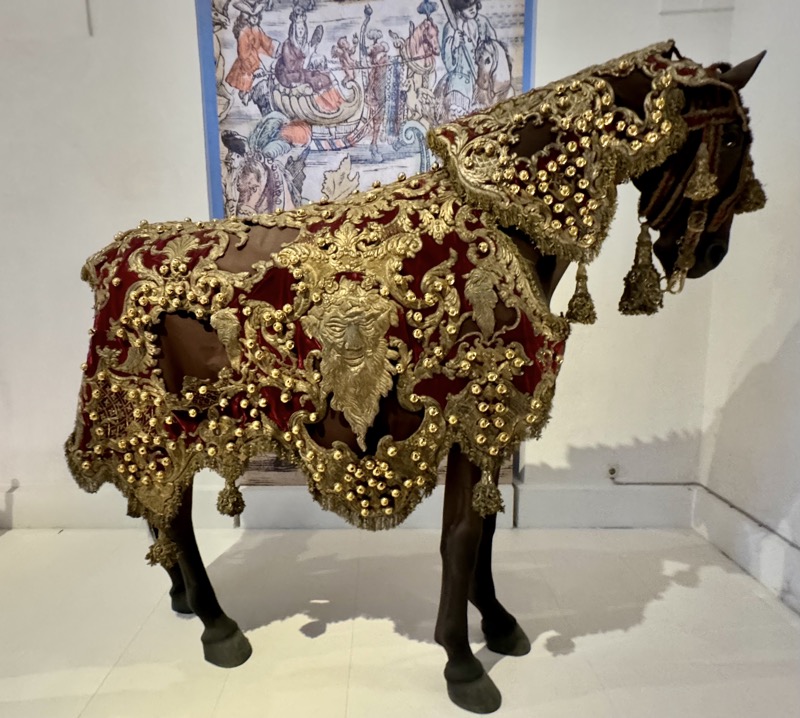
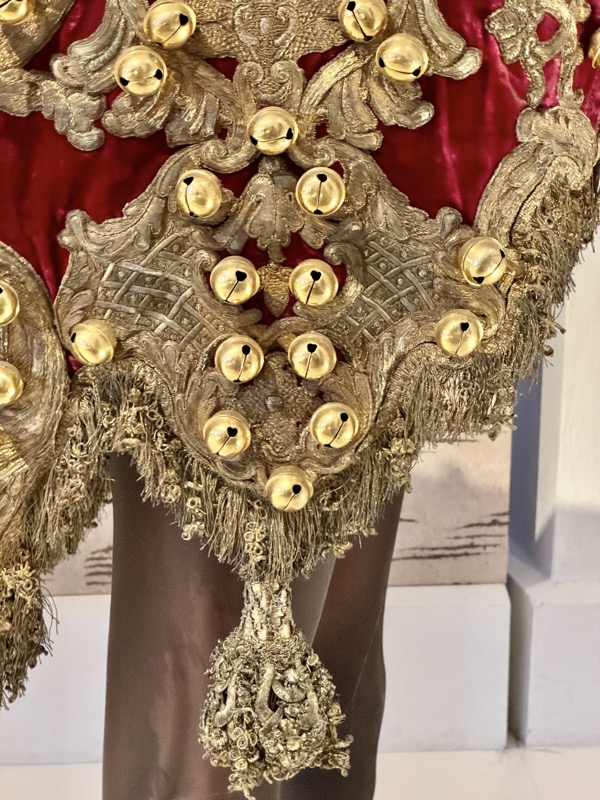
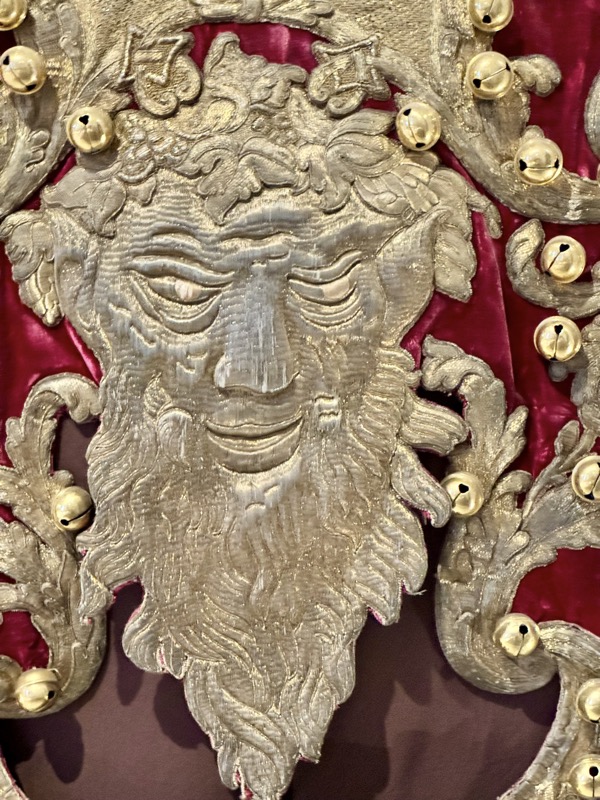
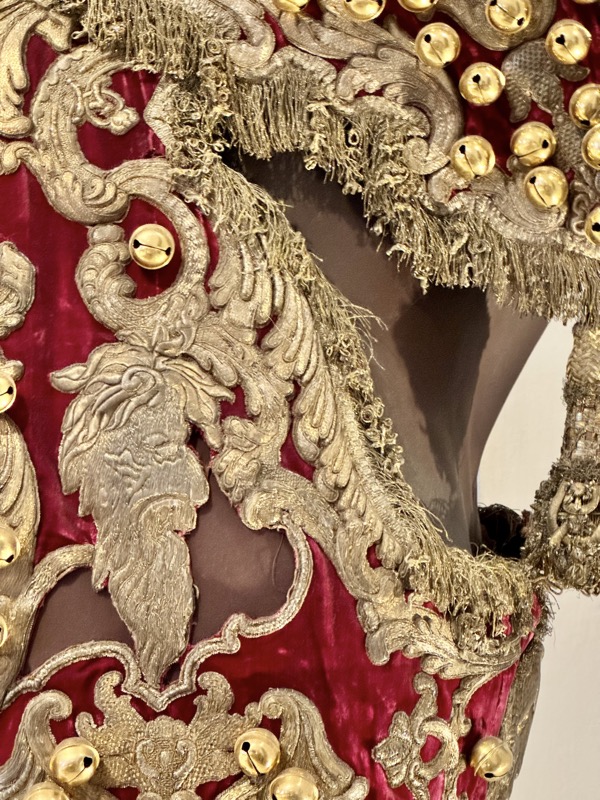
Model of King Ludwig II’s putto Sleigh. Gold and silversmith Ferdinand Harrach, Munich, c. 1872.
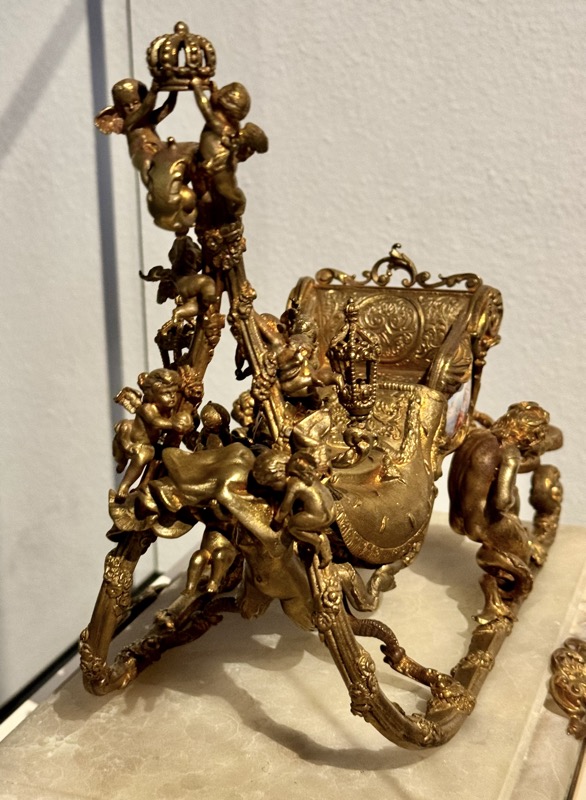
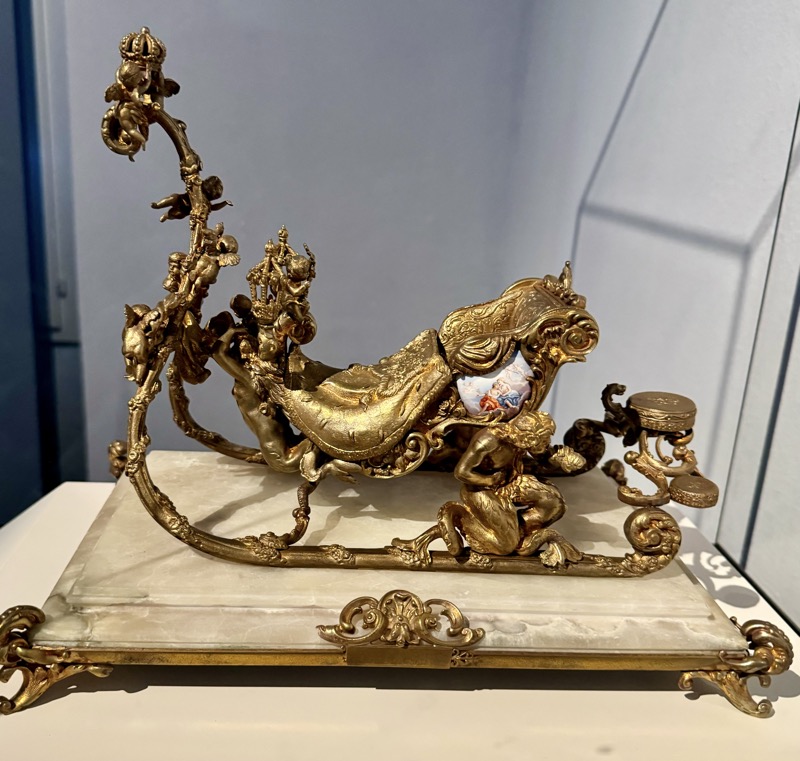
LEFT: First Nymph Sleigh made for King Ludwig II, Dresden, c.late 18thC.
RIGHT: Second Nymph Sleigh made for King Ludwig II, Munich, 1881.
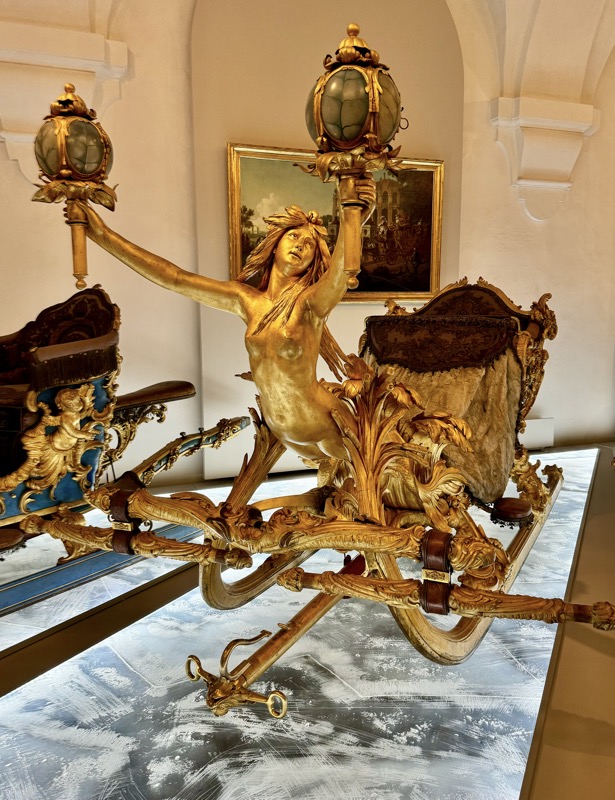
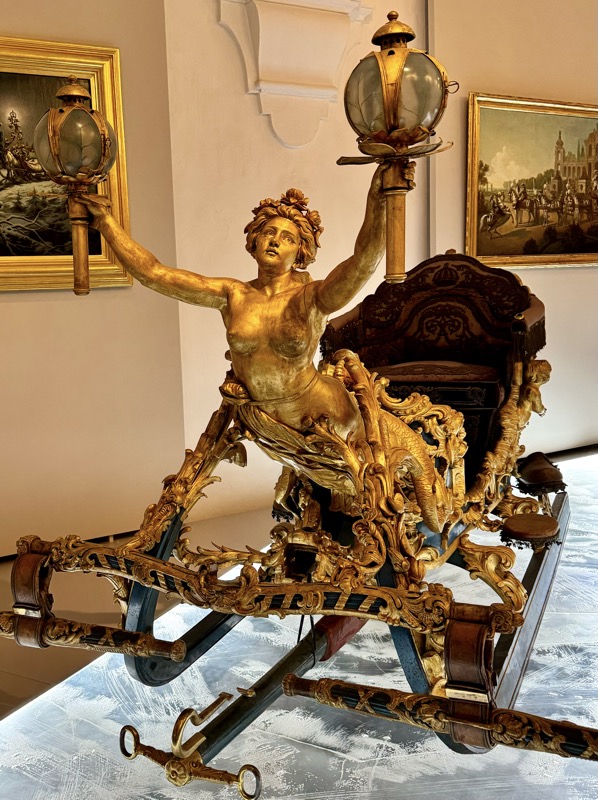
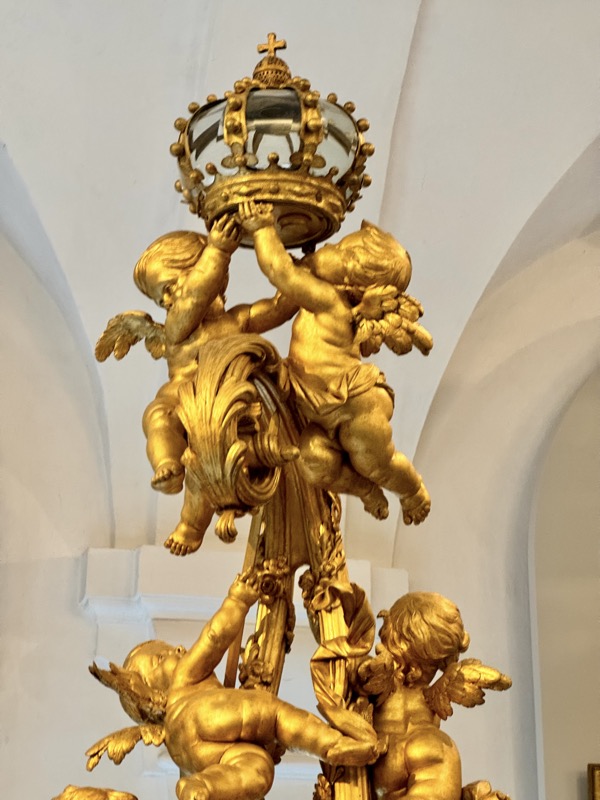
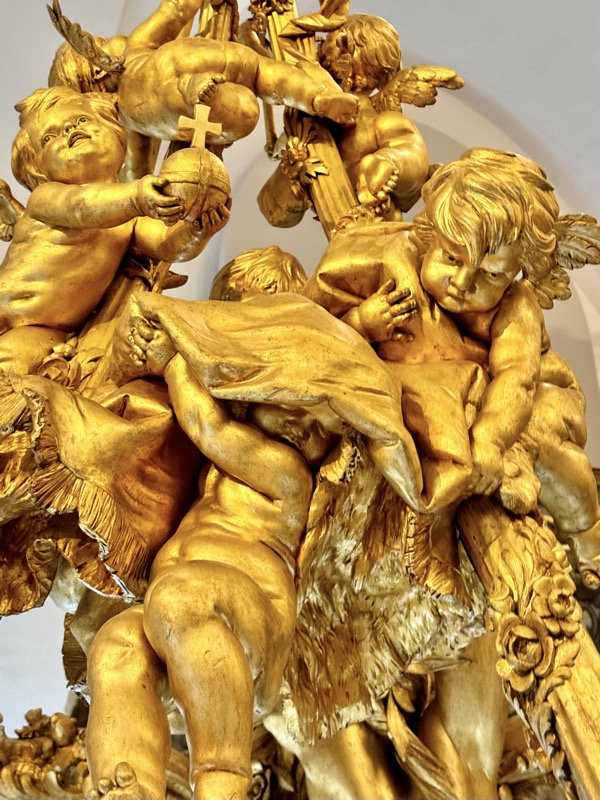
Putti Sleigh made for King Ludwig II, Munich 1872.. then the tag enigmatically says: ‘Electrified in 1875’.
With no further details! Ripped off!.
New Dress Coach for King Ludwig II, Designed by Franz von Seitz, Munich 1870/71.
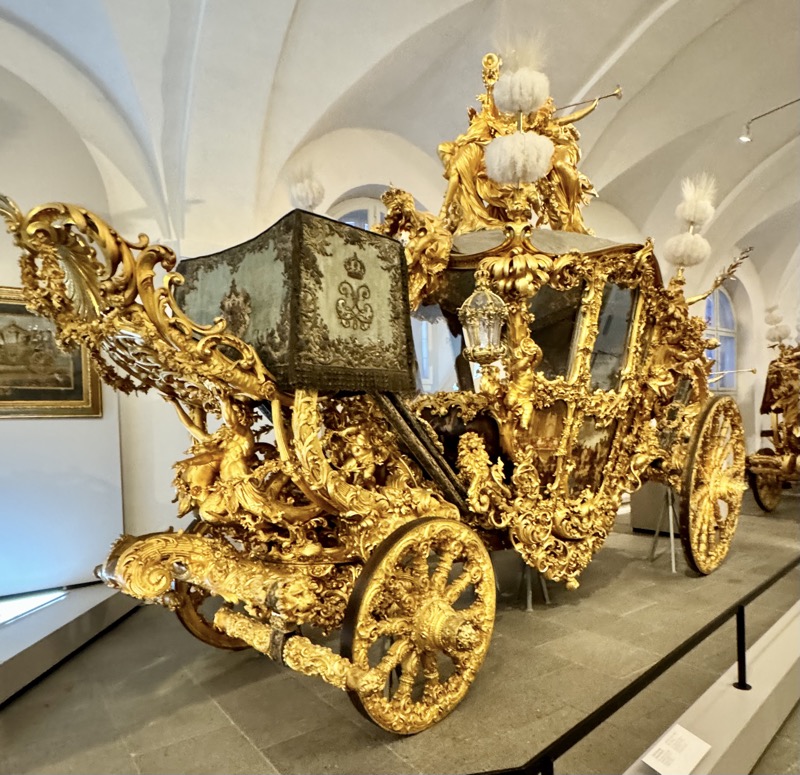


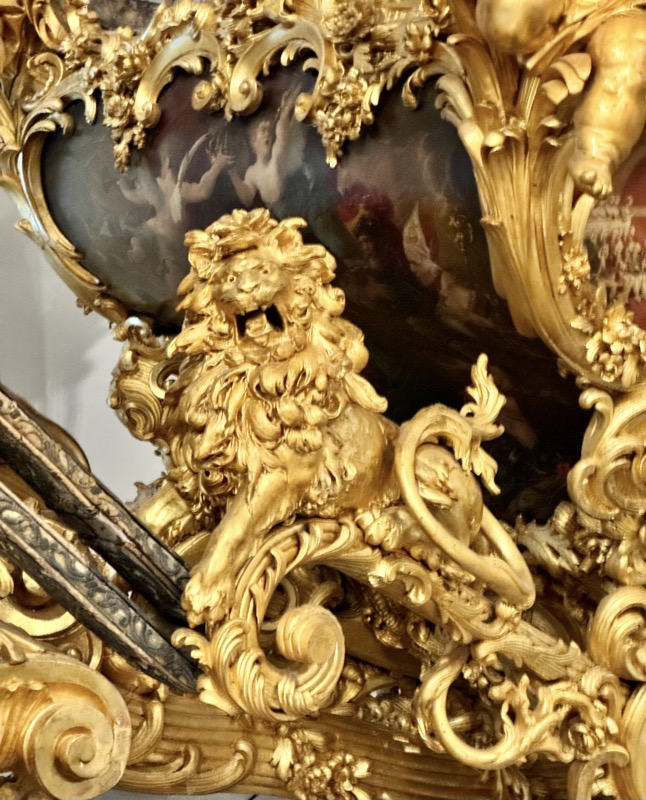


SO. MUCH. GILDING!
Small Dress Coach made for Ludwig II, Designed by Franz von Seitz, Munich 1878.
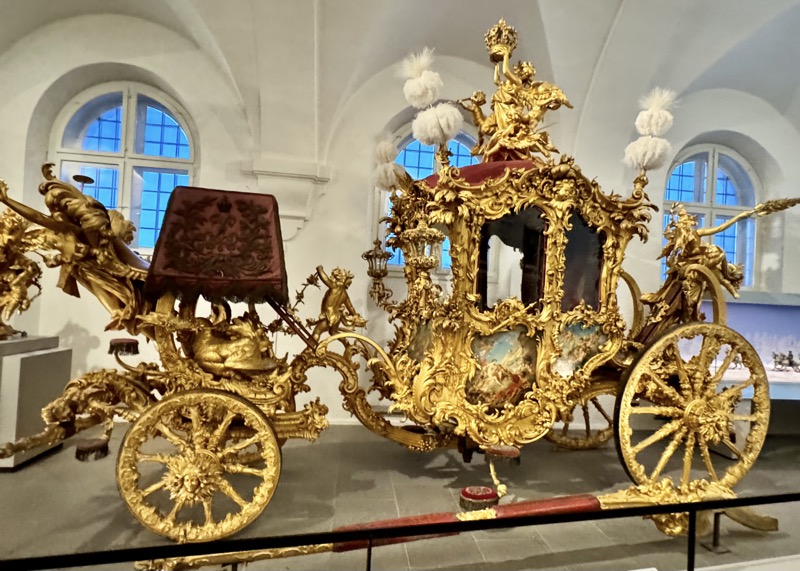

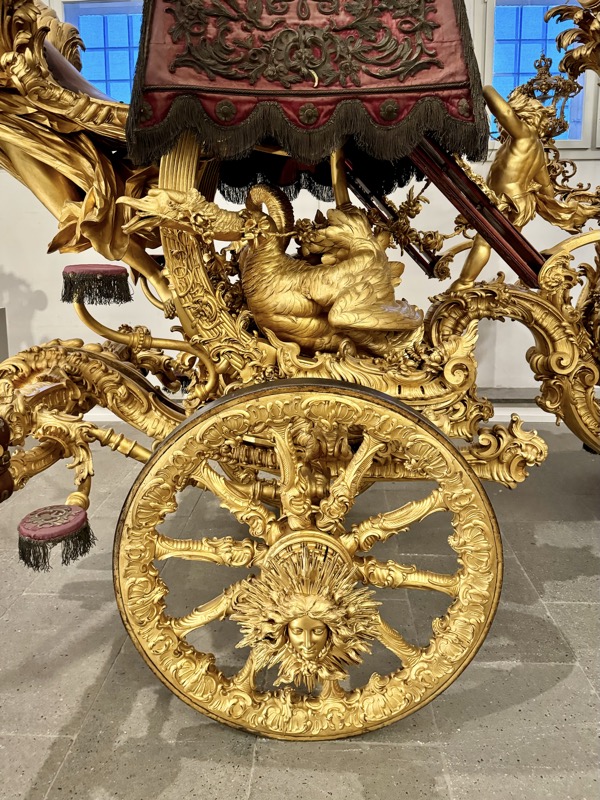
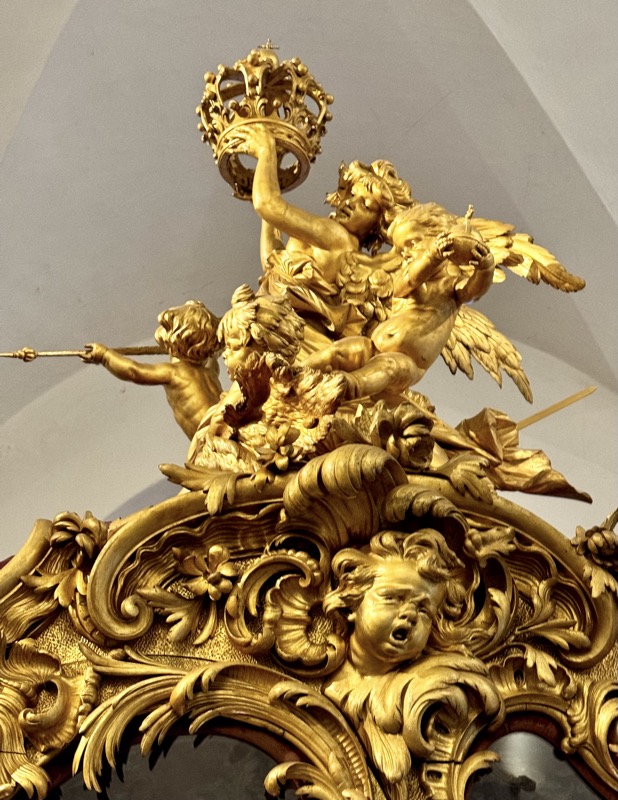
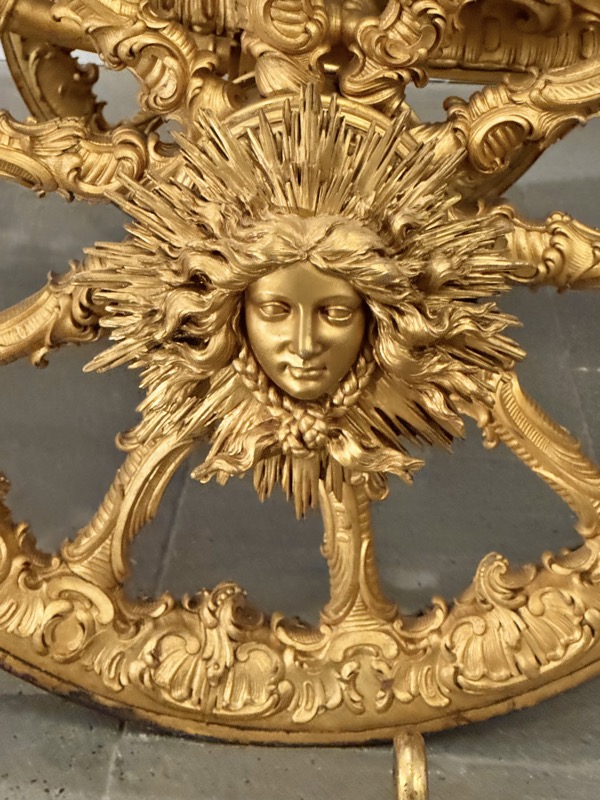
There were other horsey things in the Marshall Collection at the Palace, but I have to say I’m not so much a horsey person, so didn’t pay too much attention.
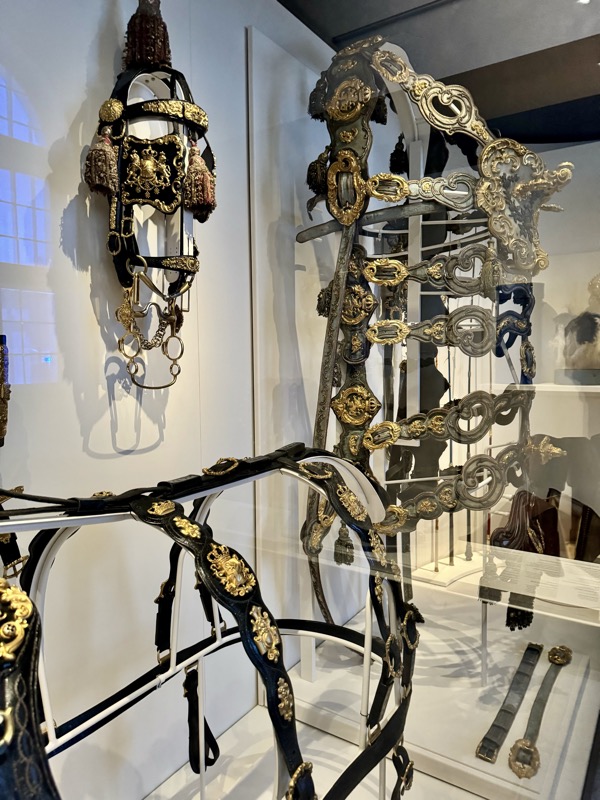
Mane Clothes and Rosettes, 18thC.
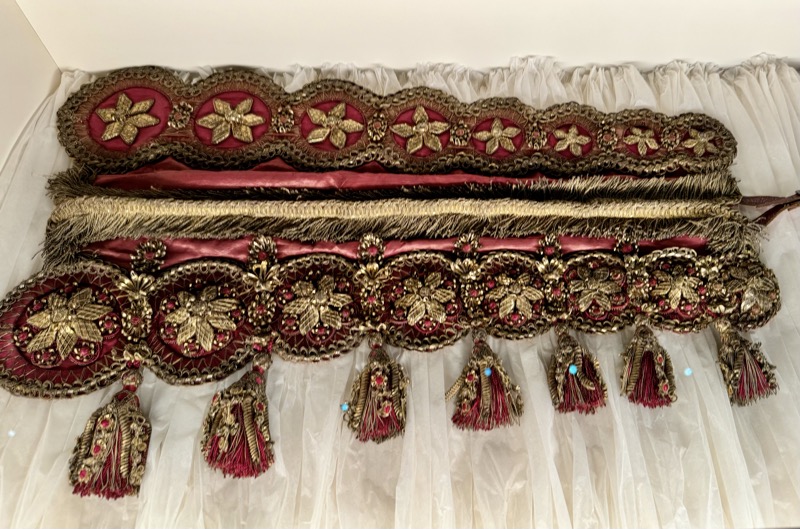
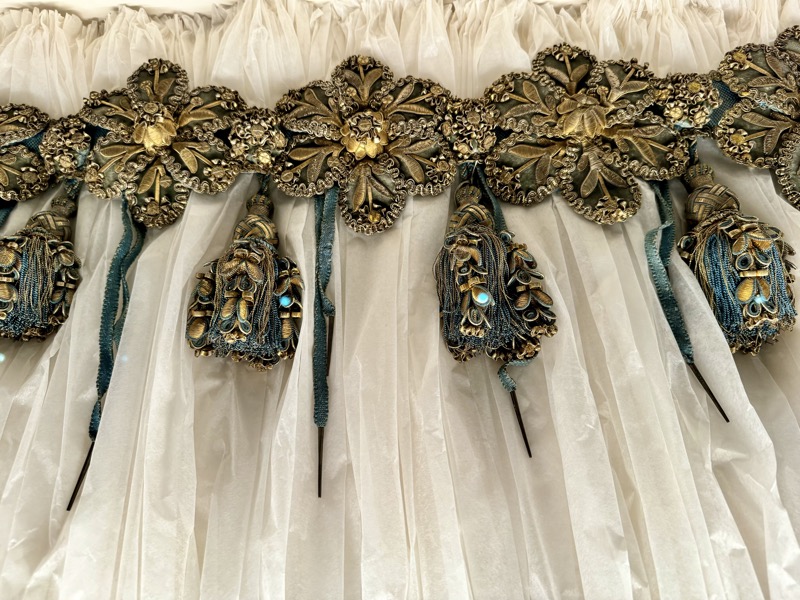
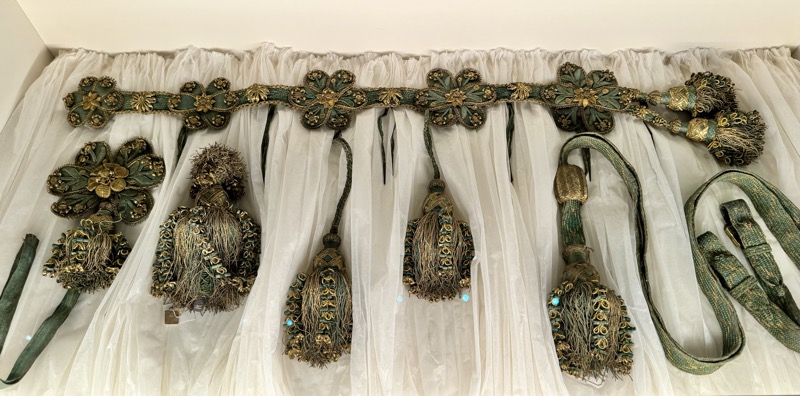
Five Tassels for the Corpus Christi harnesses, c.1880.
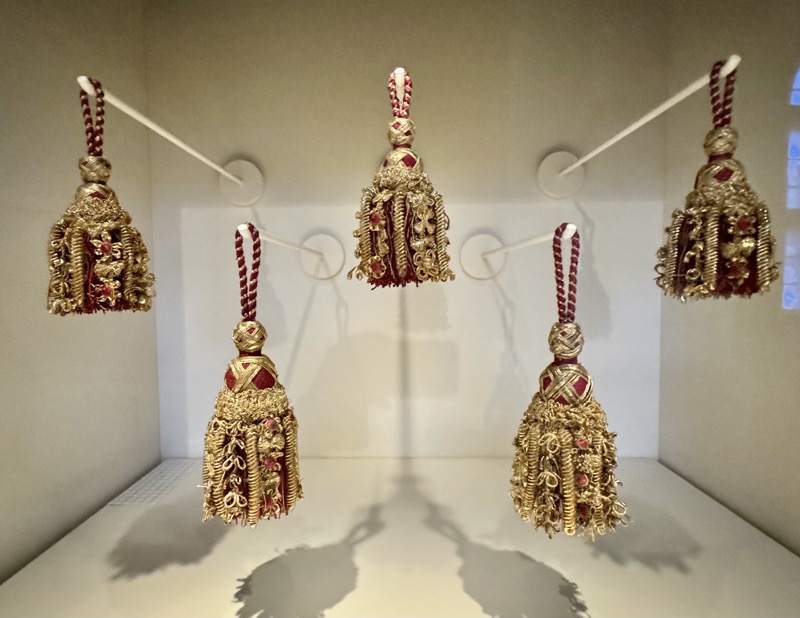
Then we discovered there was another whole building (ex-stable) filled with even more carriages, though these were a bit more for workdays rather than ceremonial poncing about.
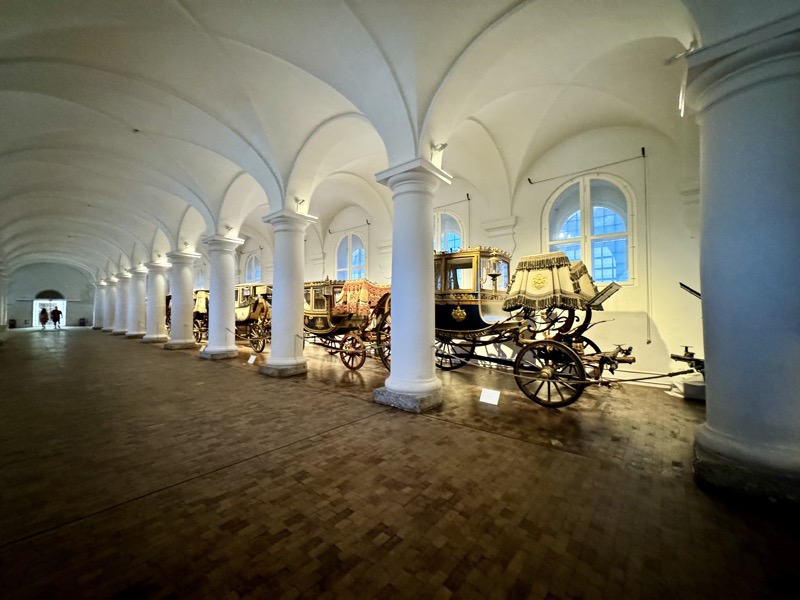
Hearse used for Queen Marie Theres and Crown Prince Rupprecht, c.1888.
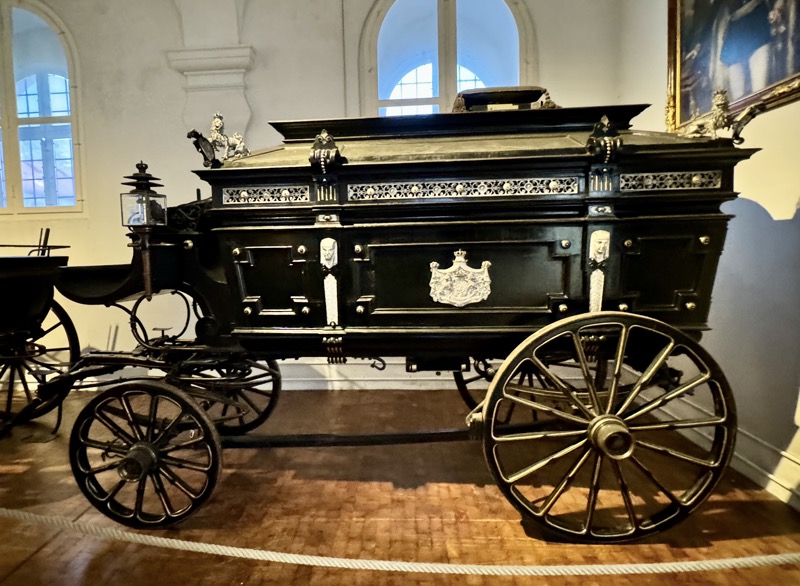
Dress Coach of gather Pfalzgraf Max von Zweibrücken, c.1784/85.
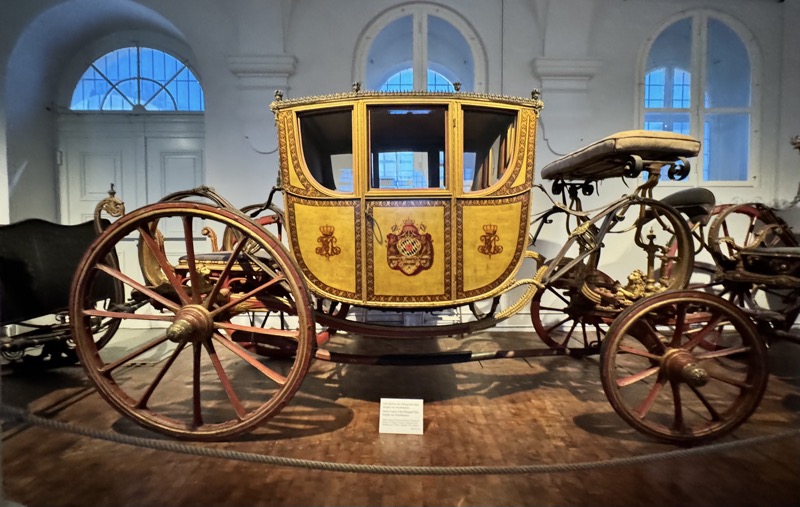
The Karlsruhe Town Coach, later Dress Carriage of King Max I Joseph, c. 1816.
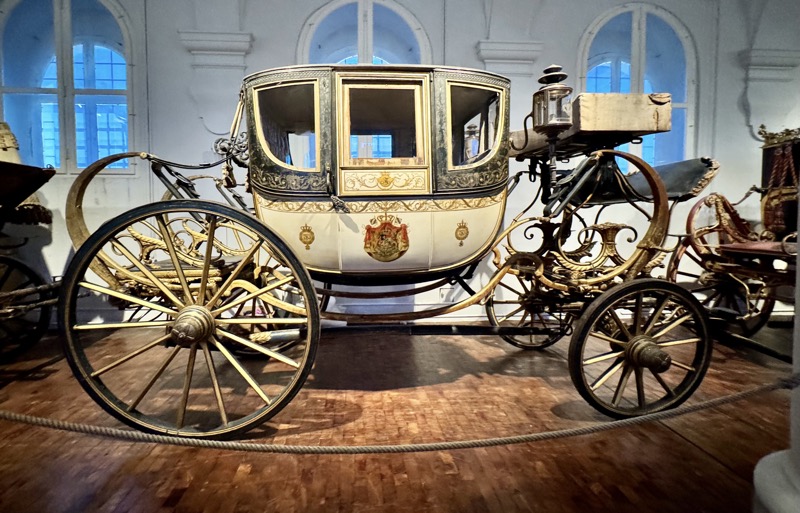
Full on visit. Walked about 3kms around the Palace… and it was like Brisbane-summer-hot, here today! What’s that about Germany?
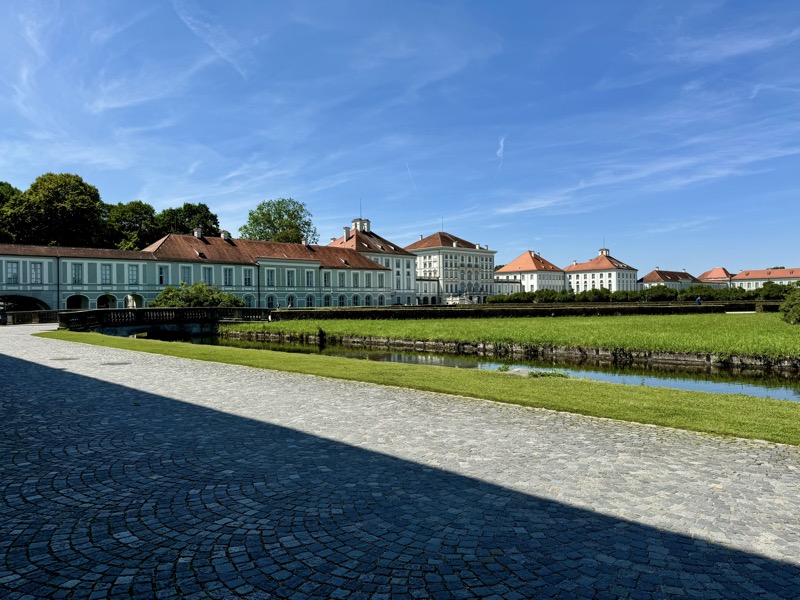
So much over the top, golden, ostentatiousness… it’s like Trump’s decorator was here and vomited gilt all over the place!

